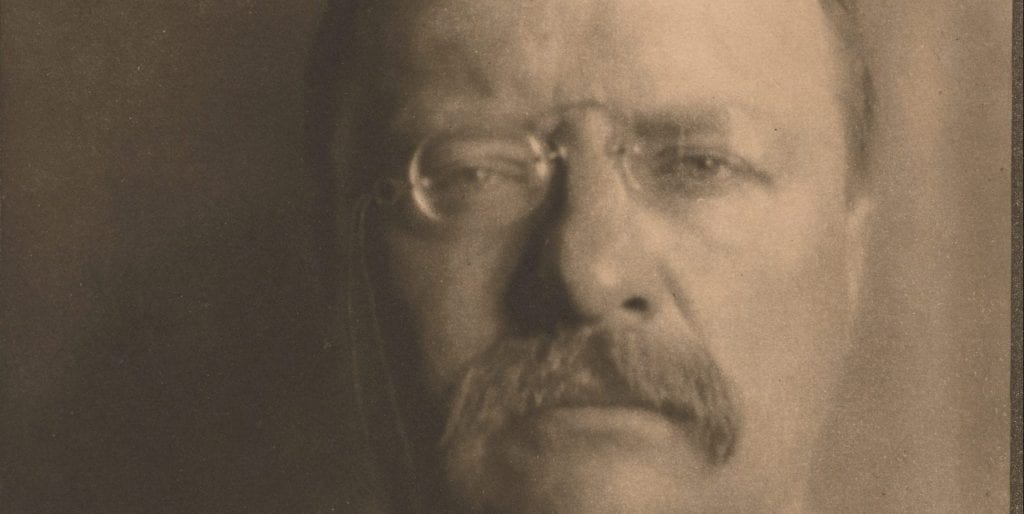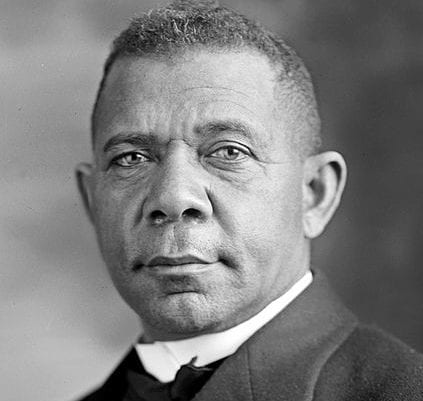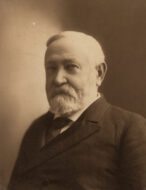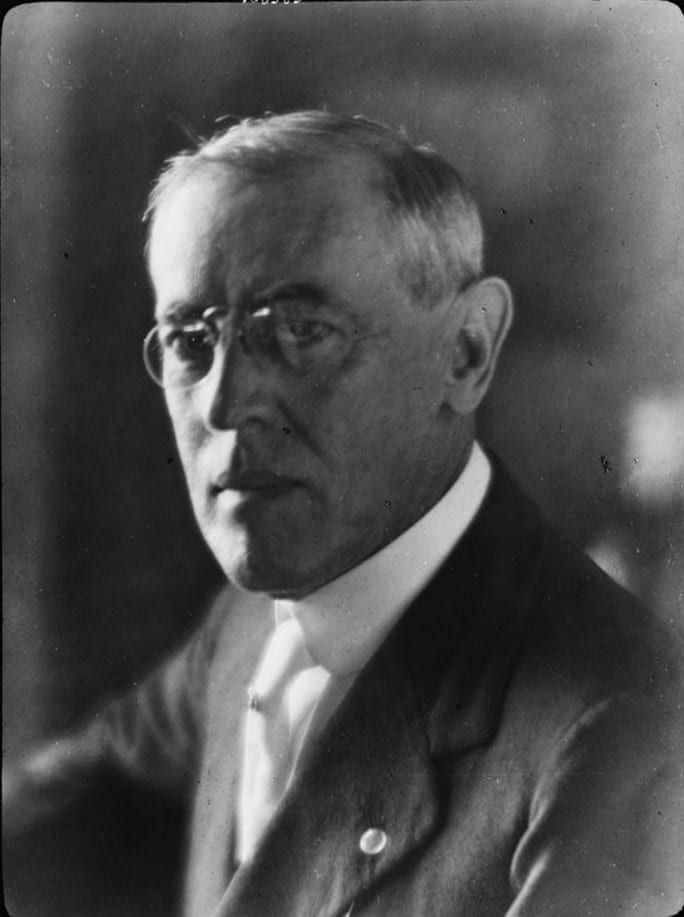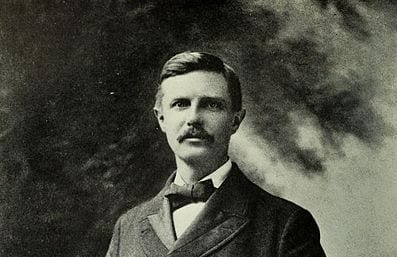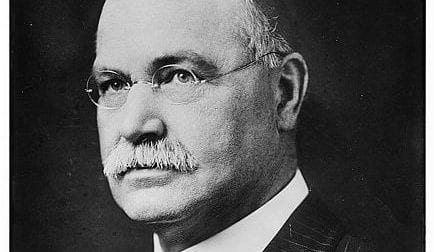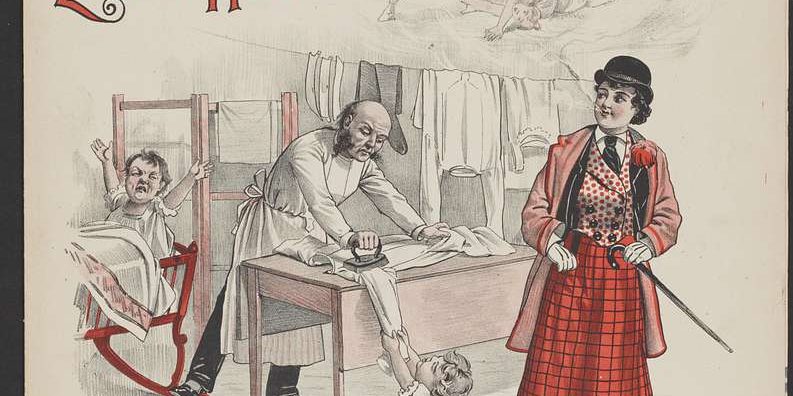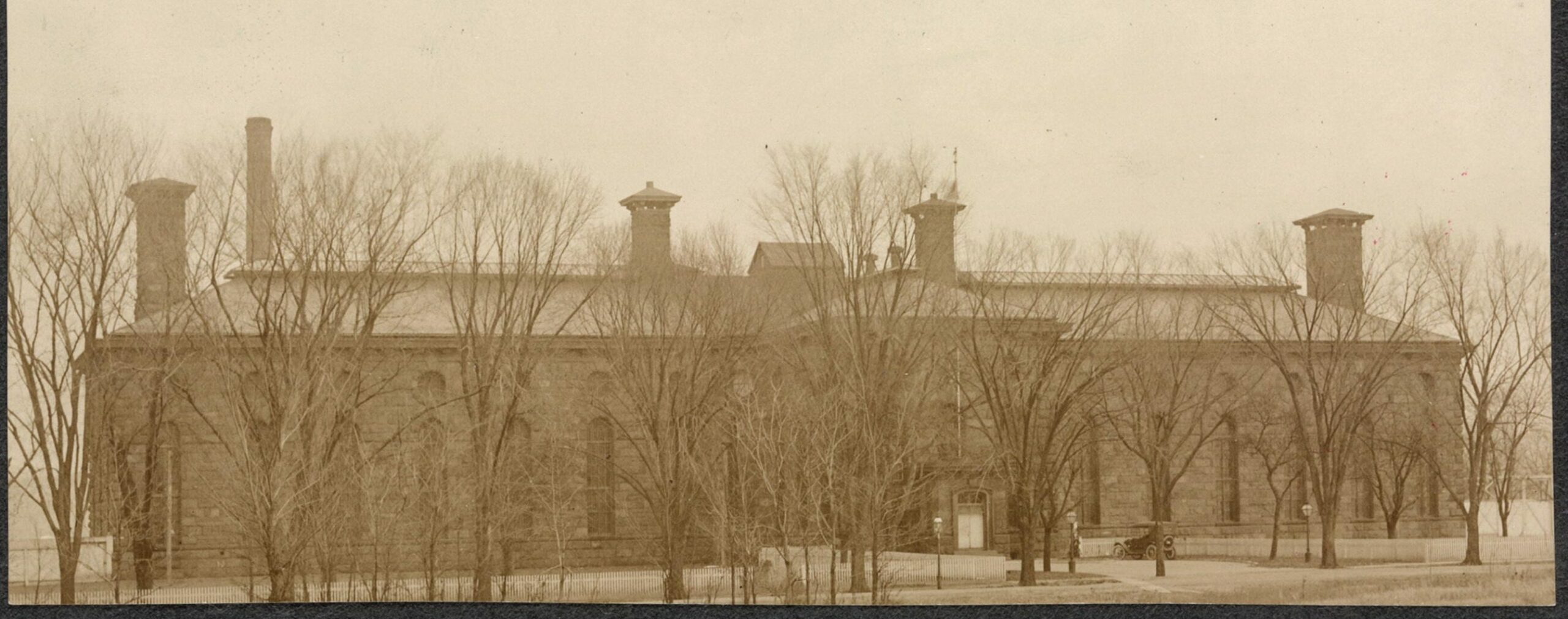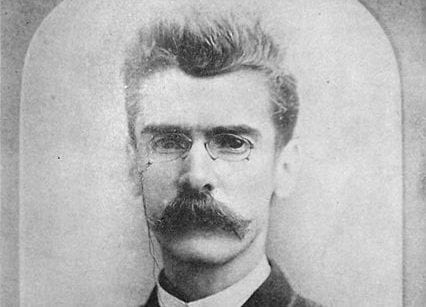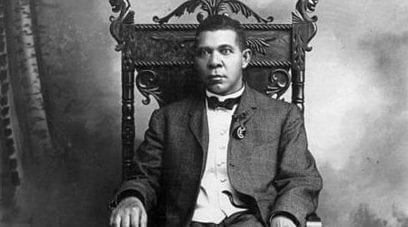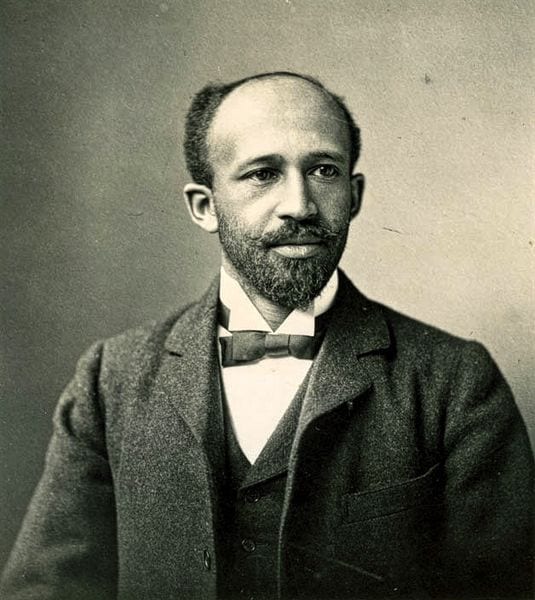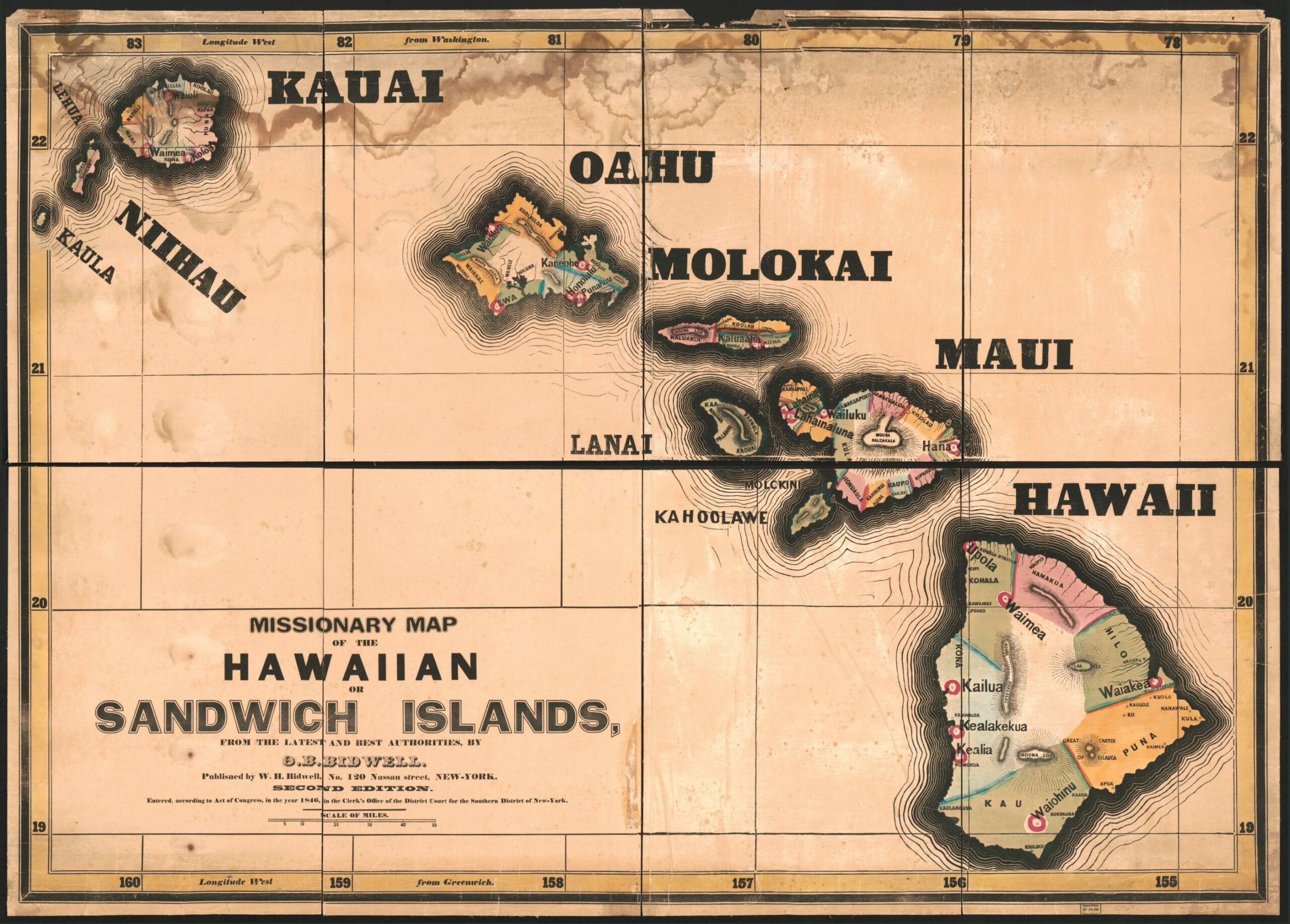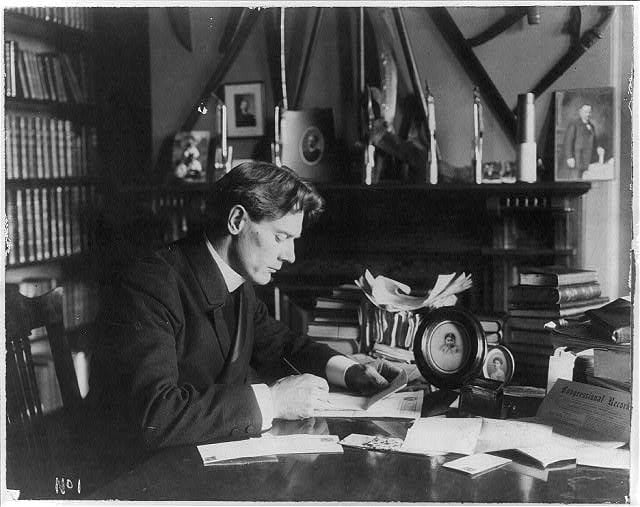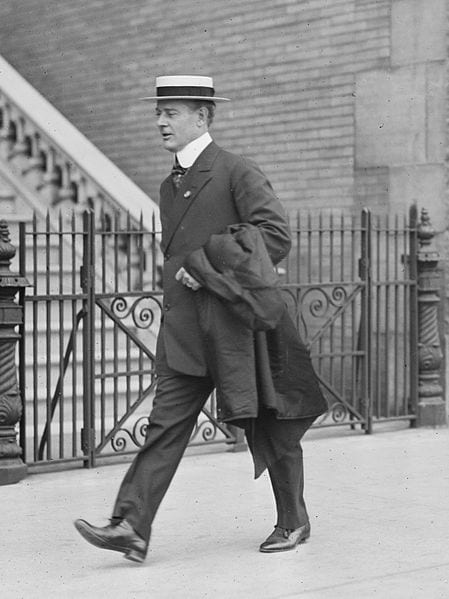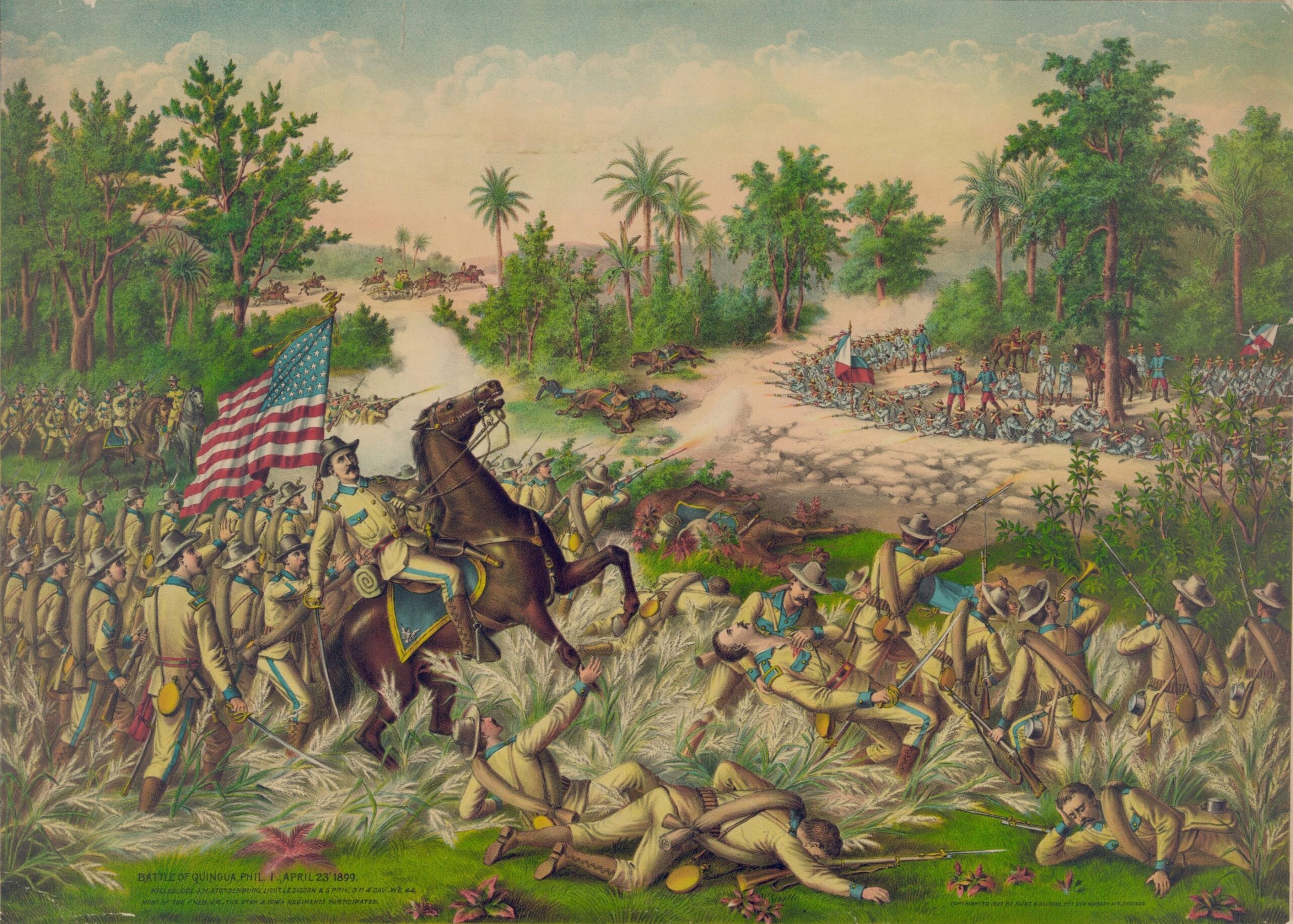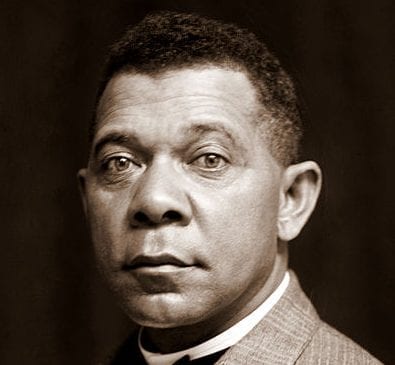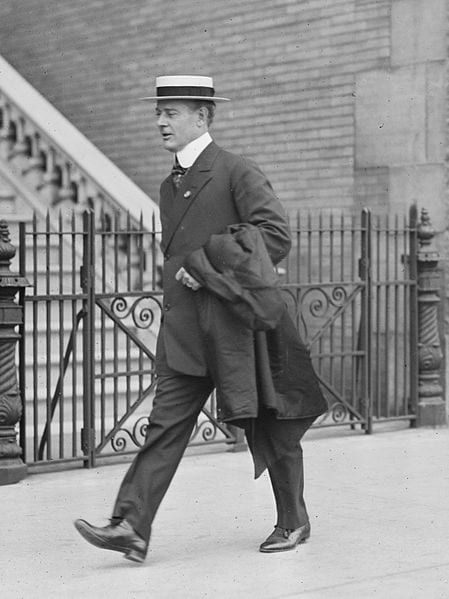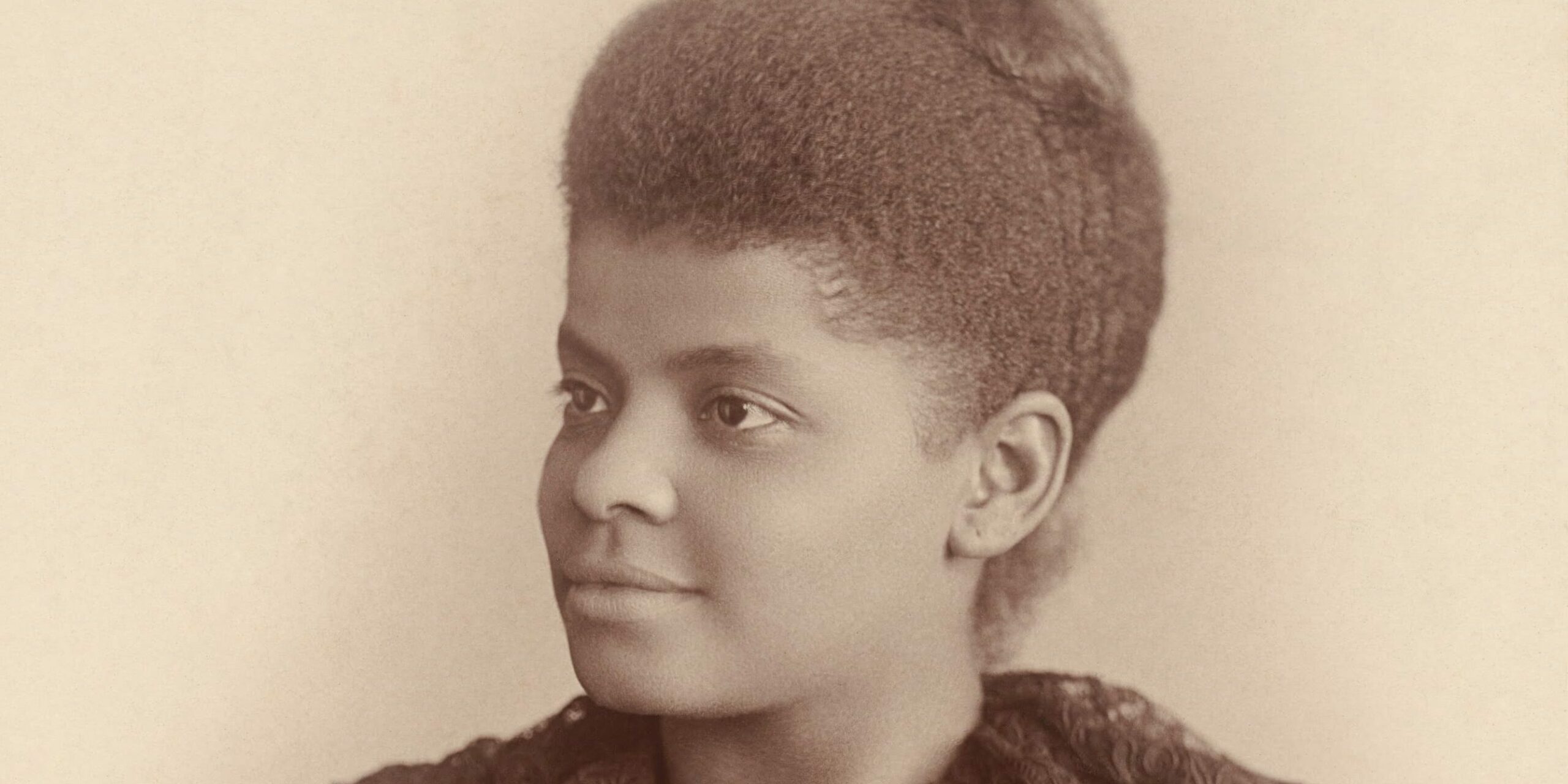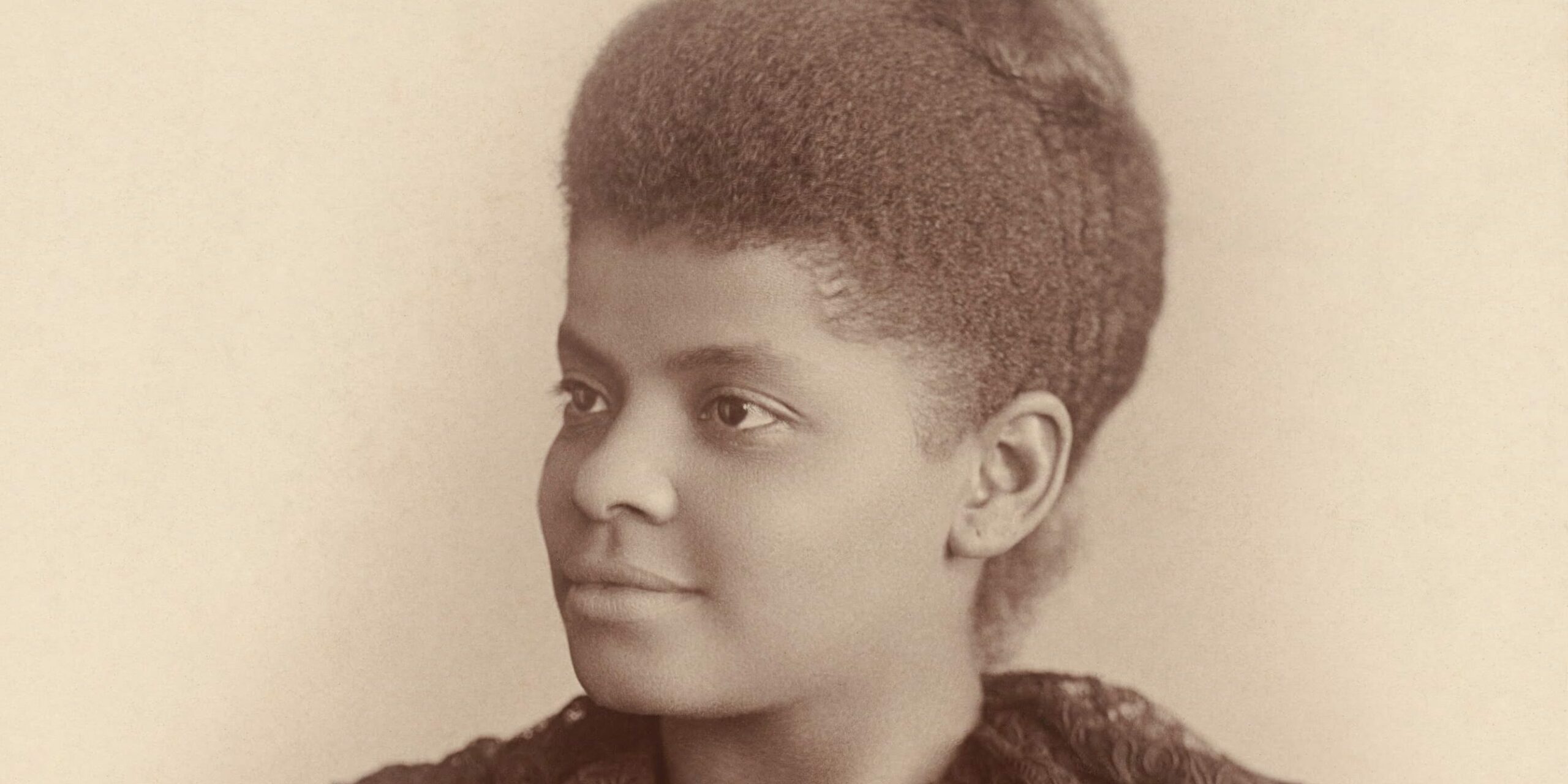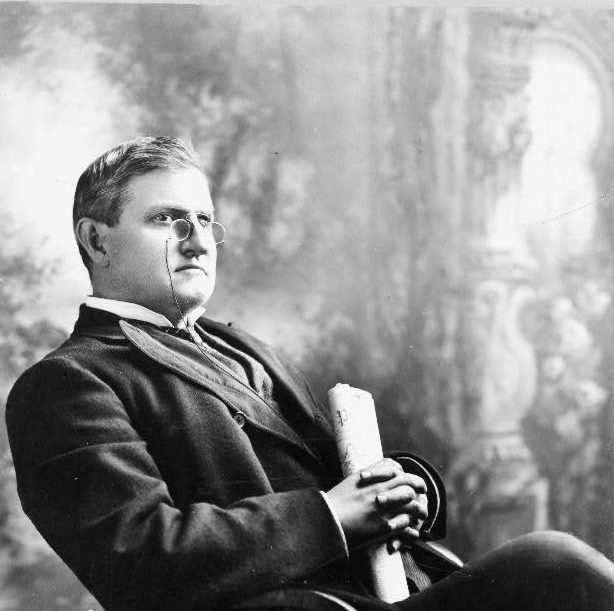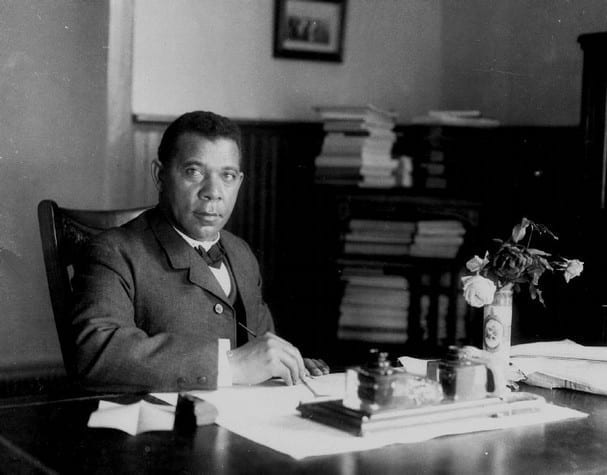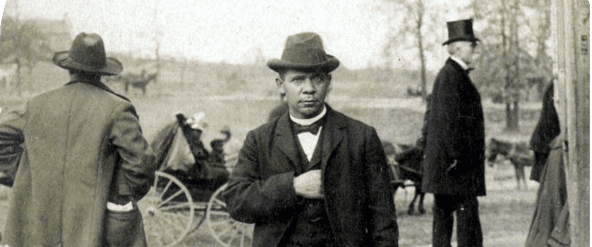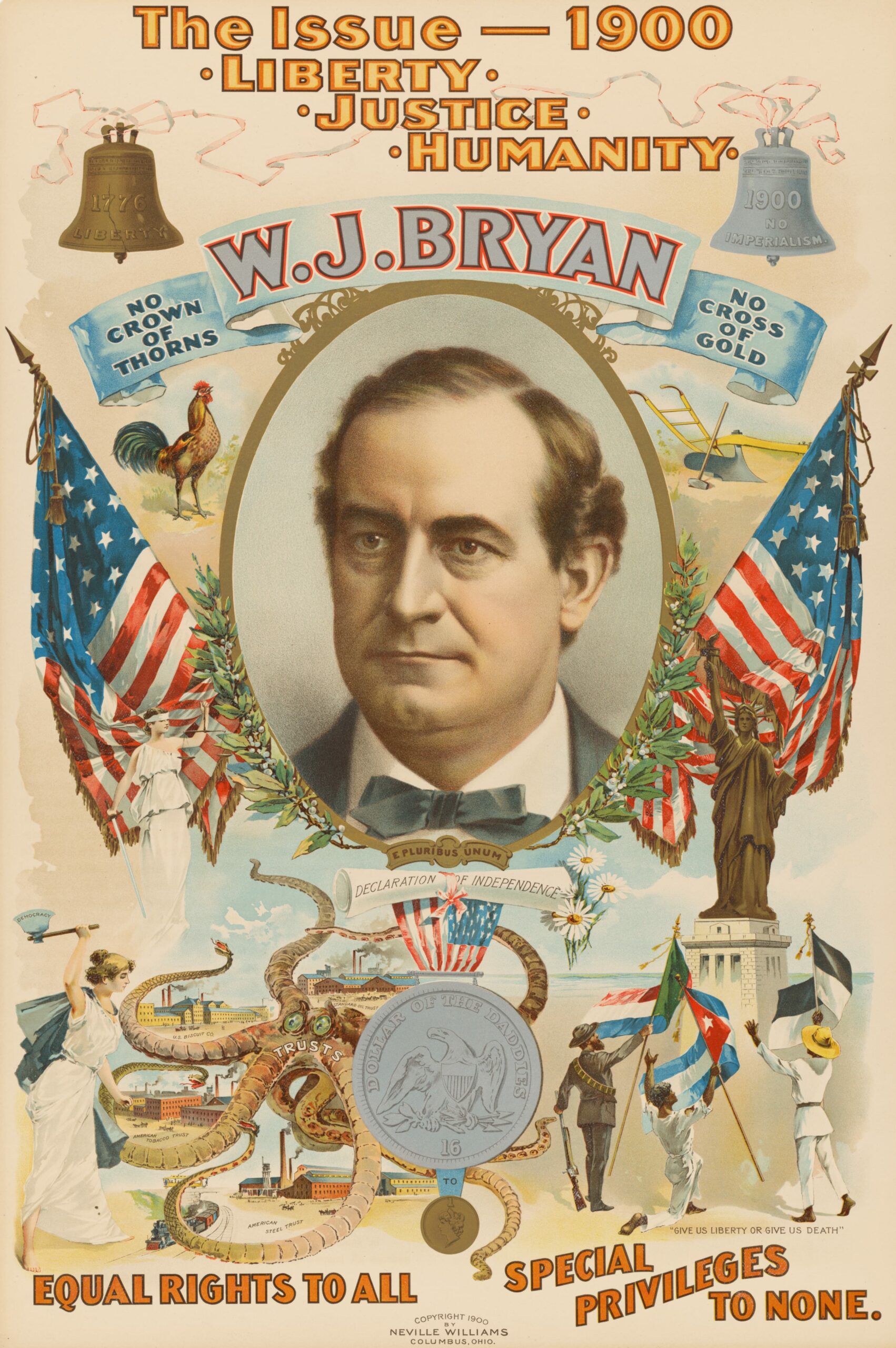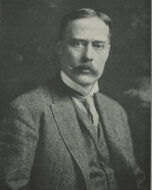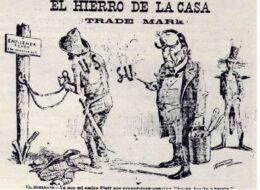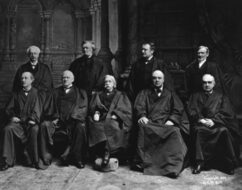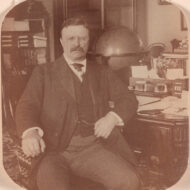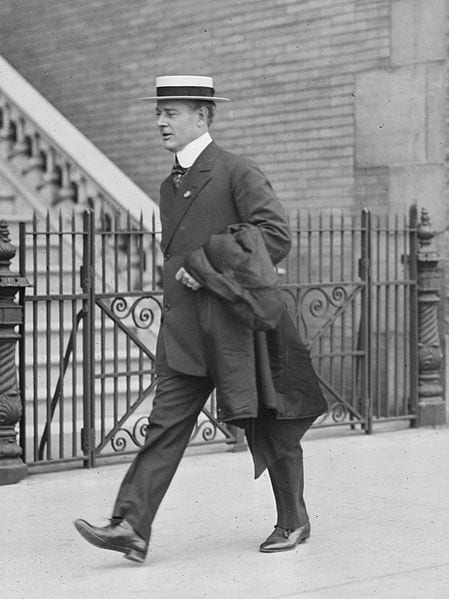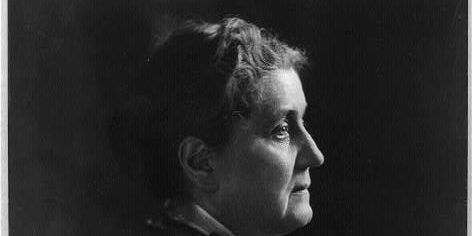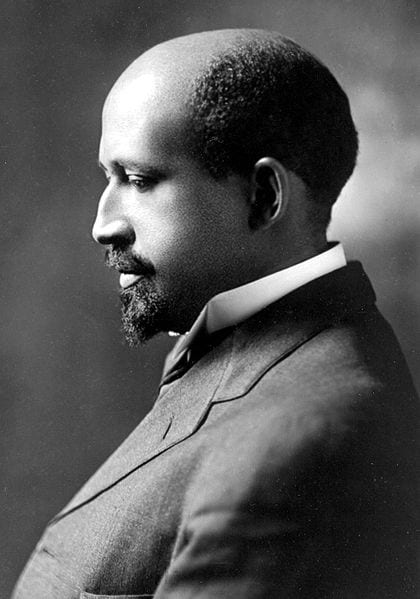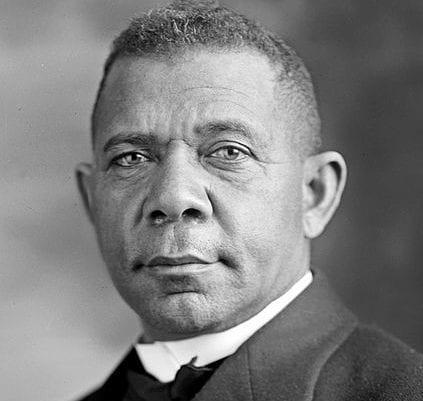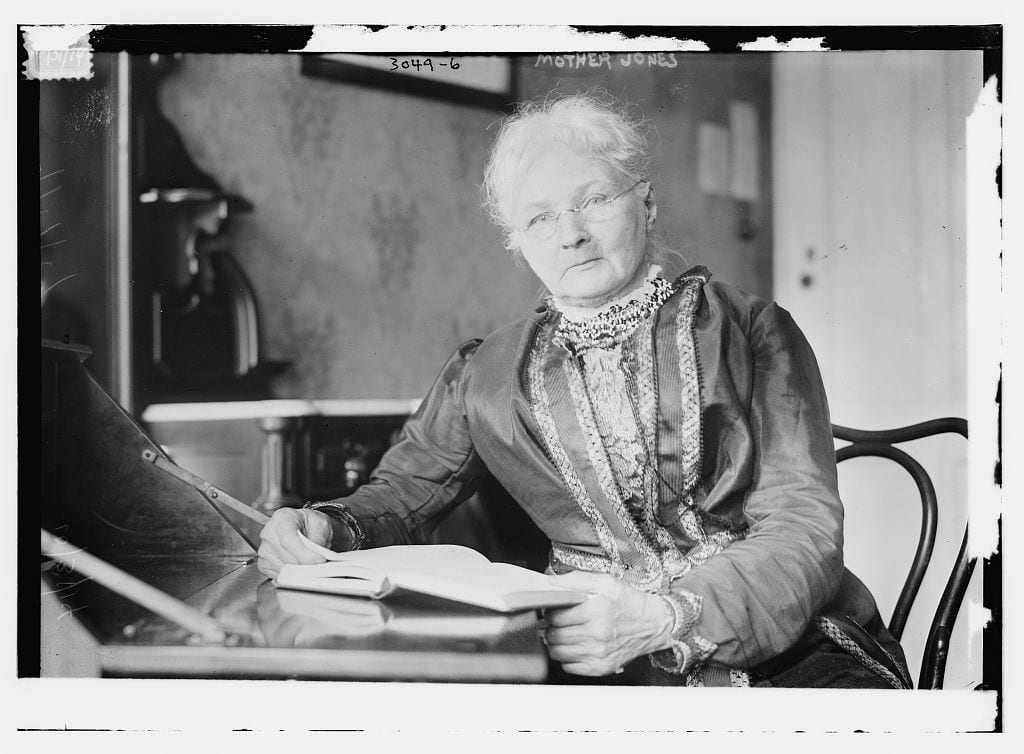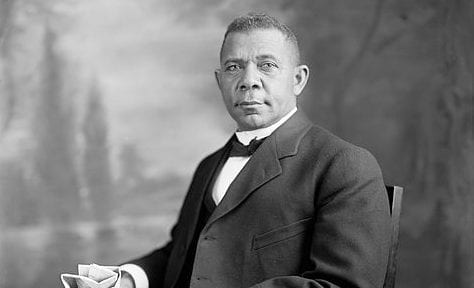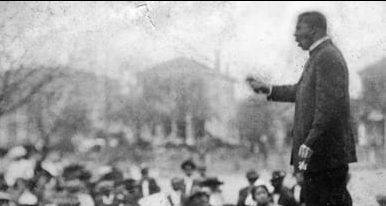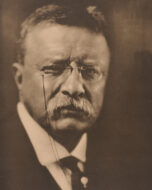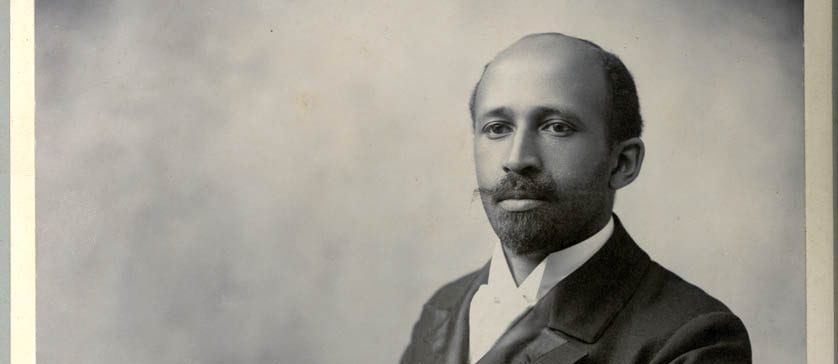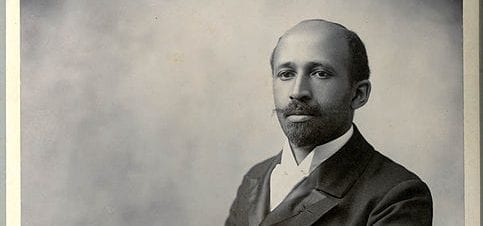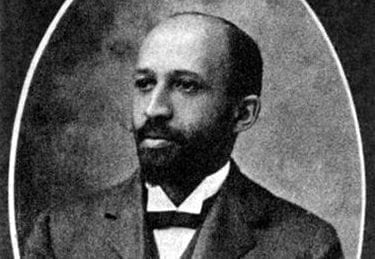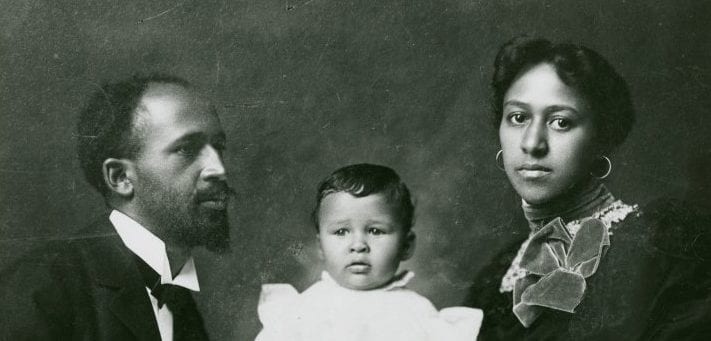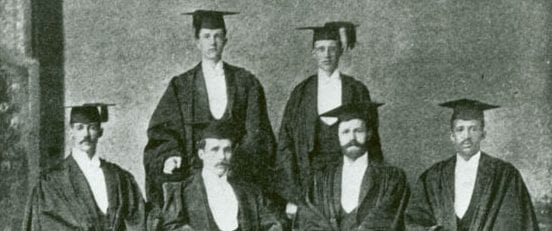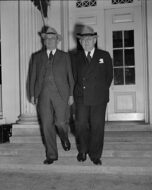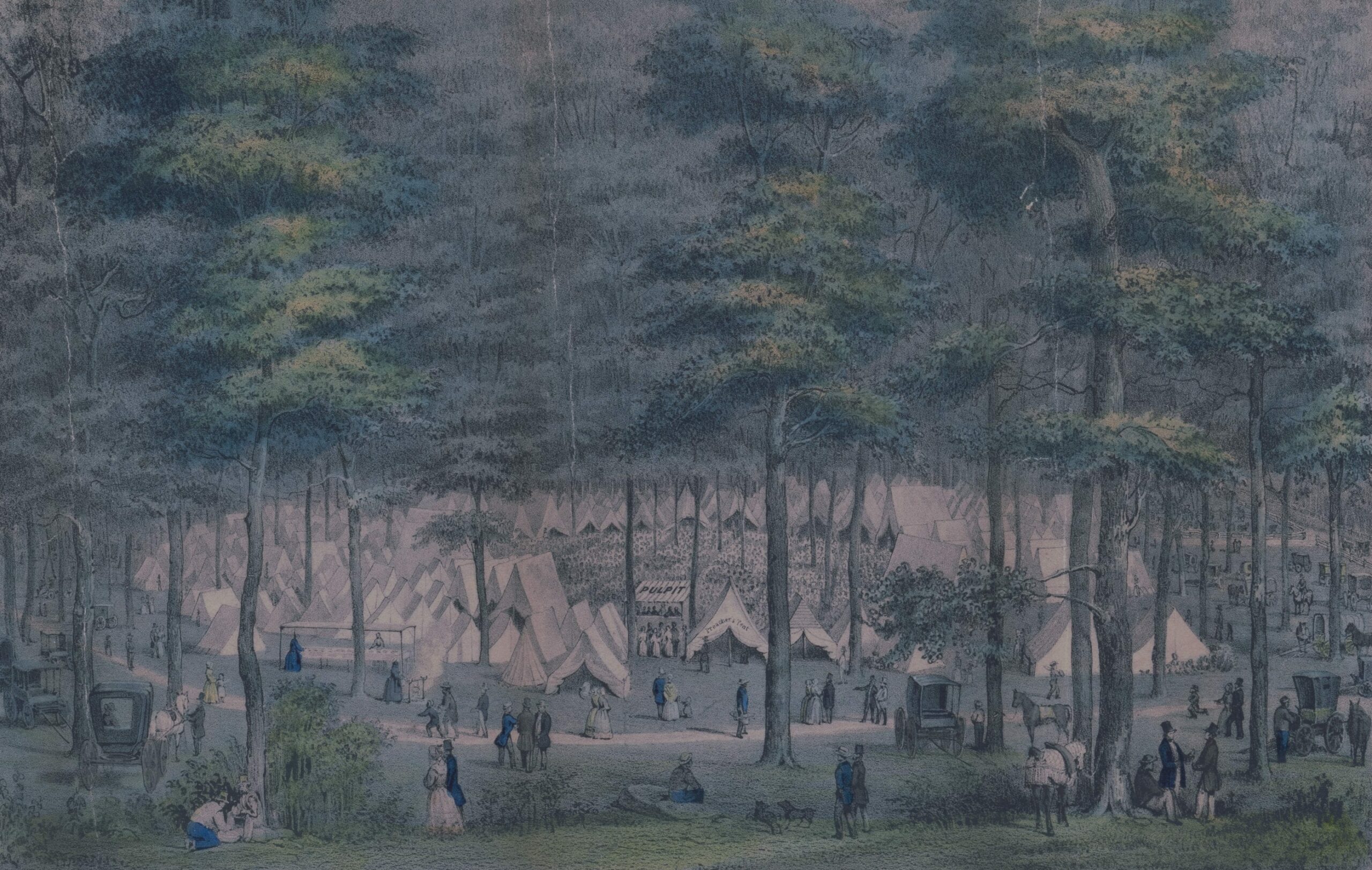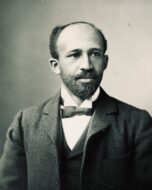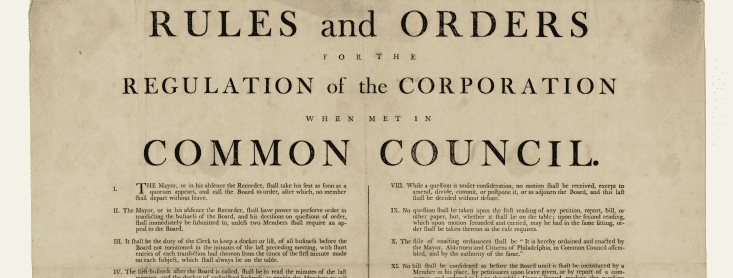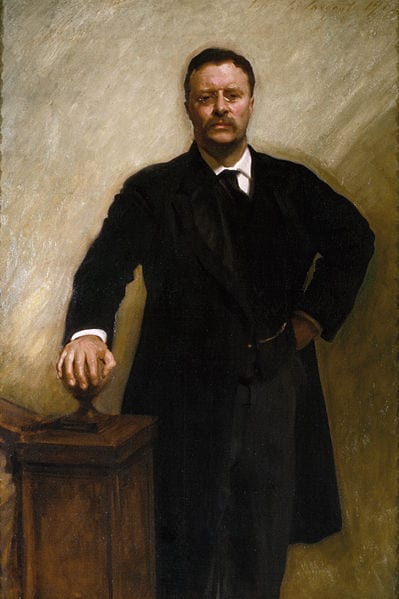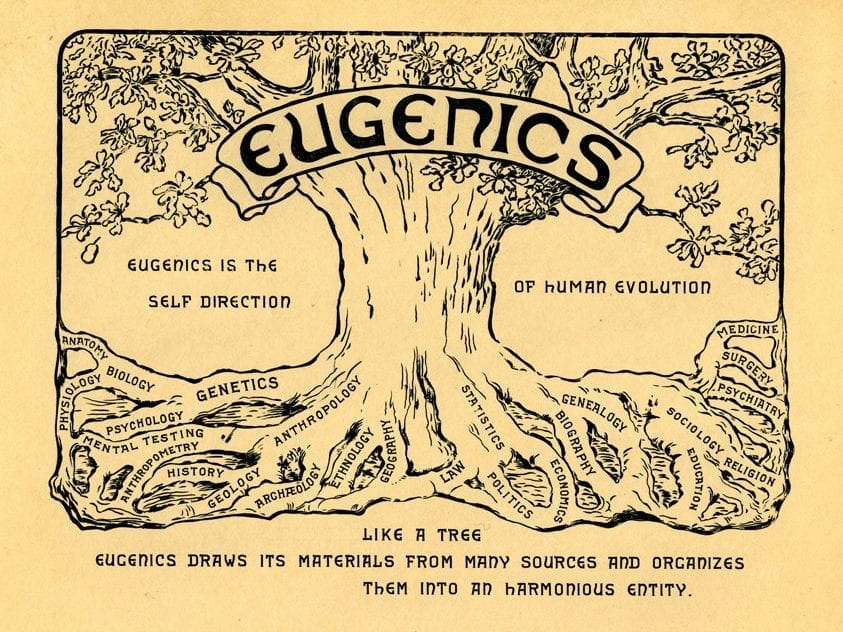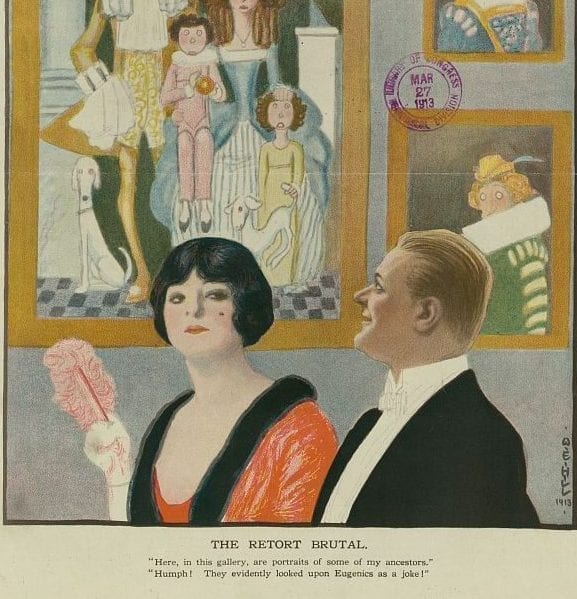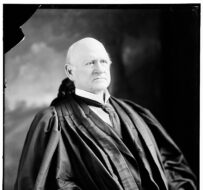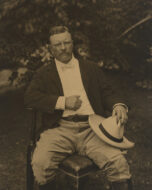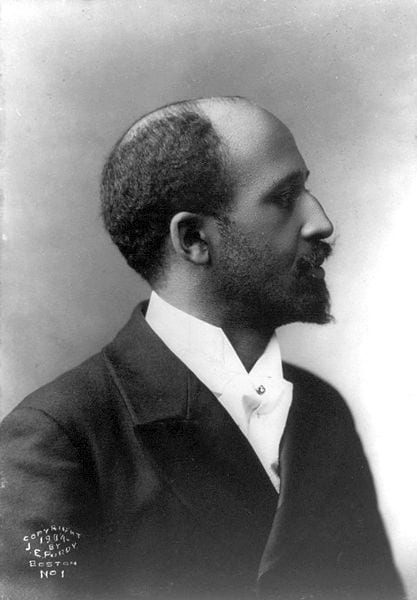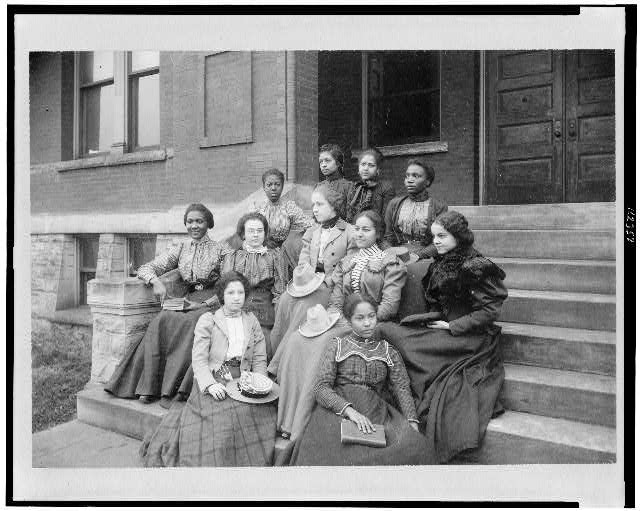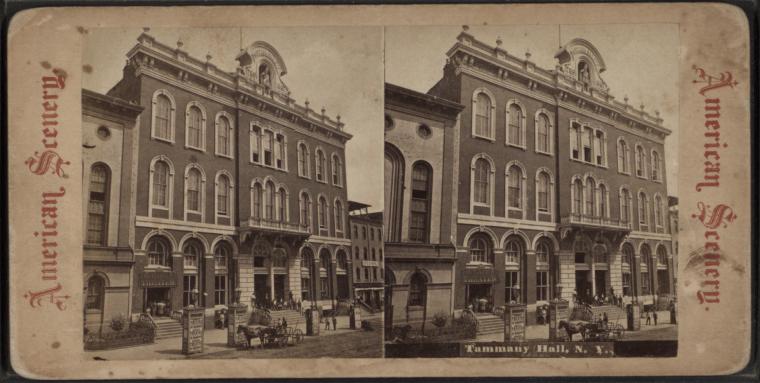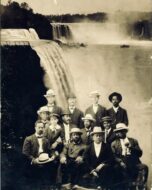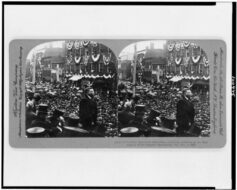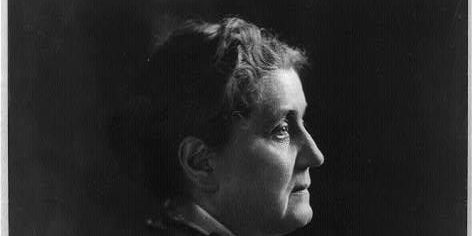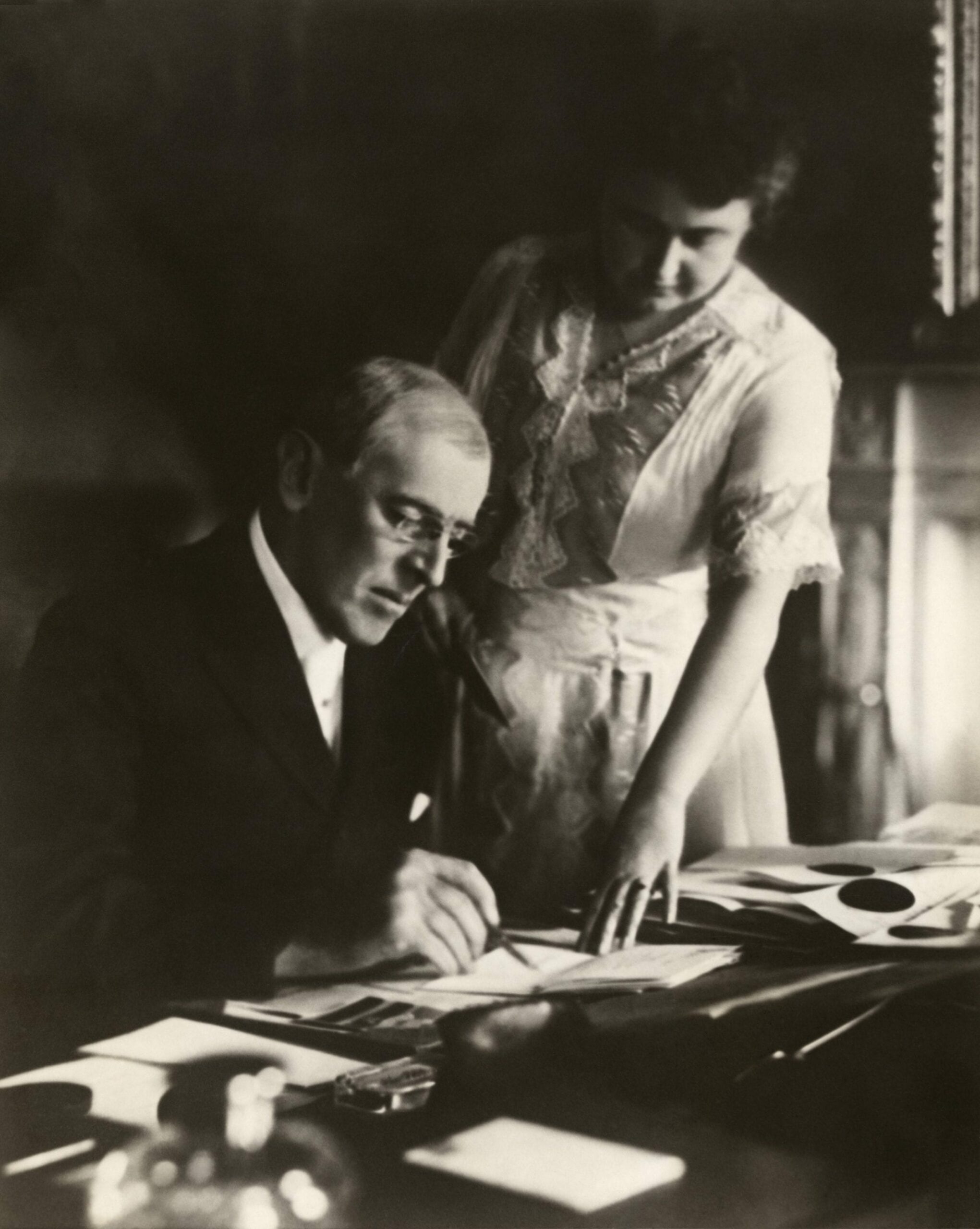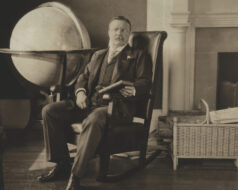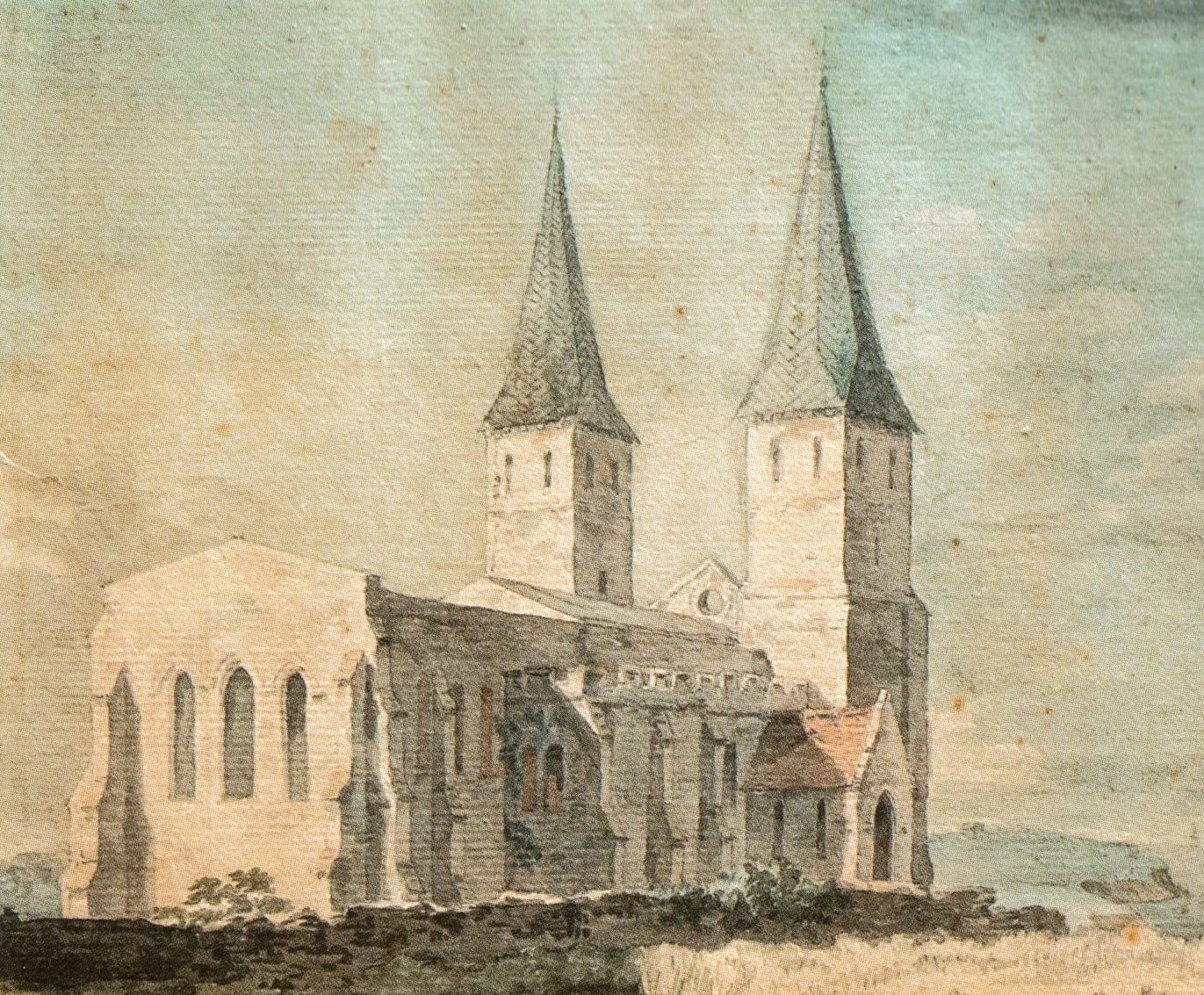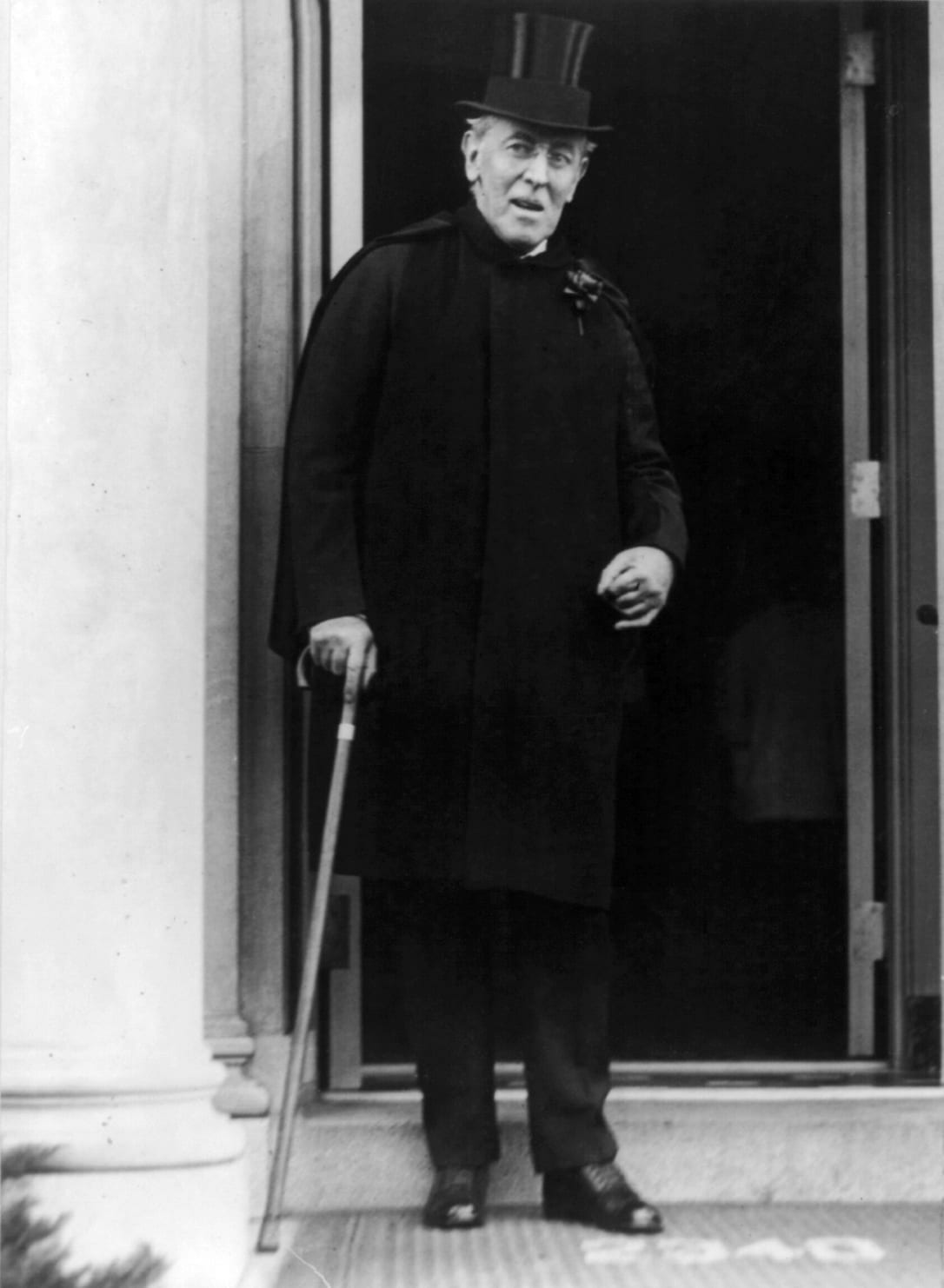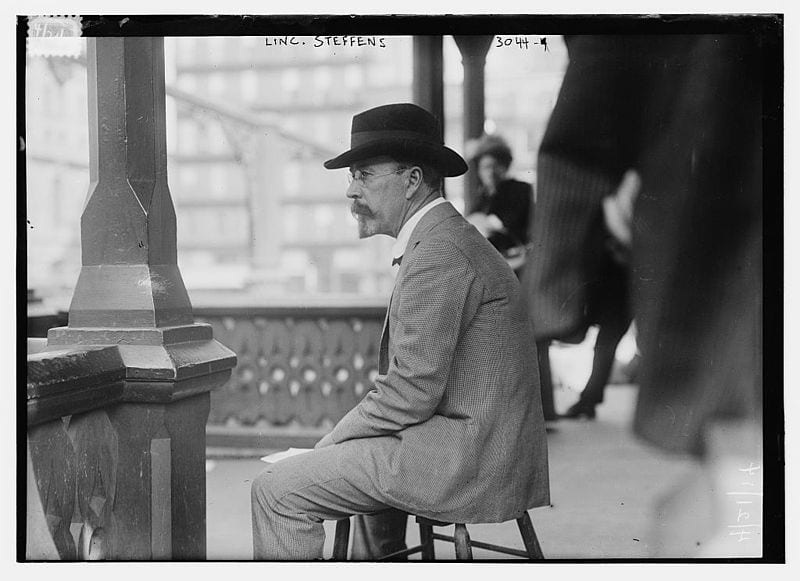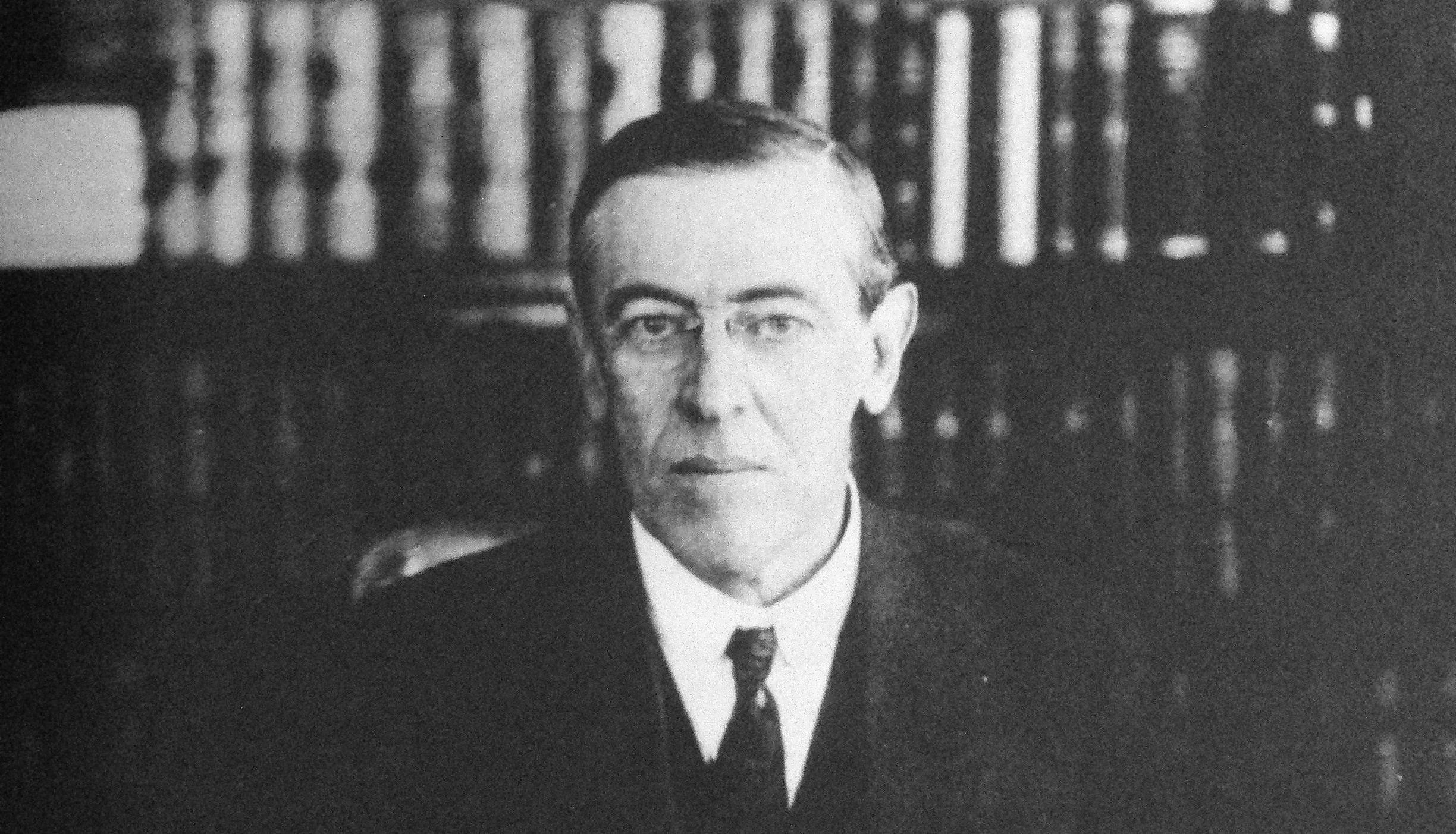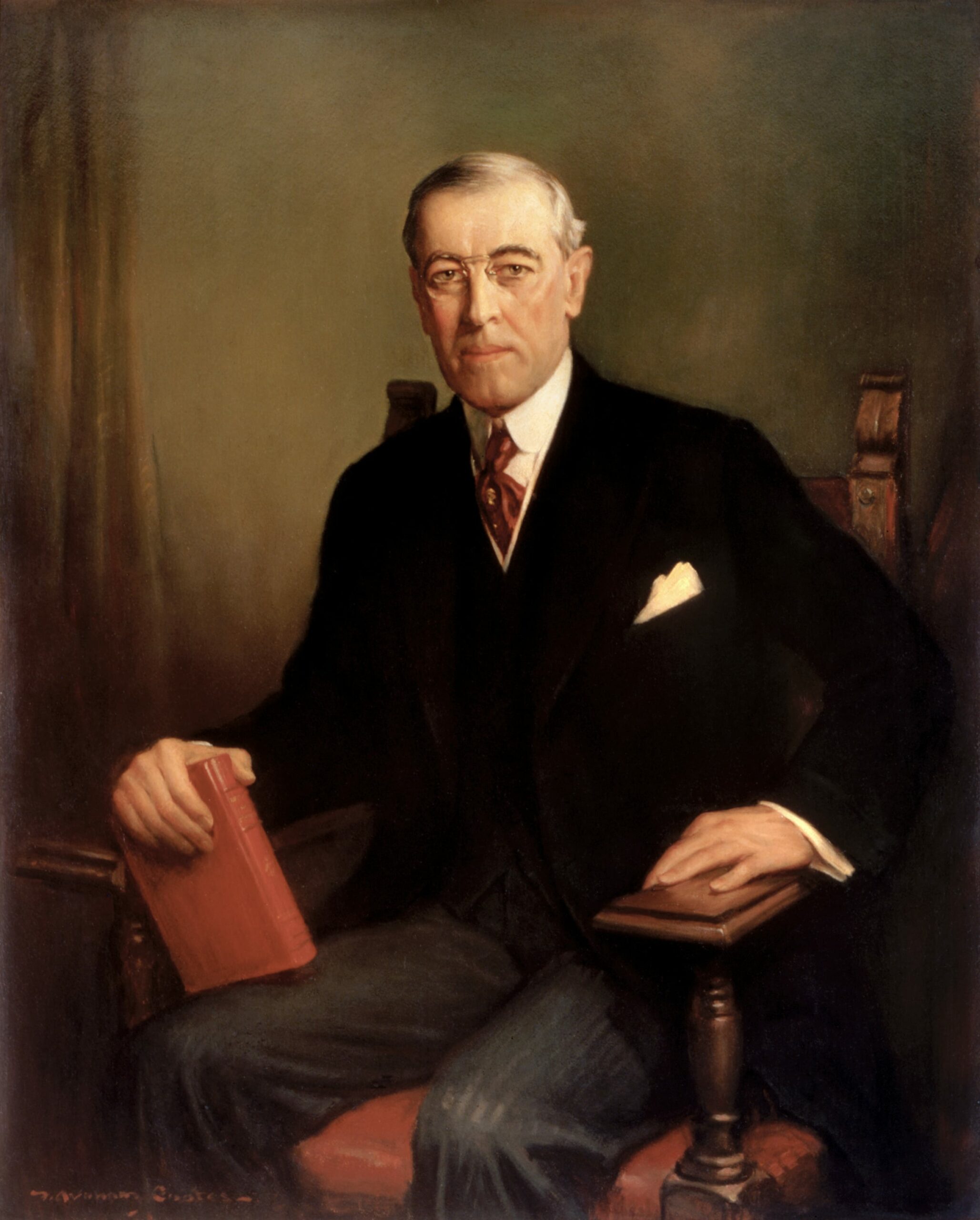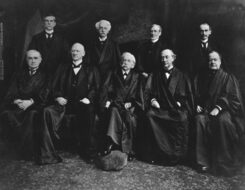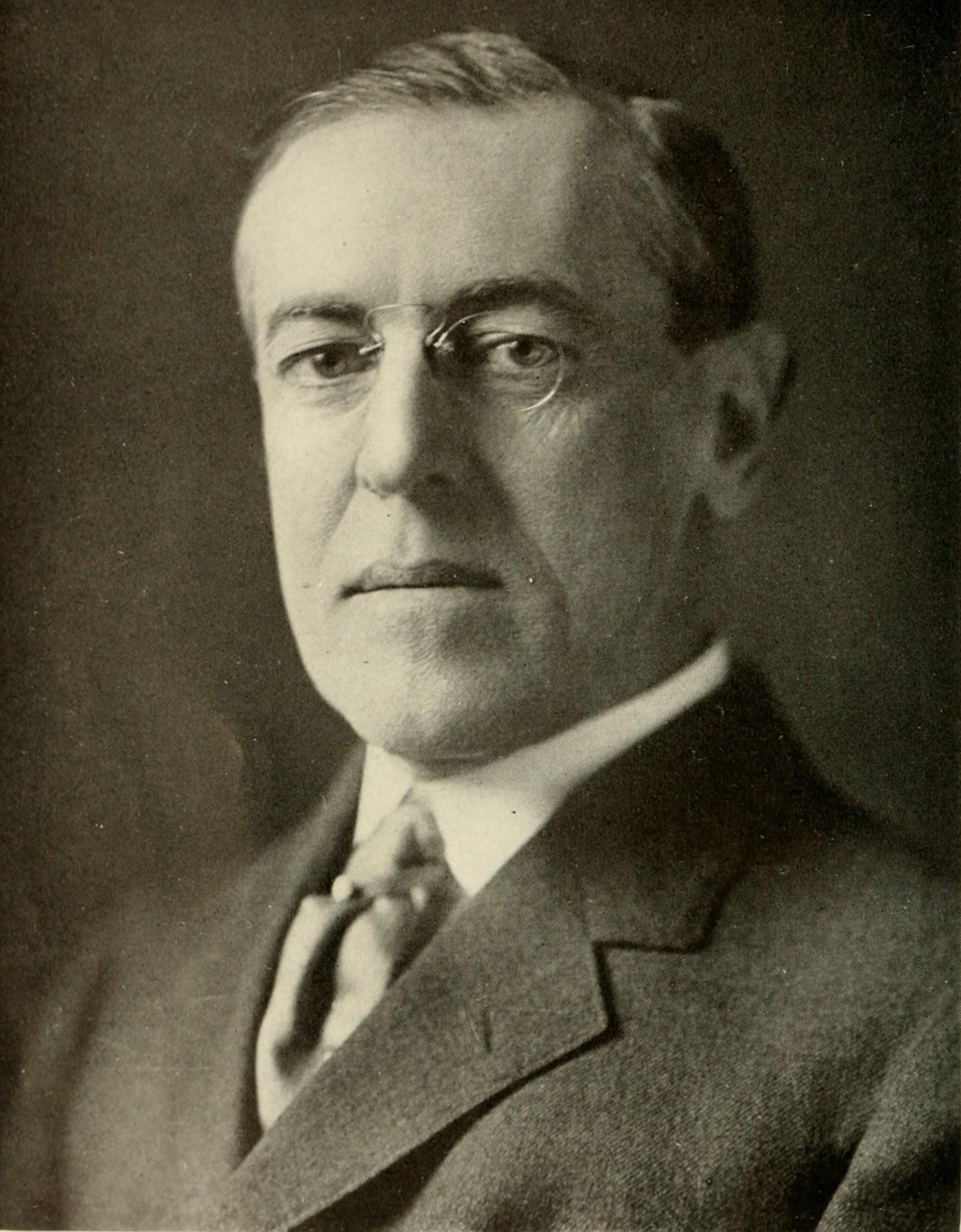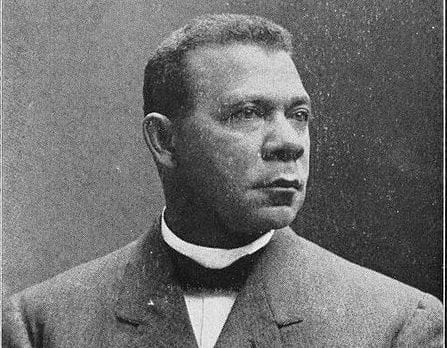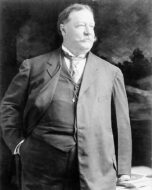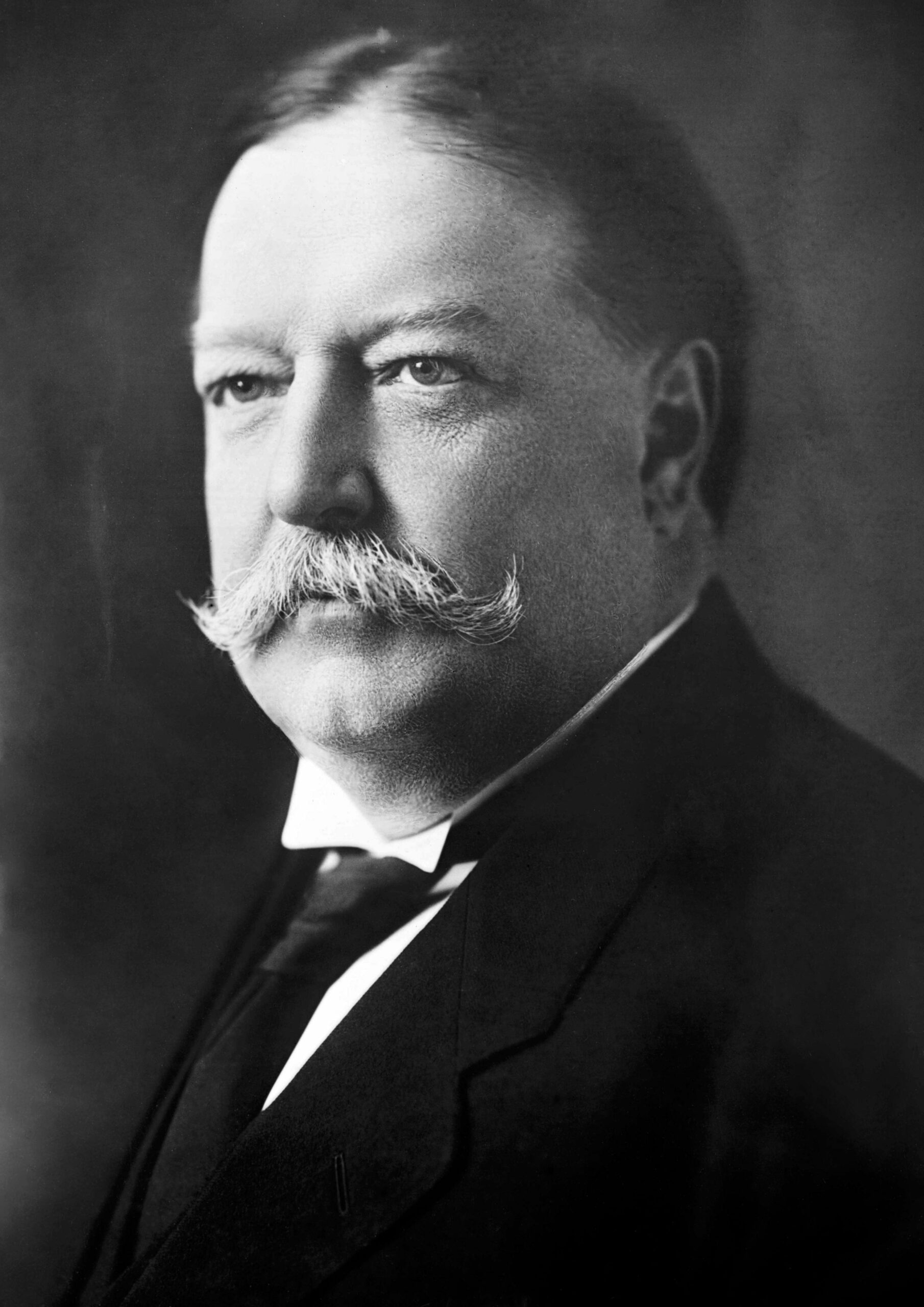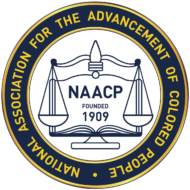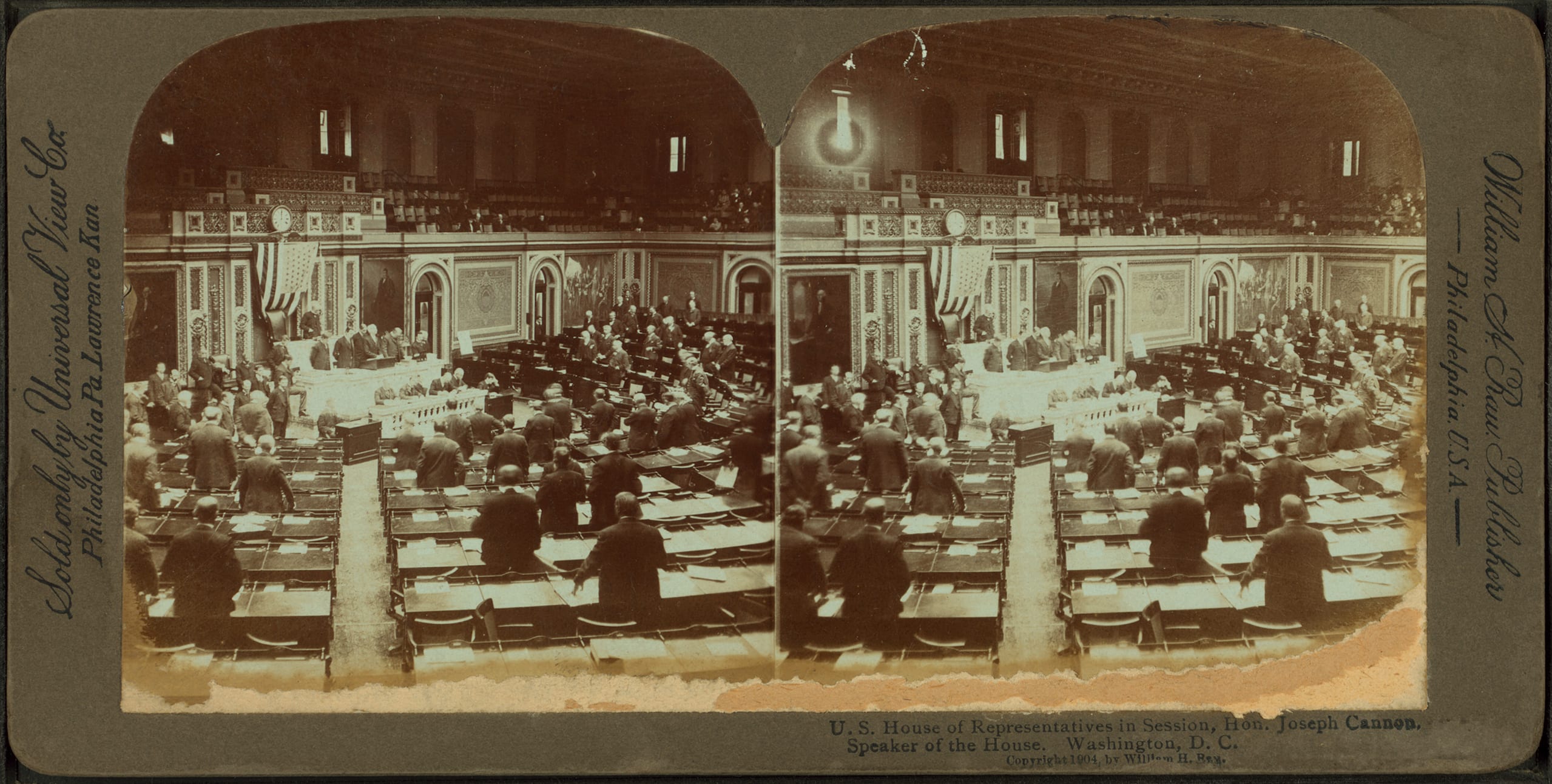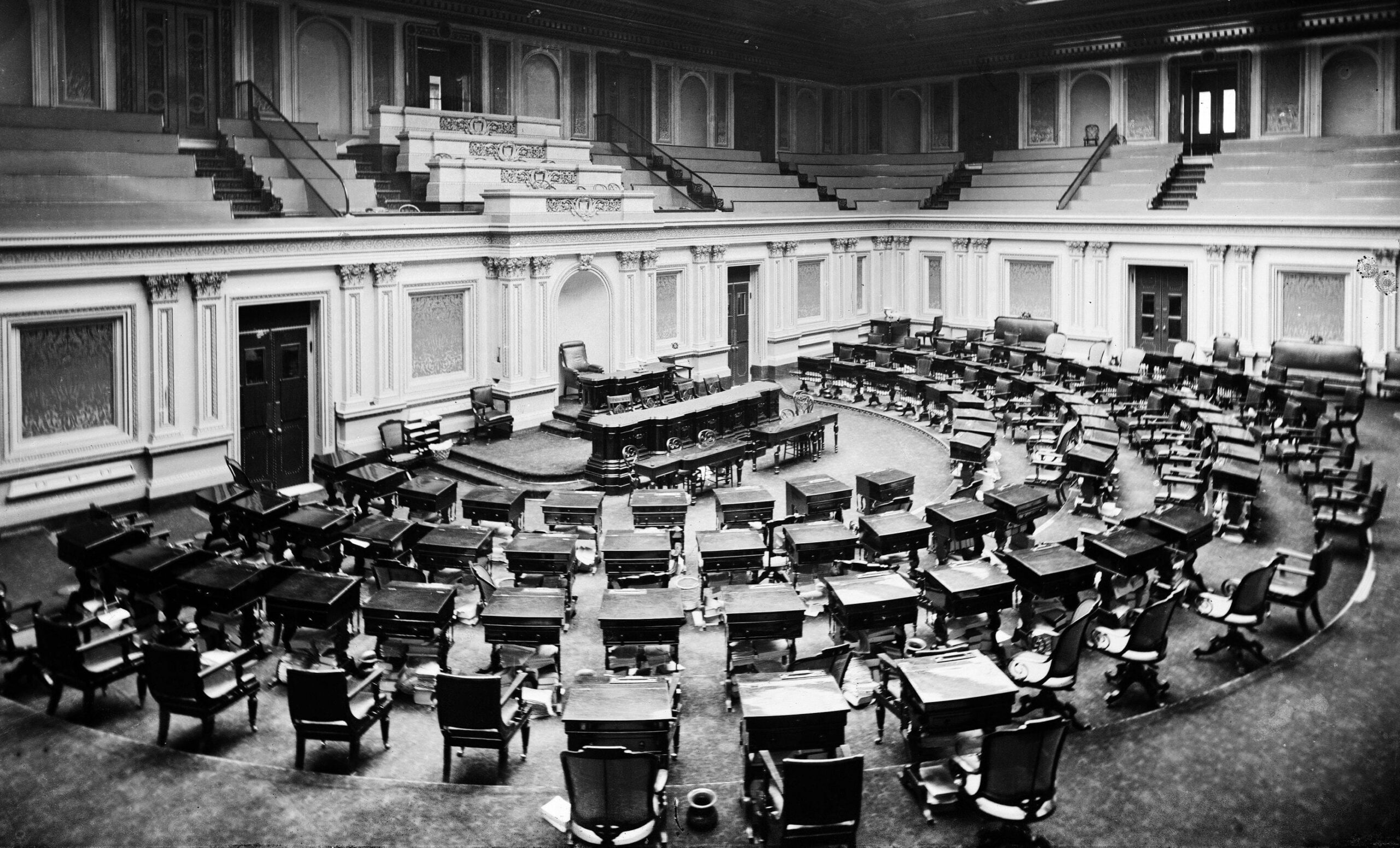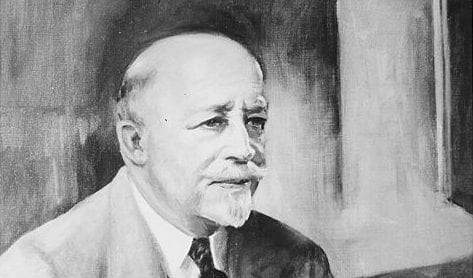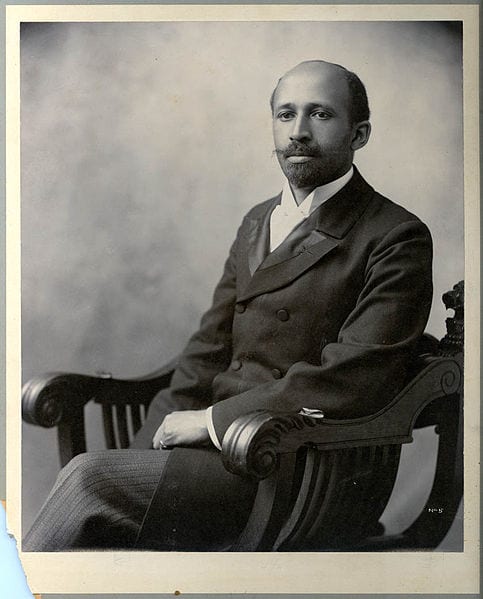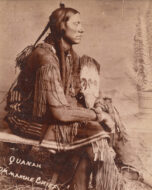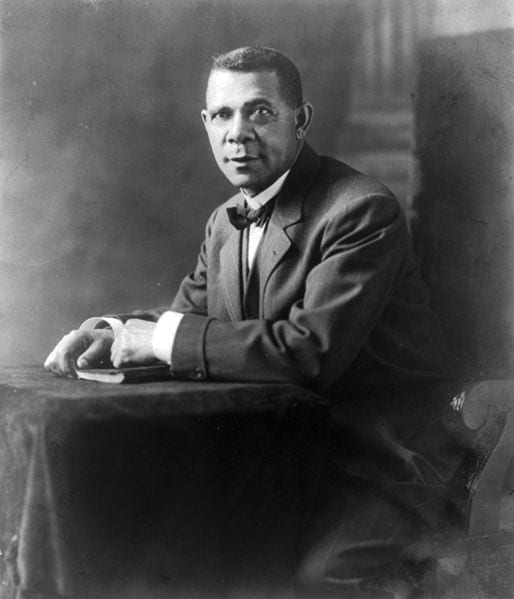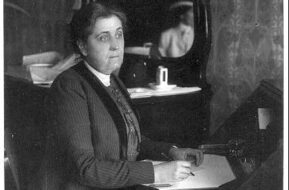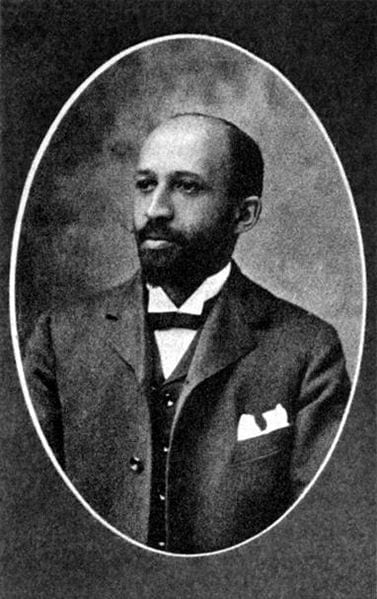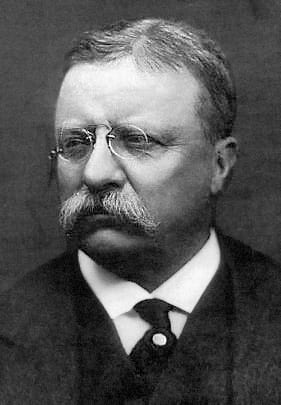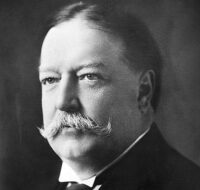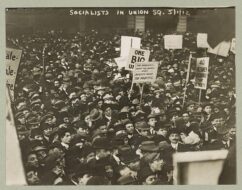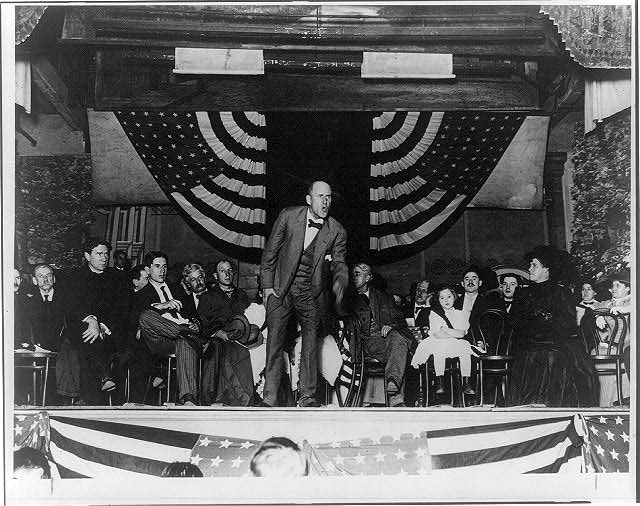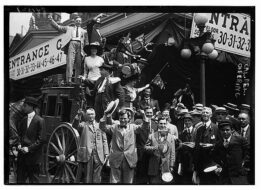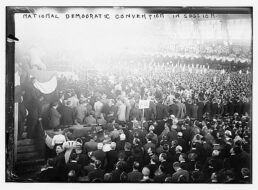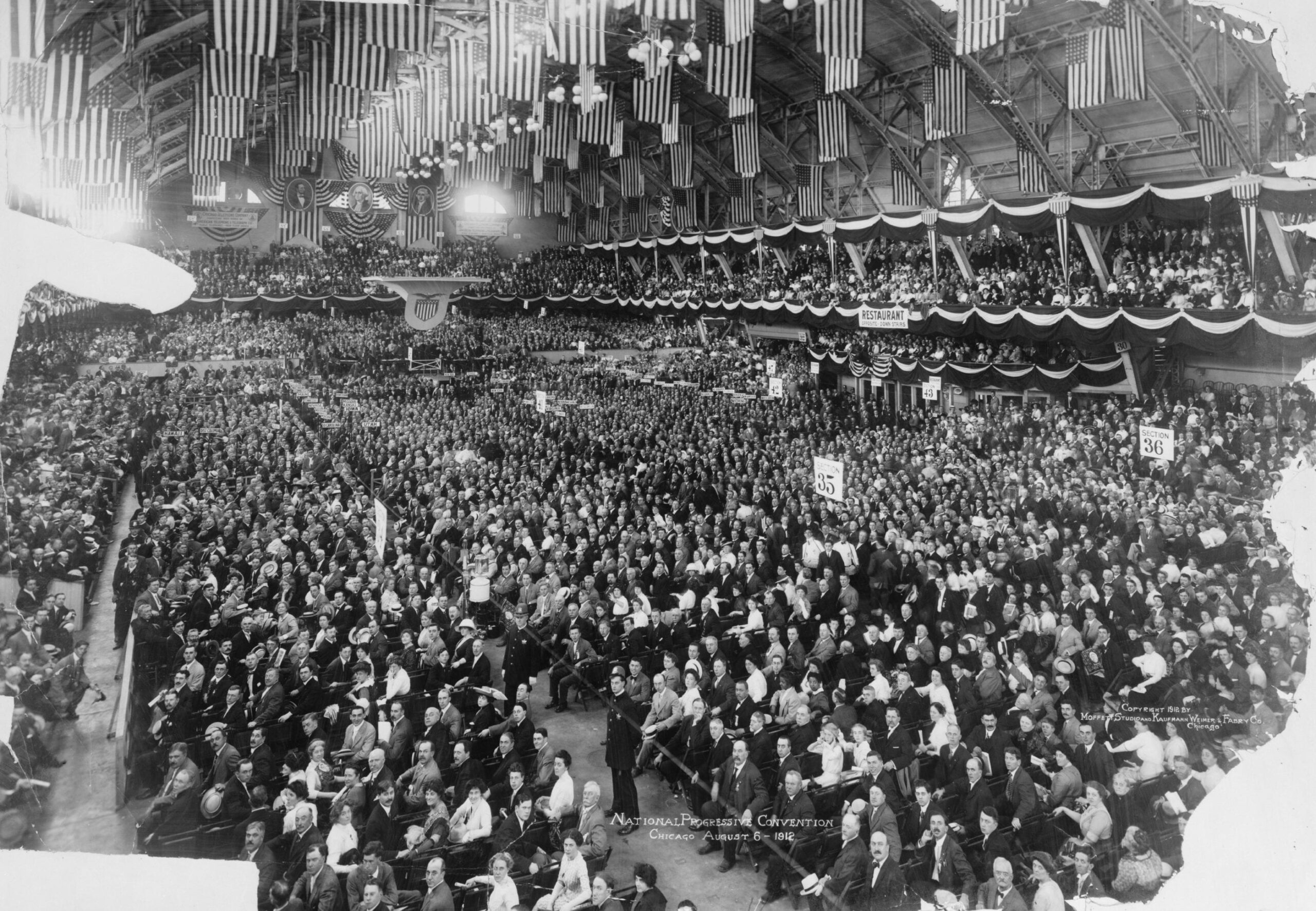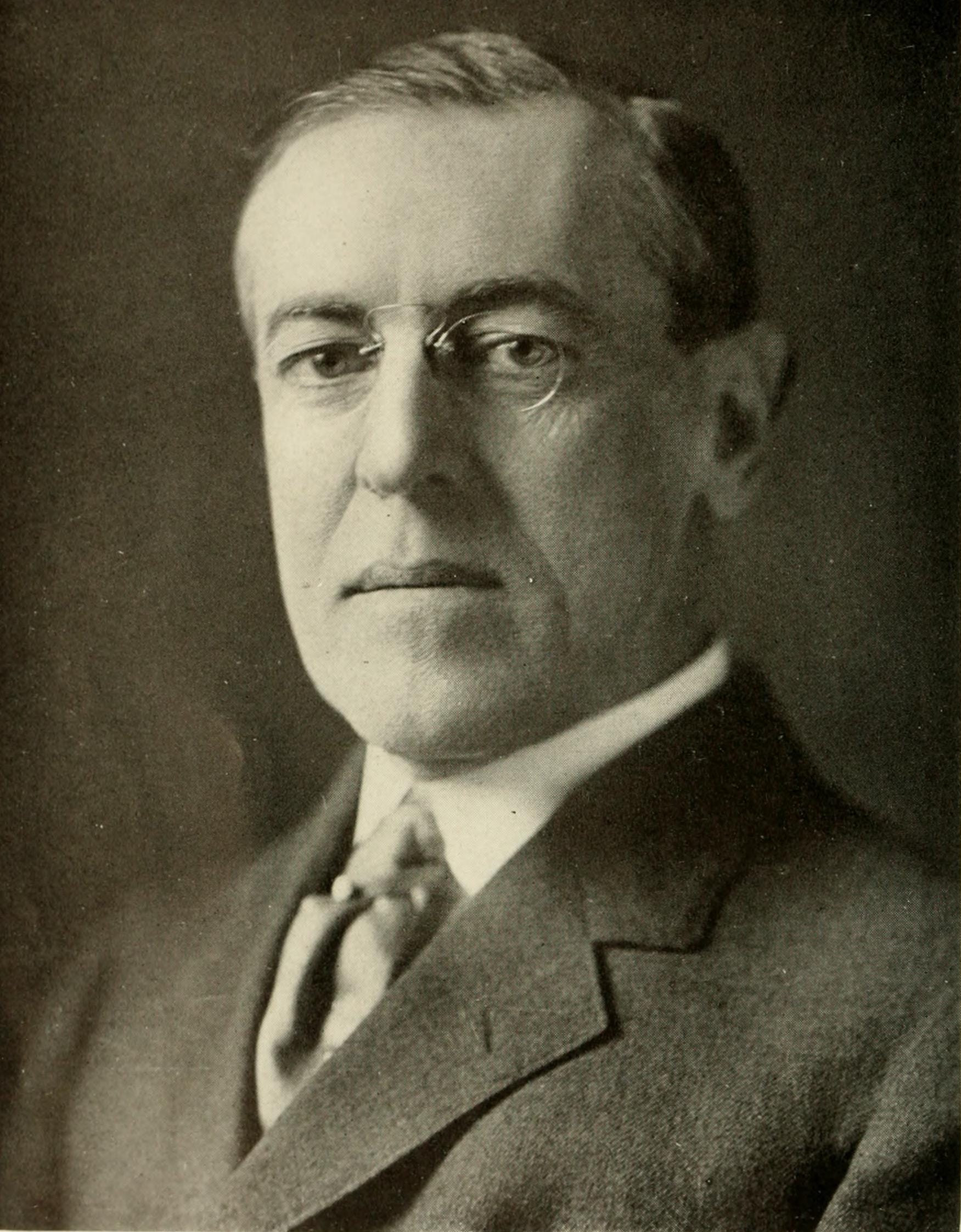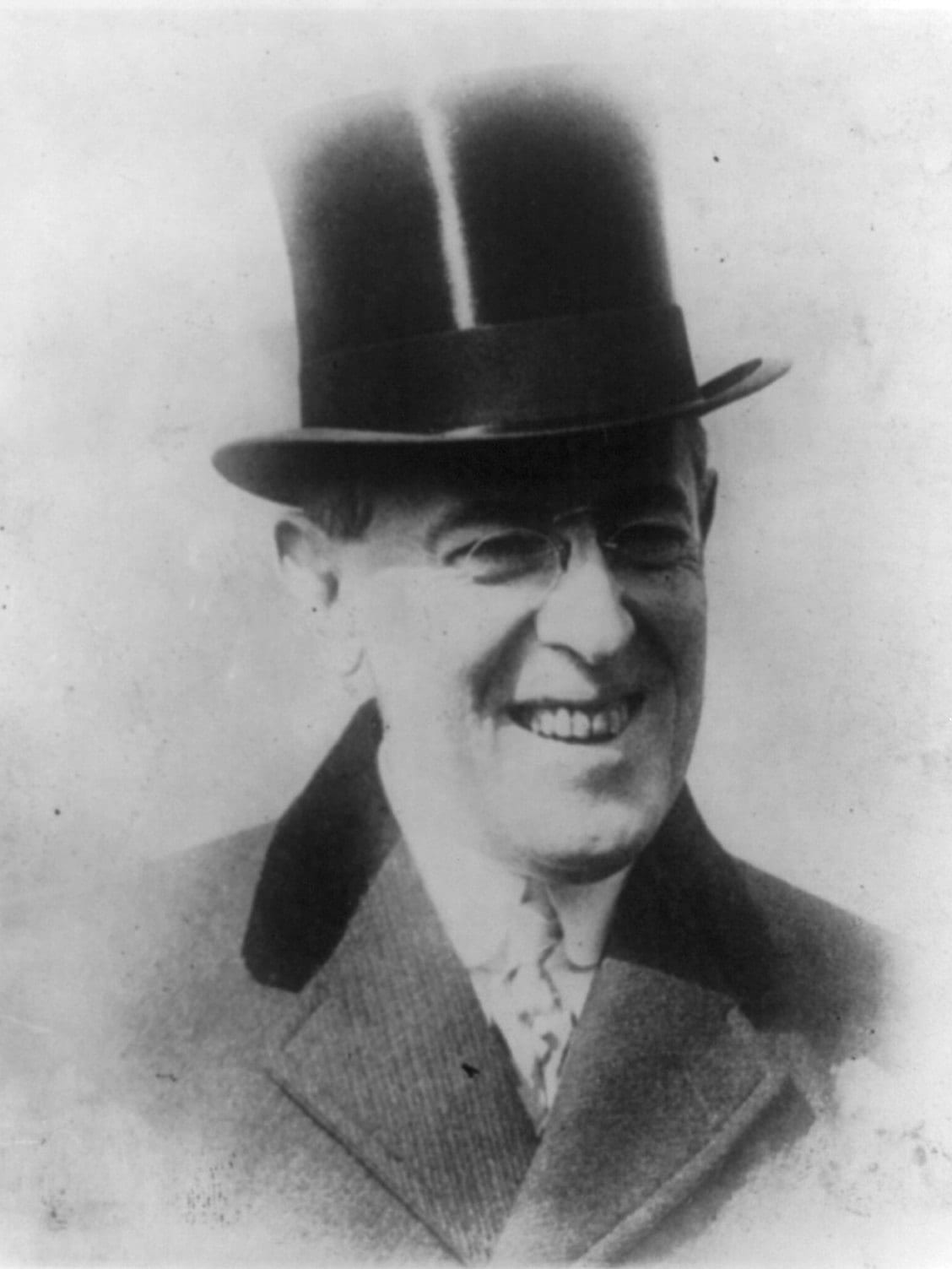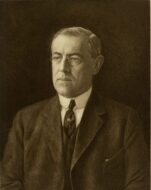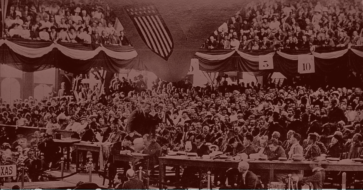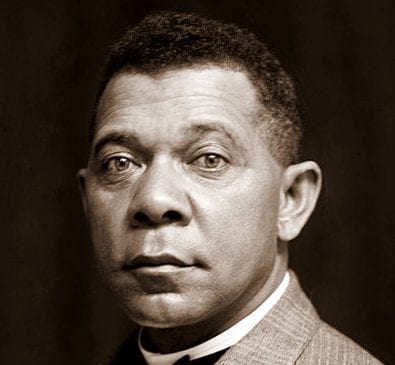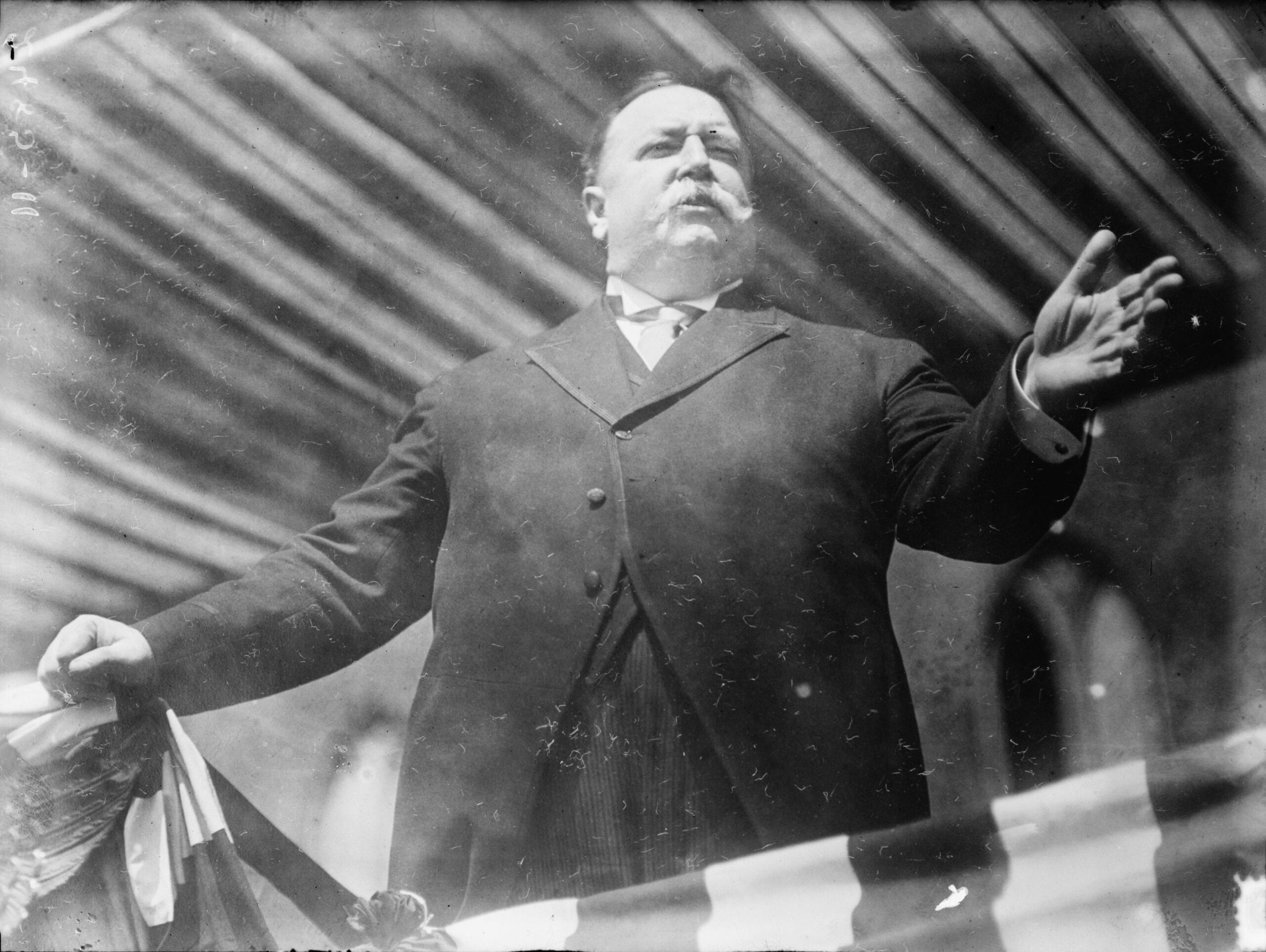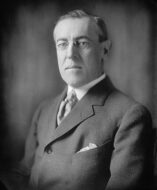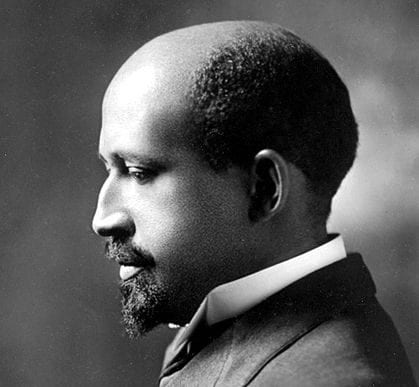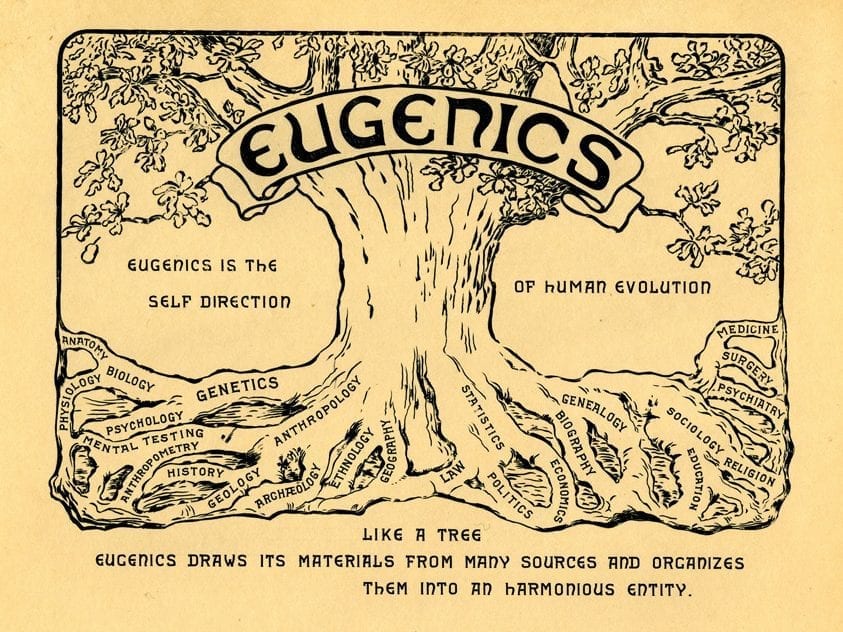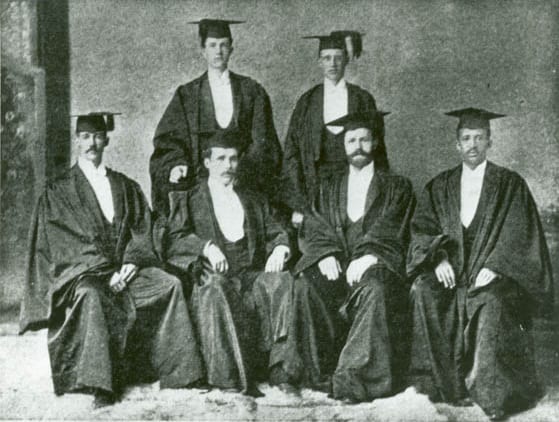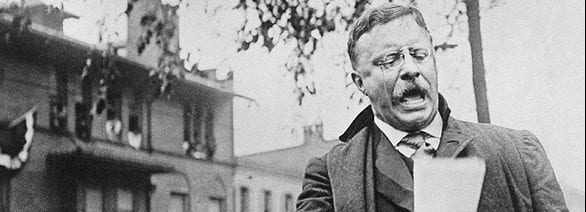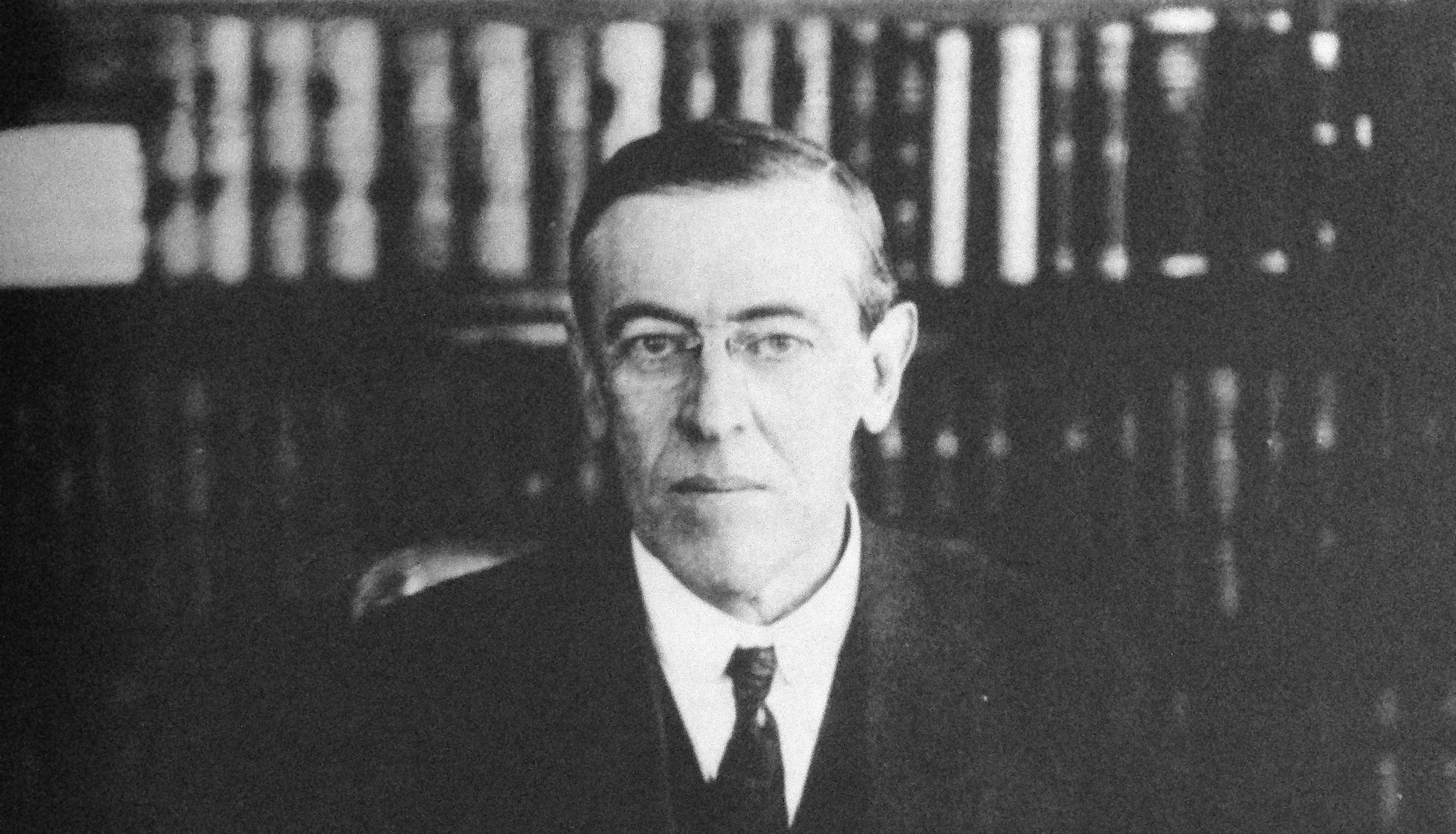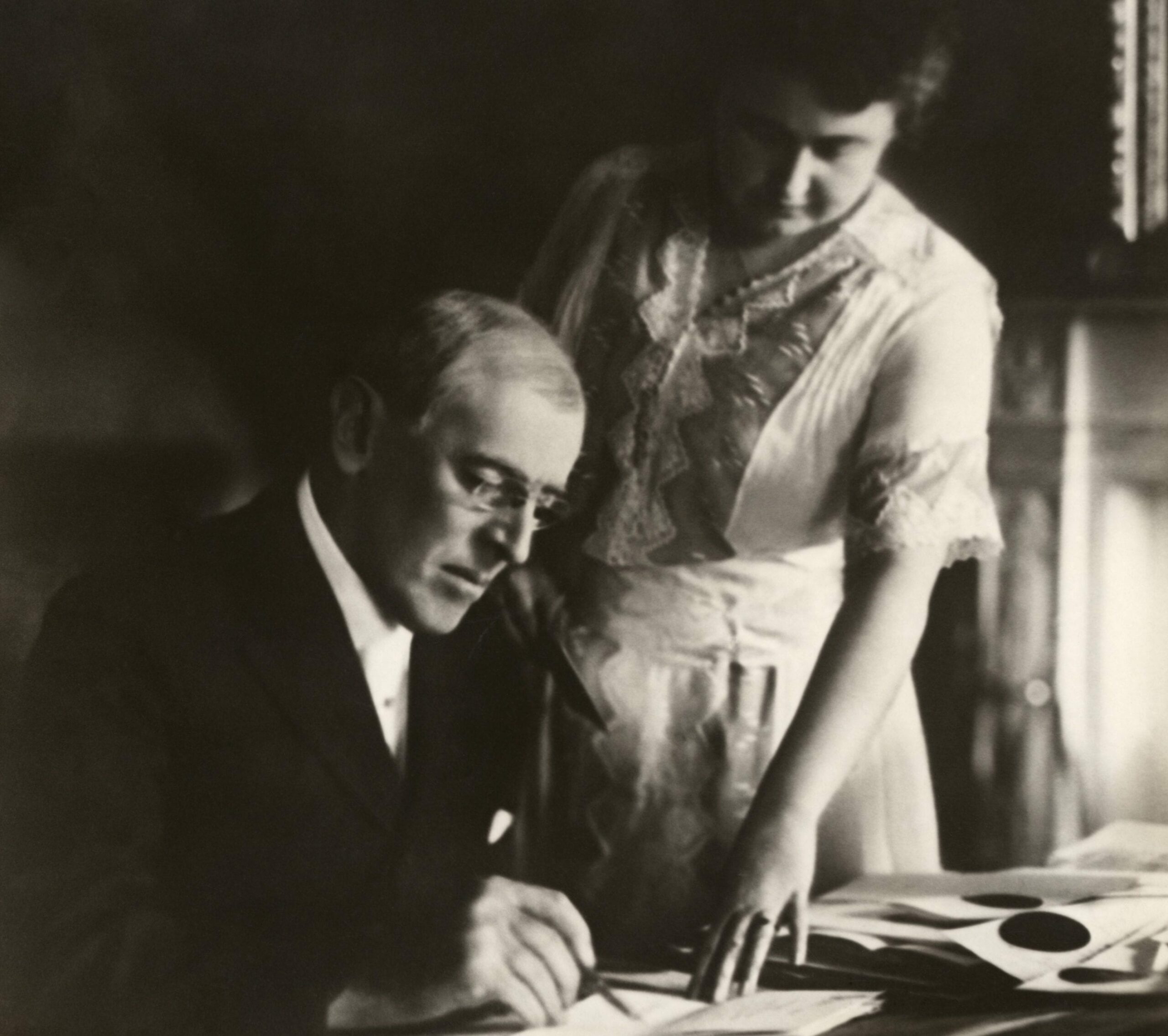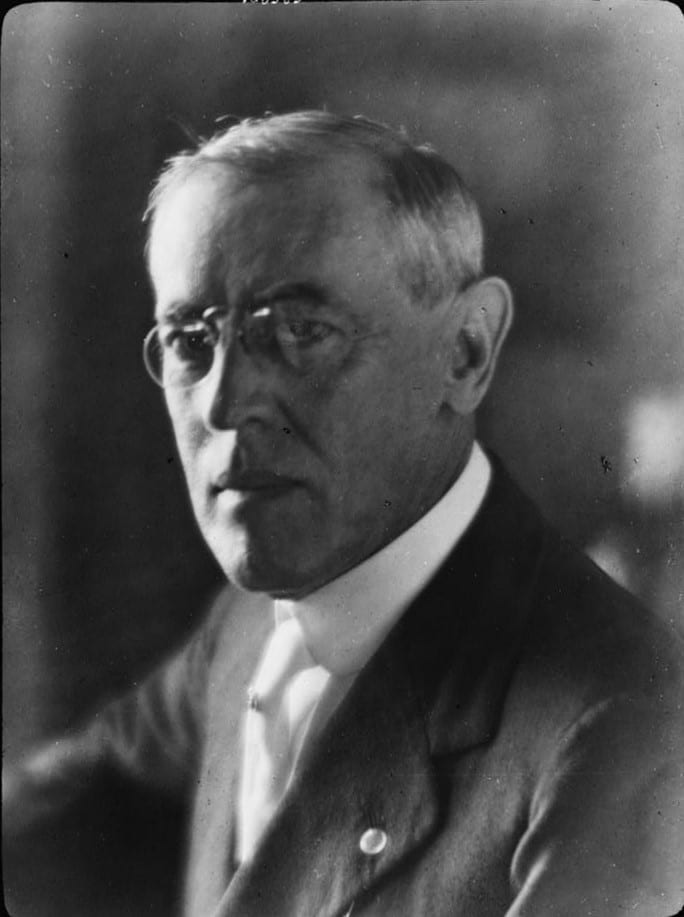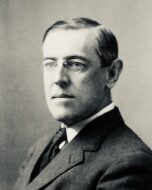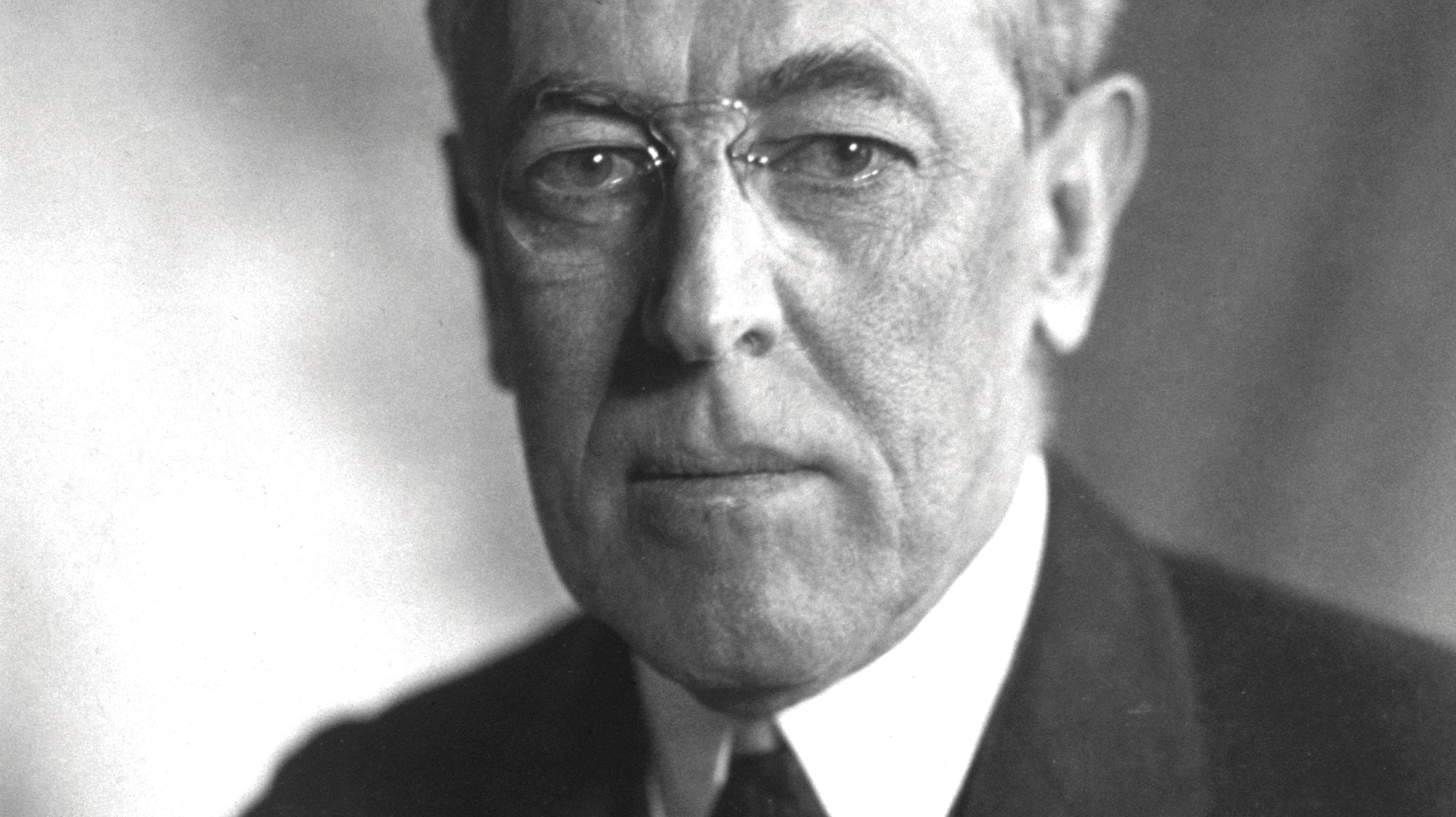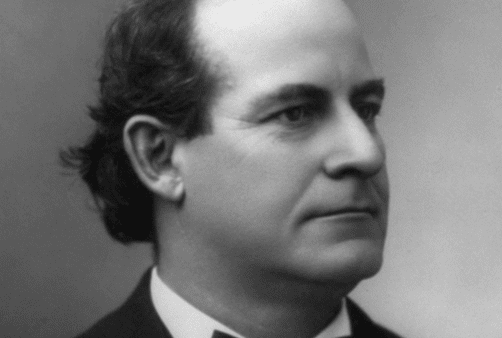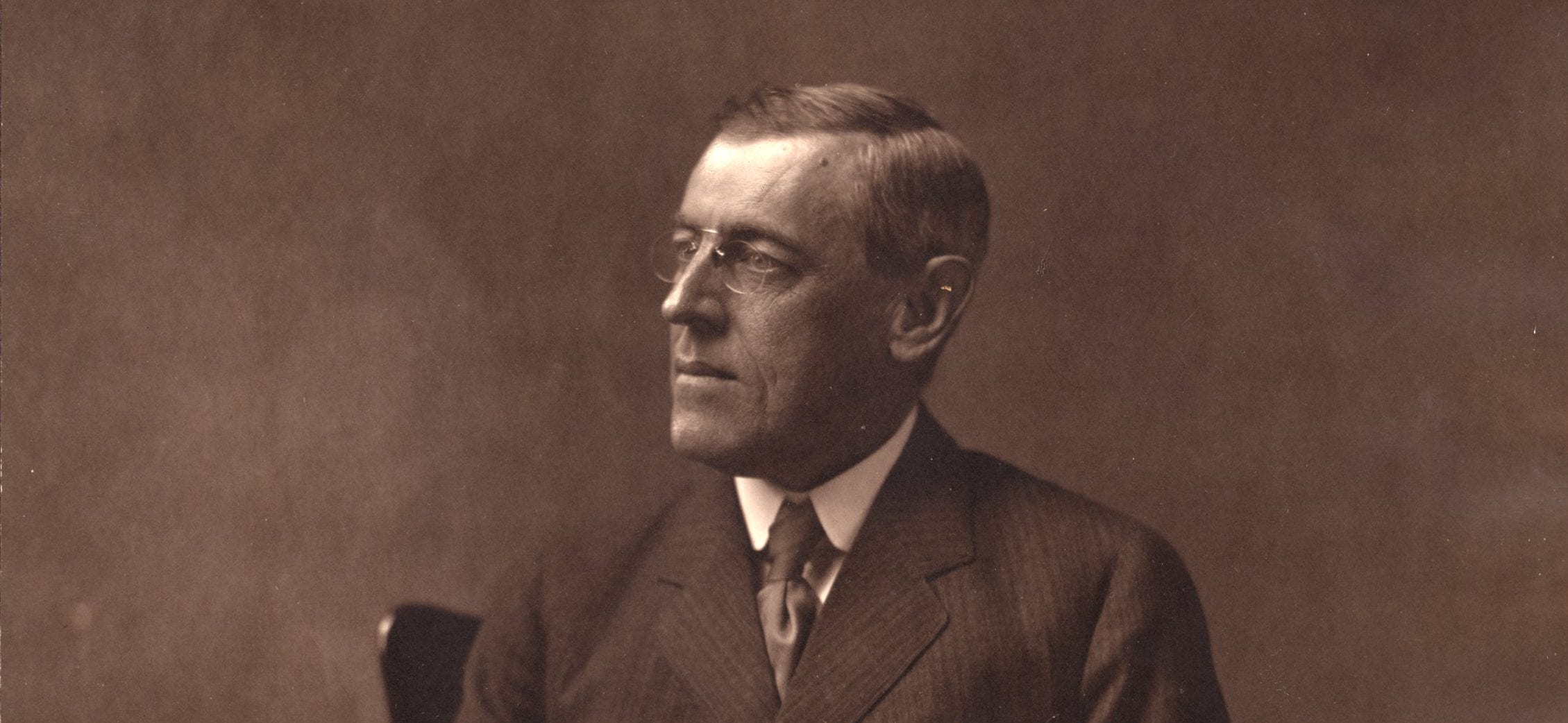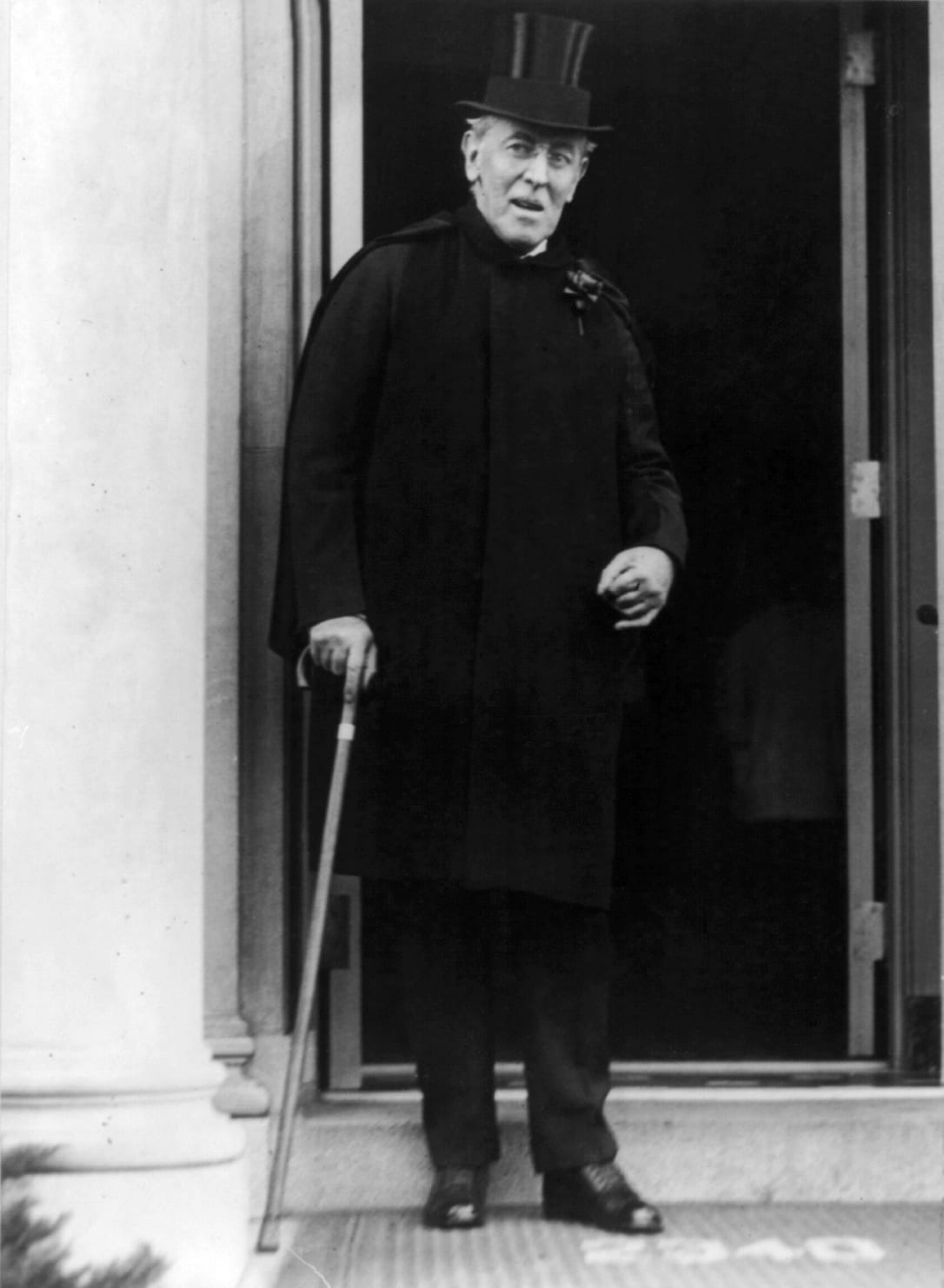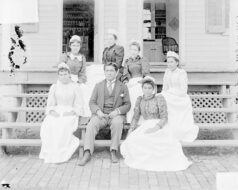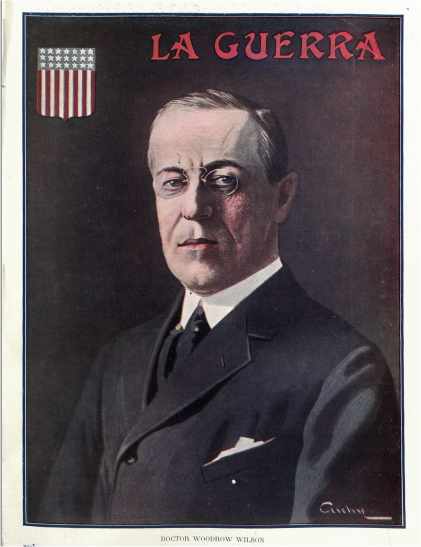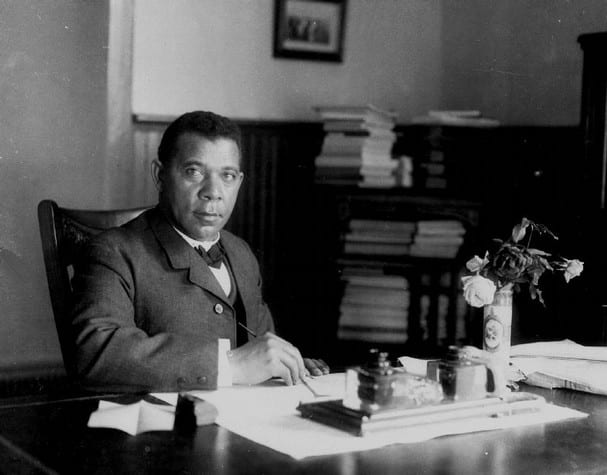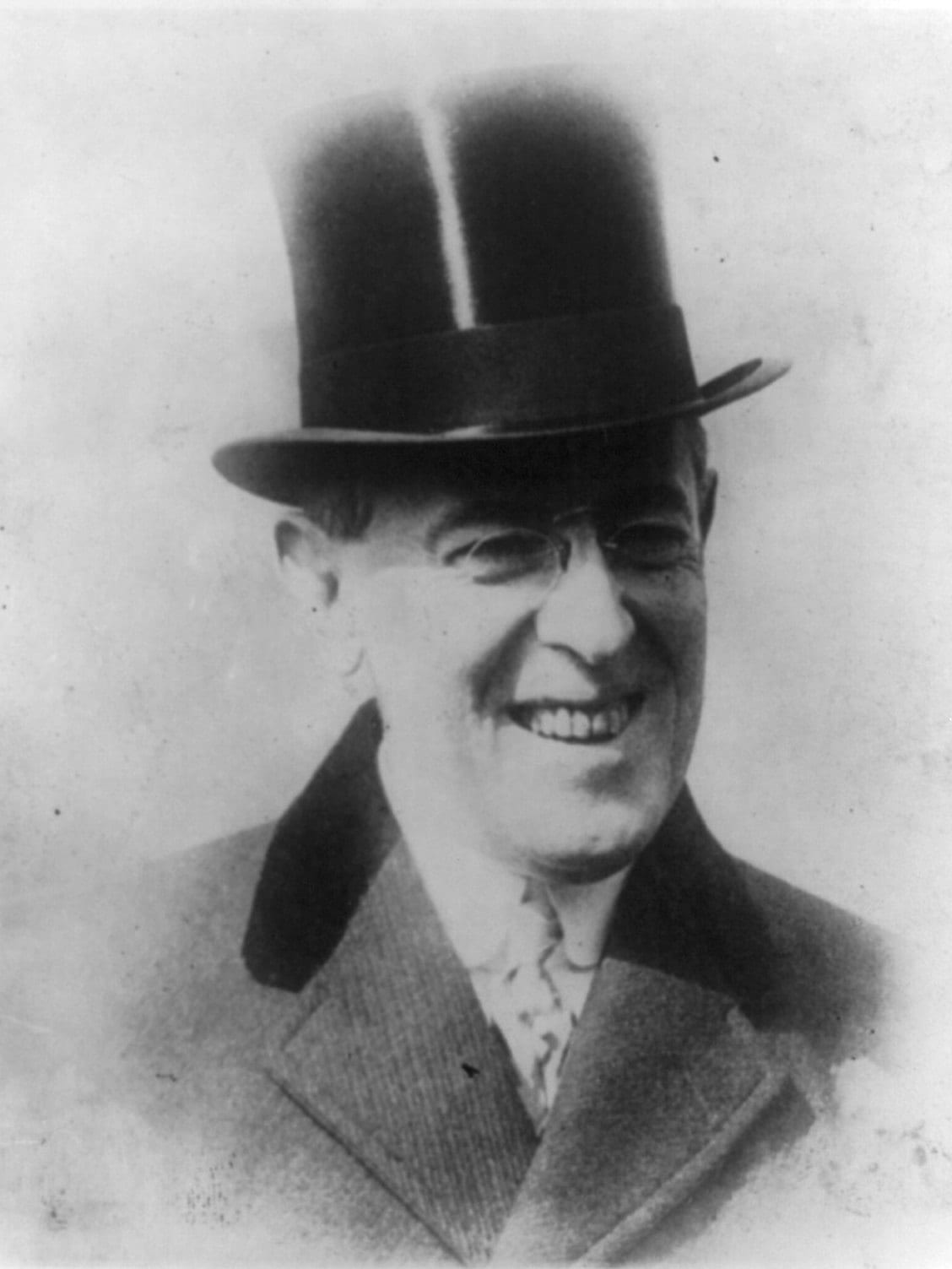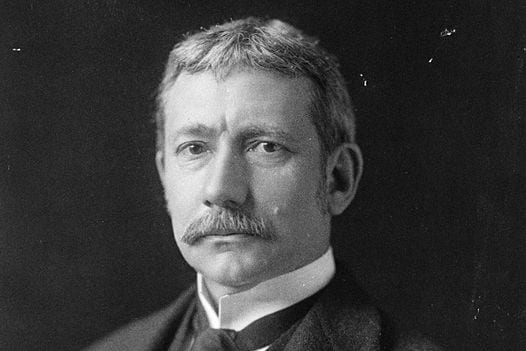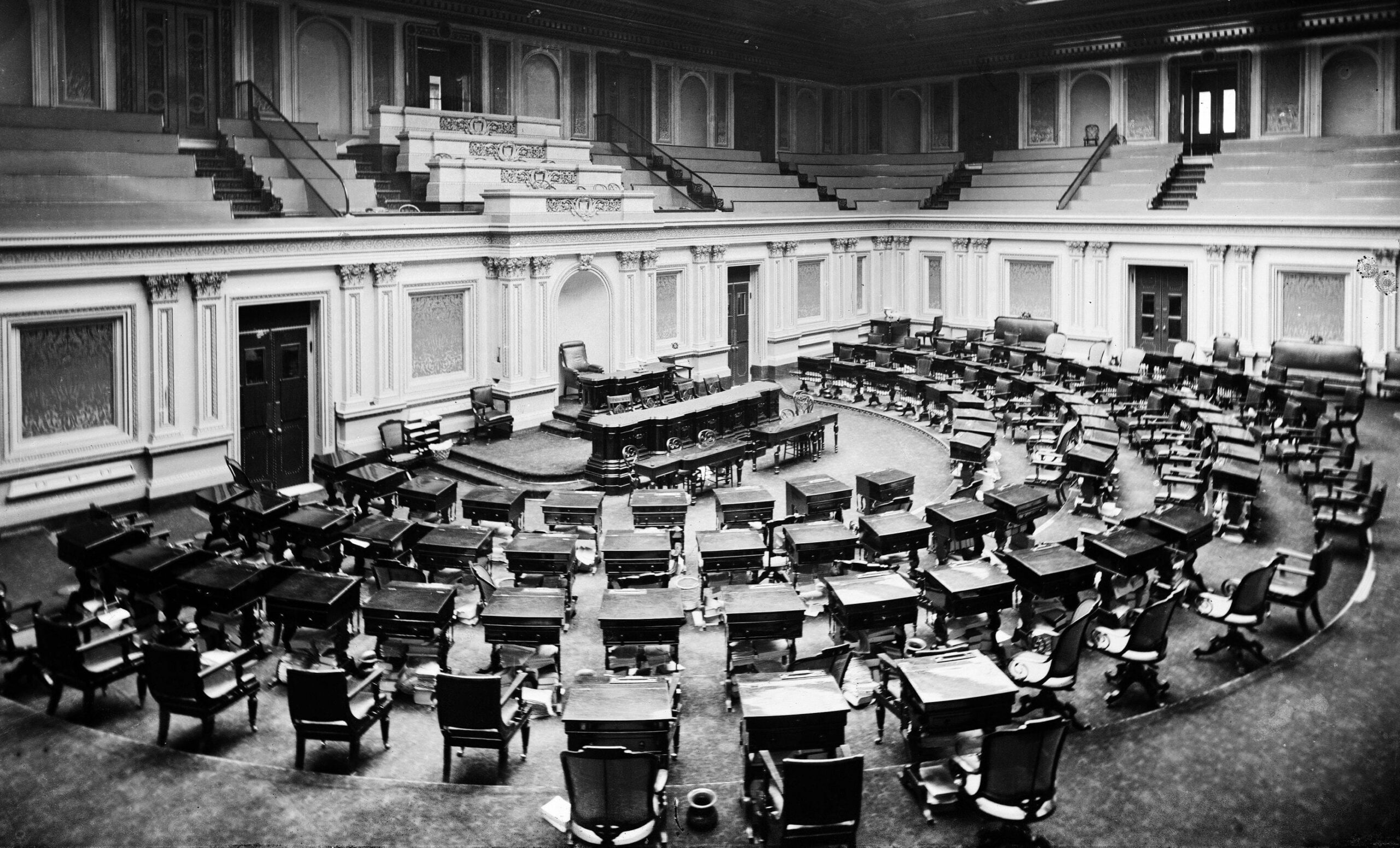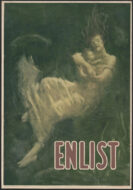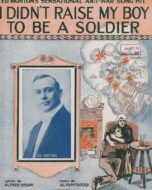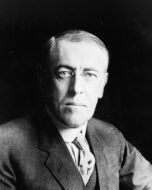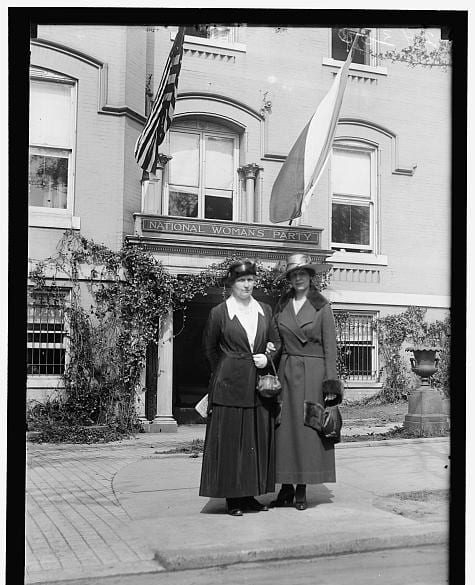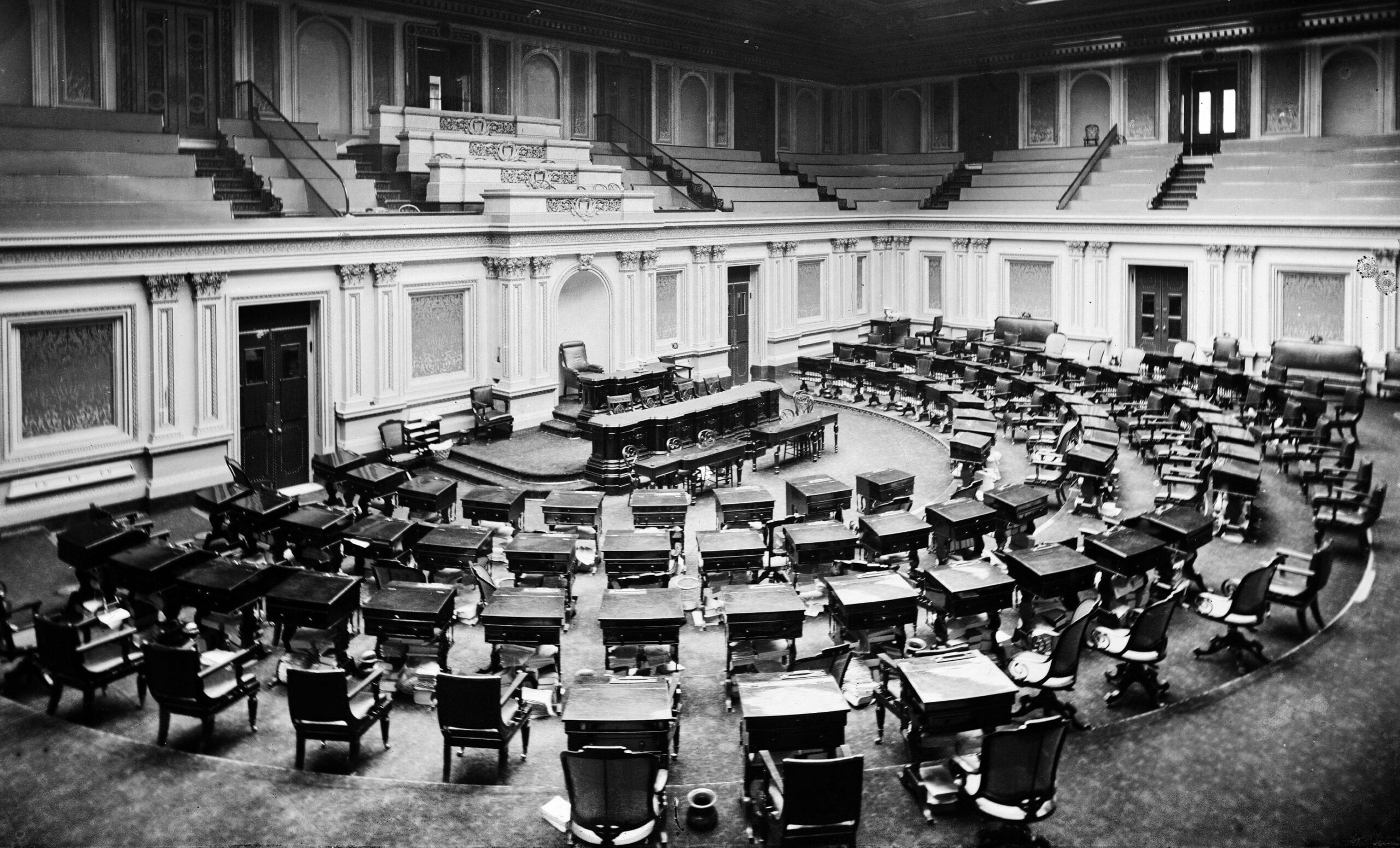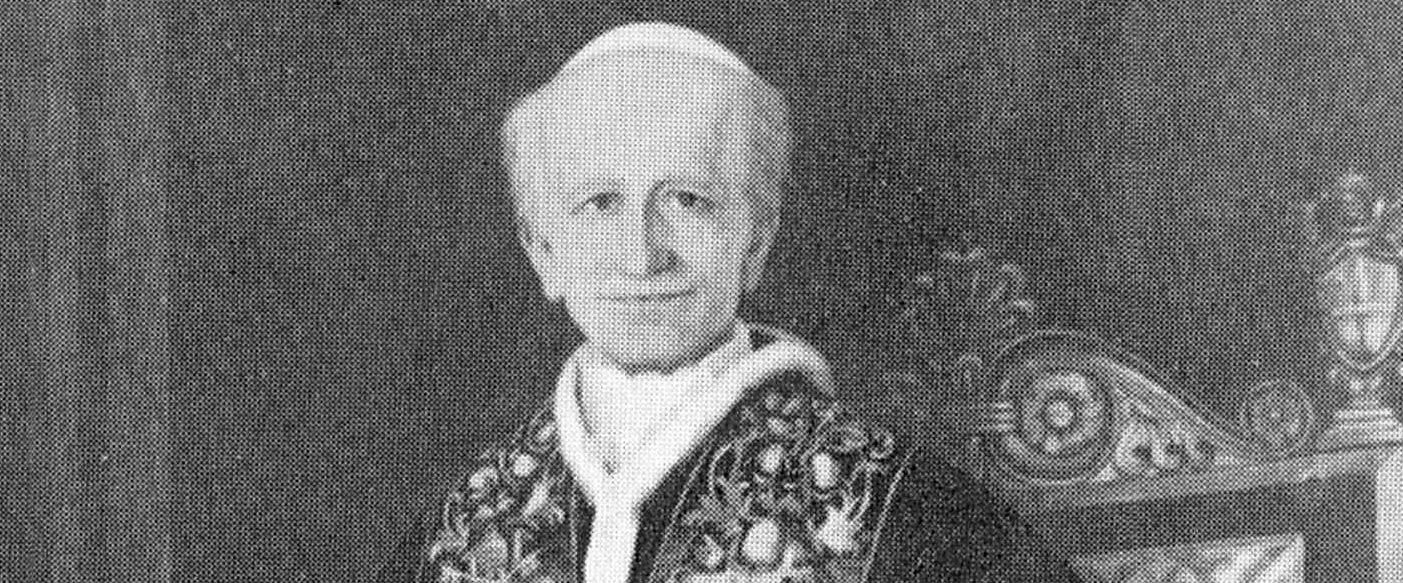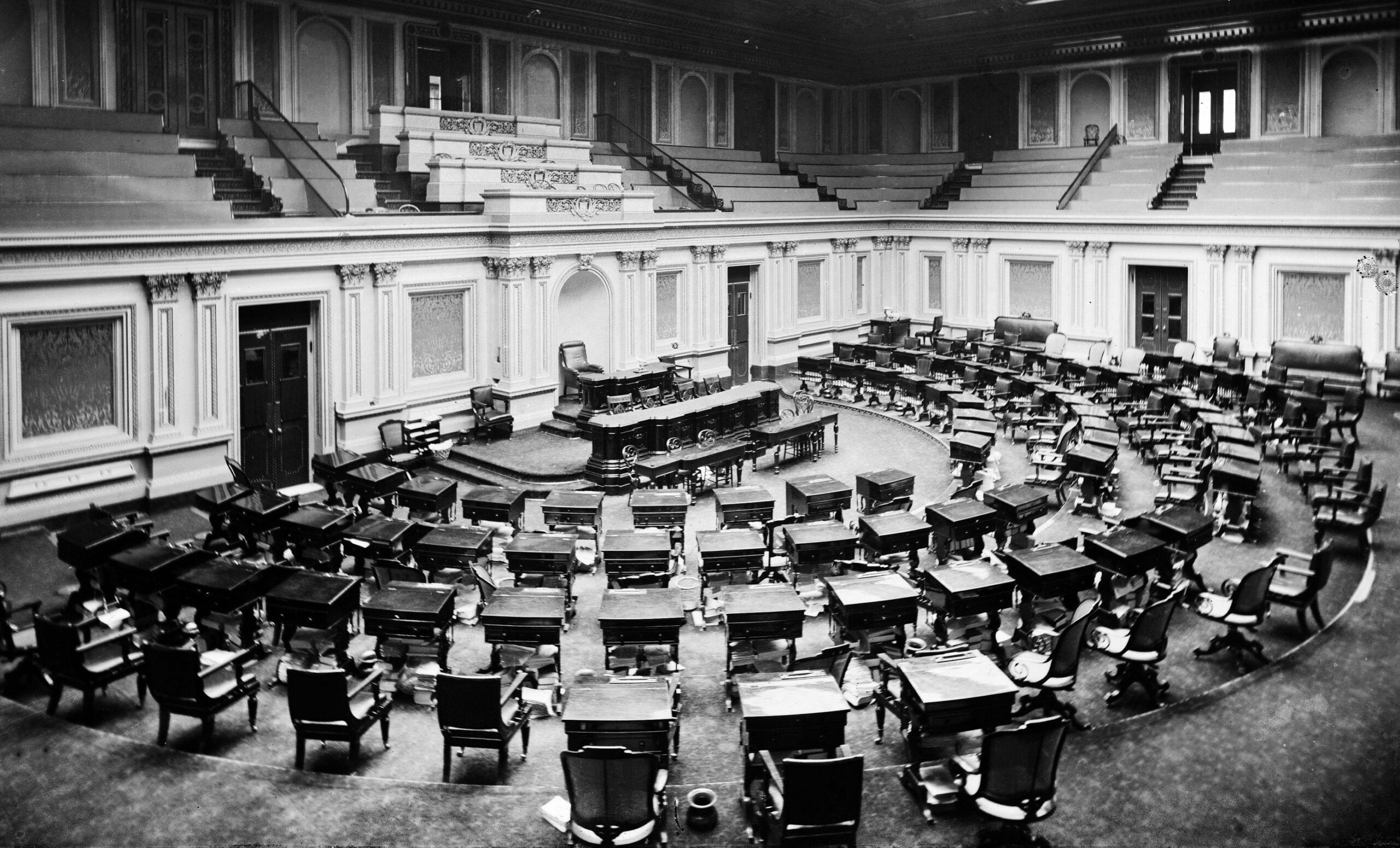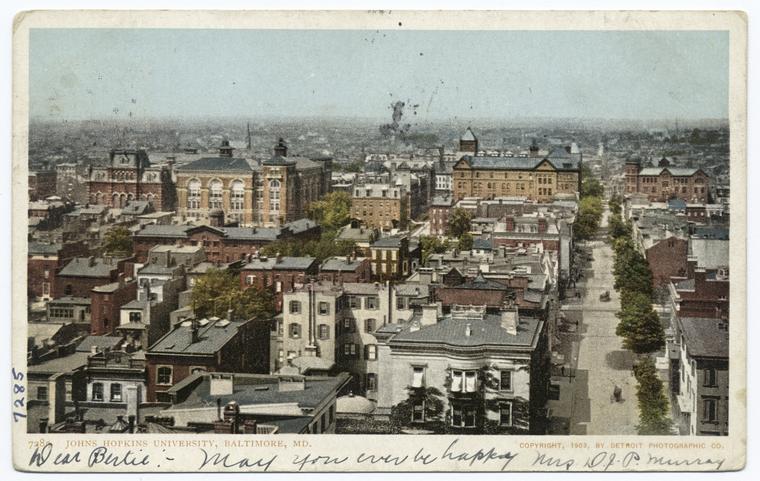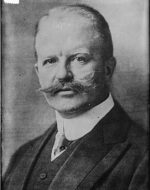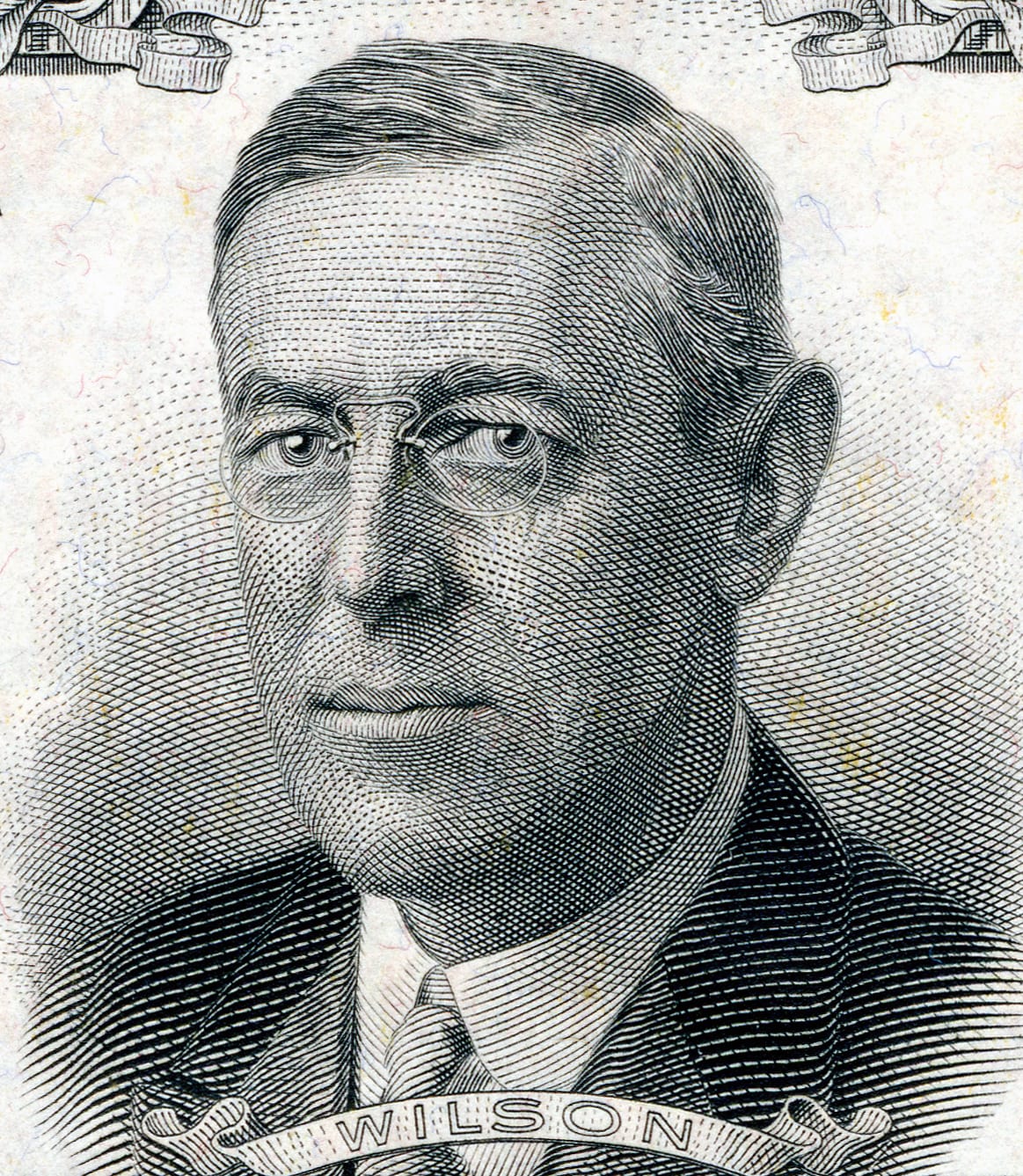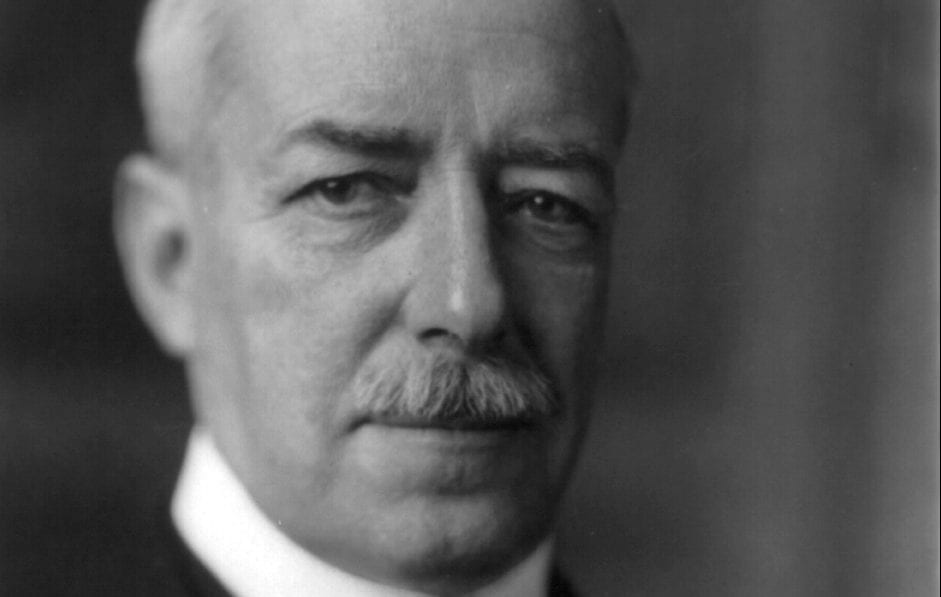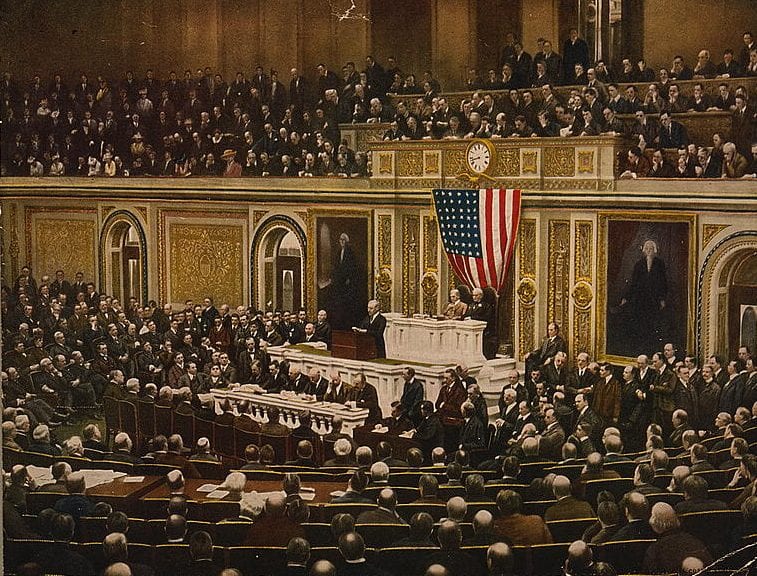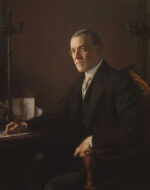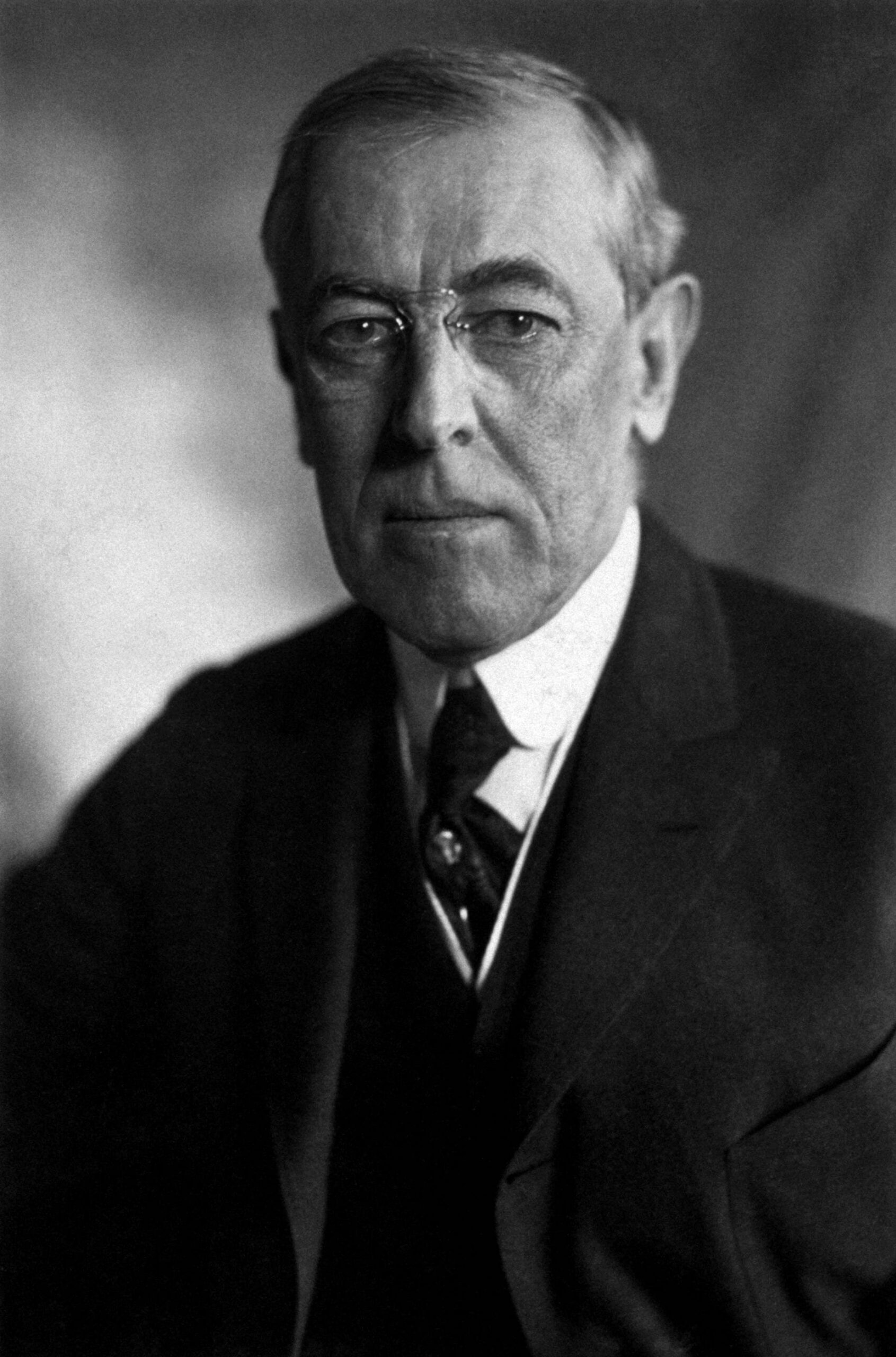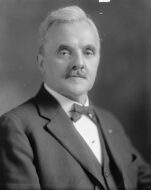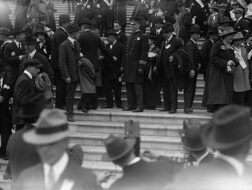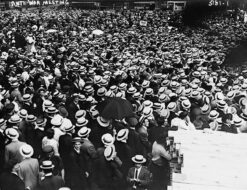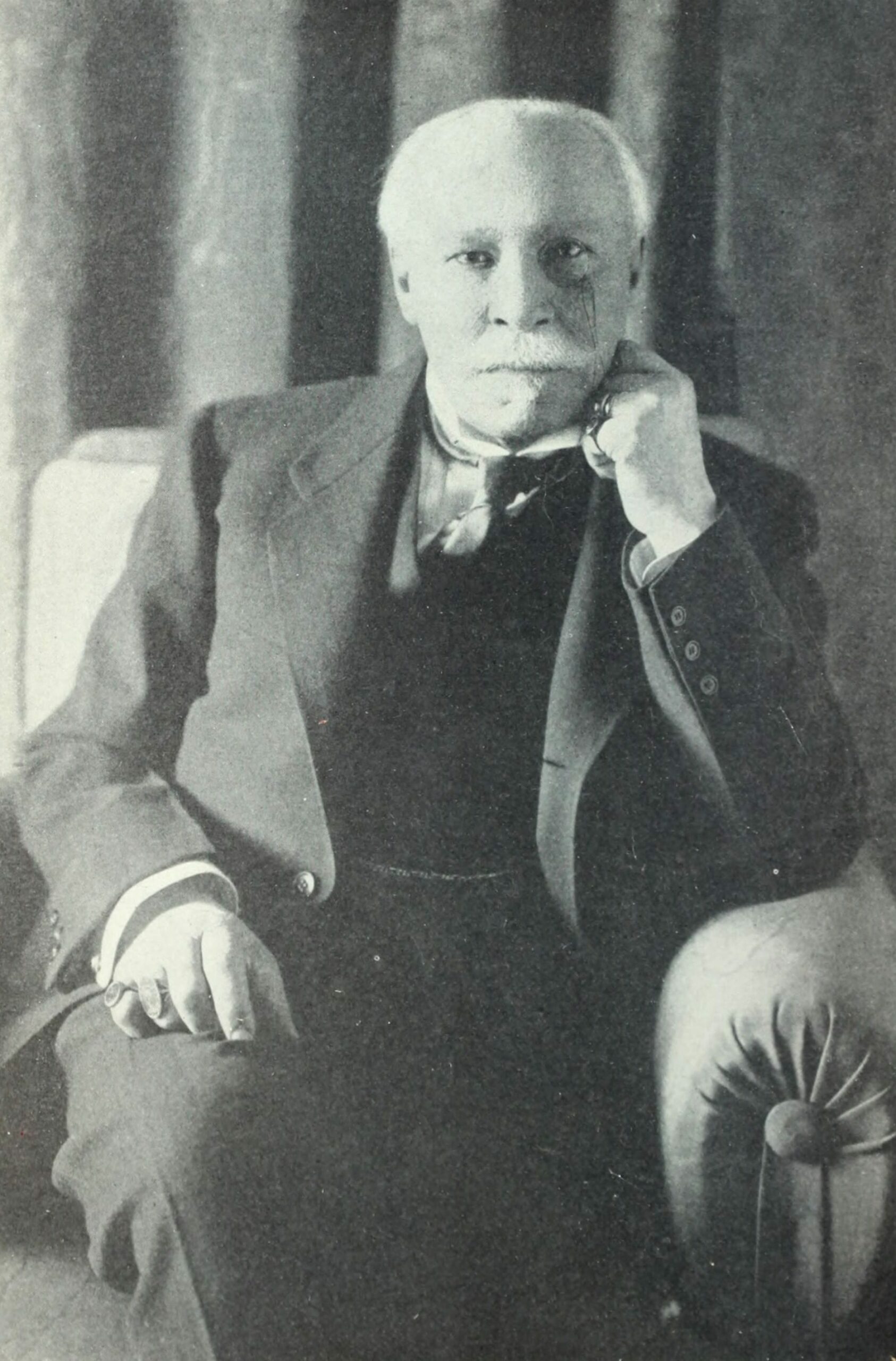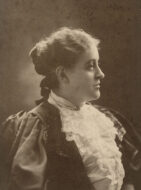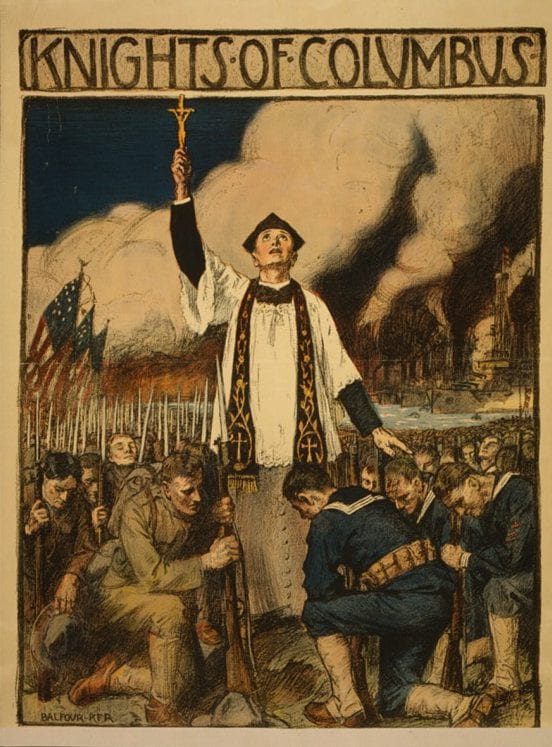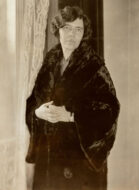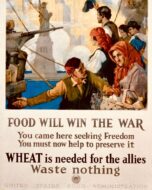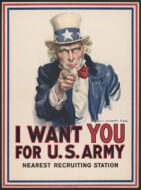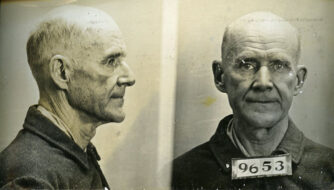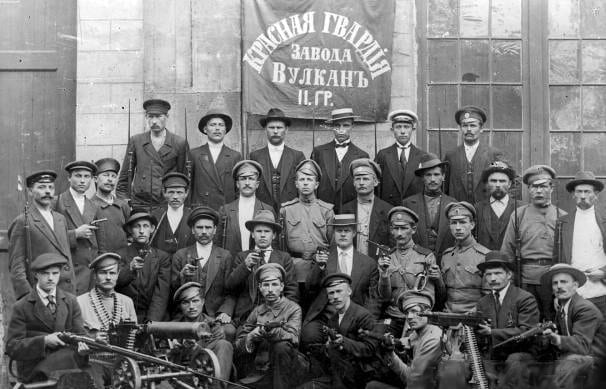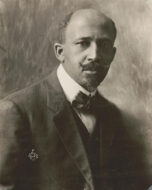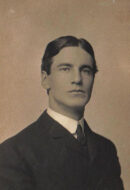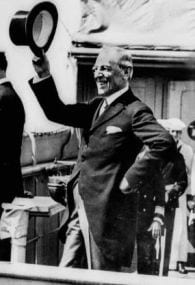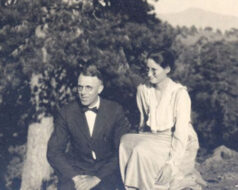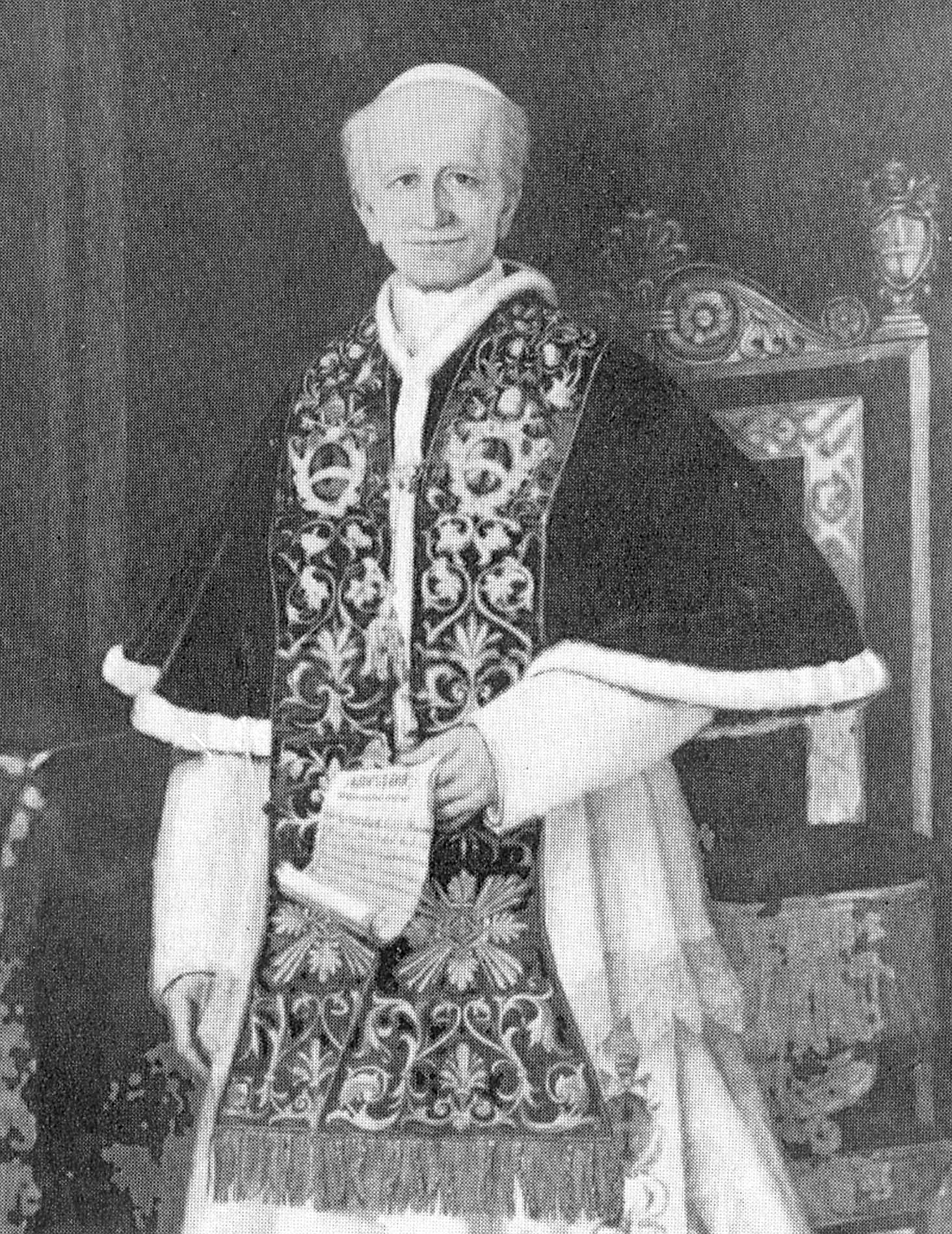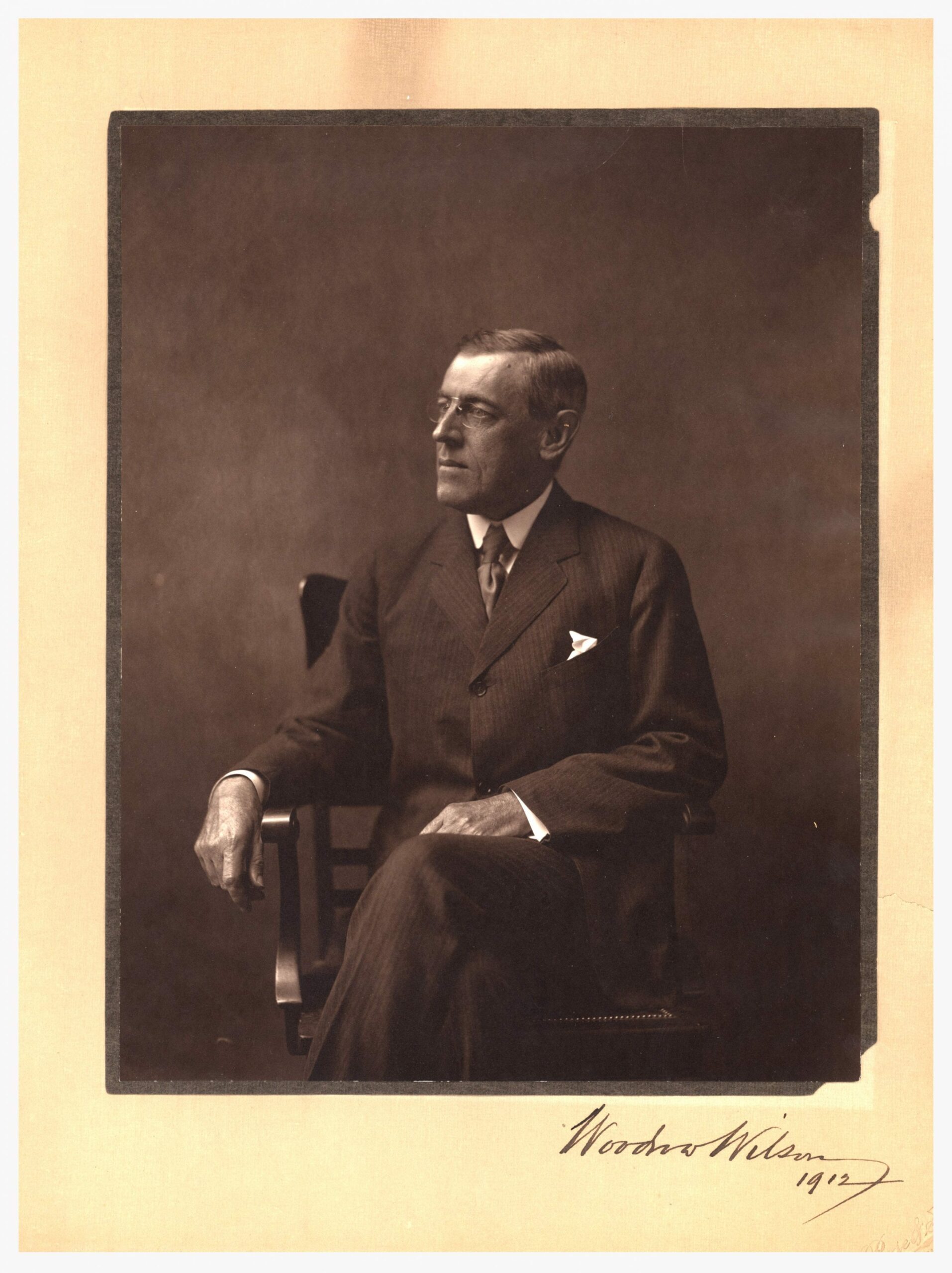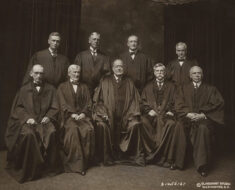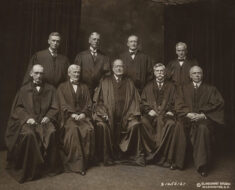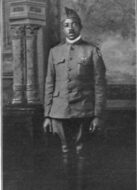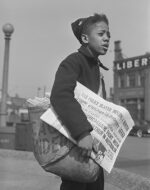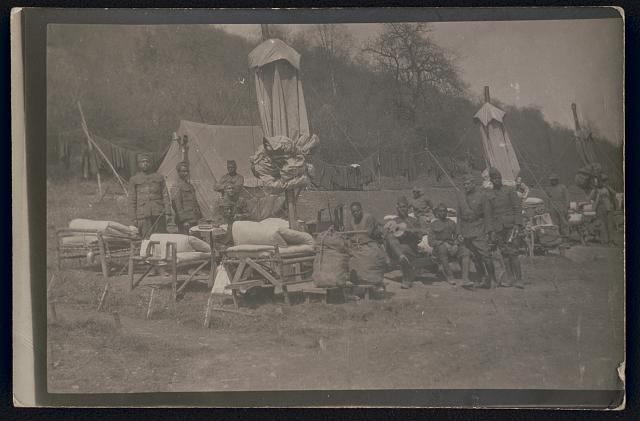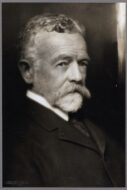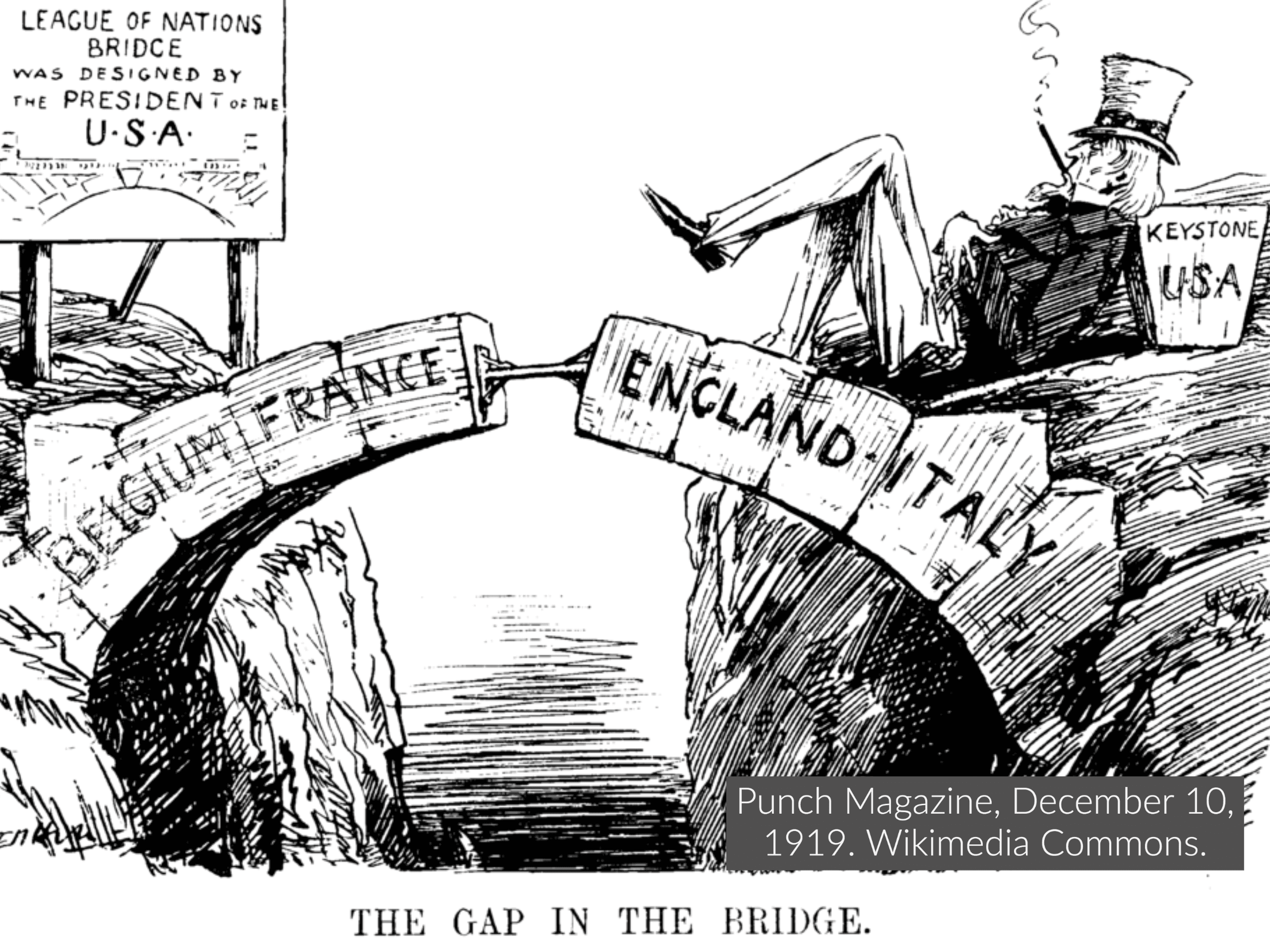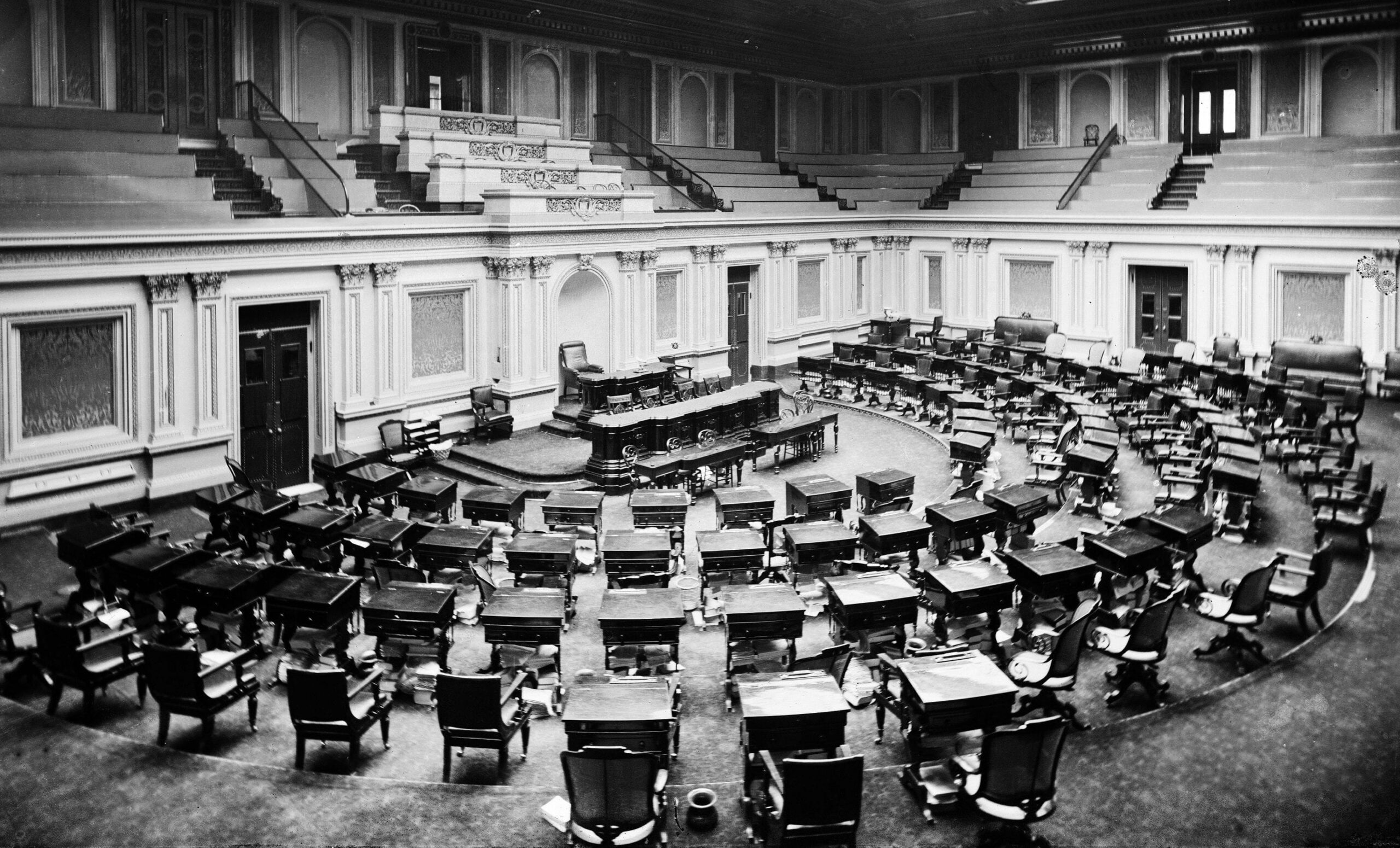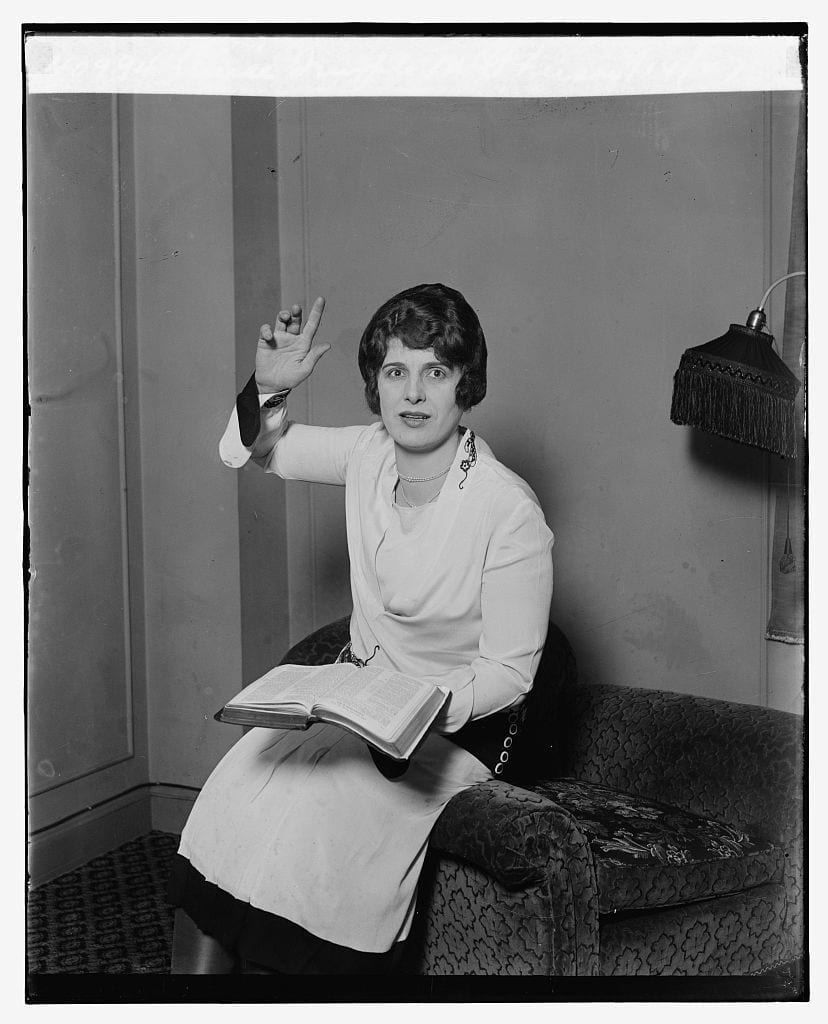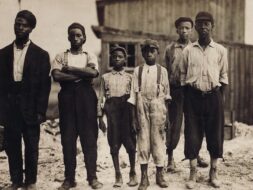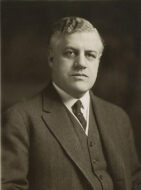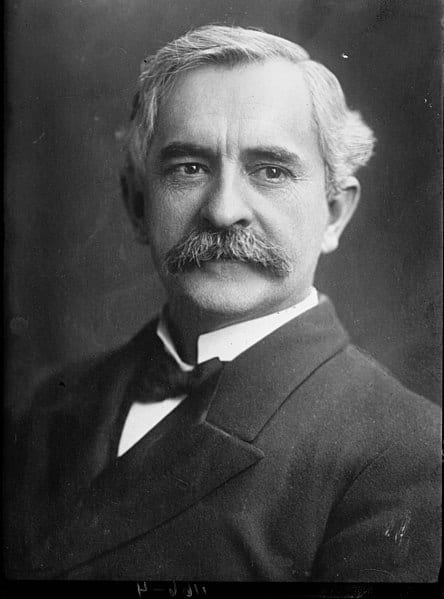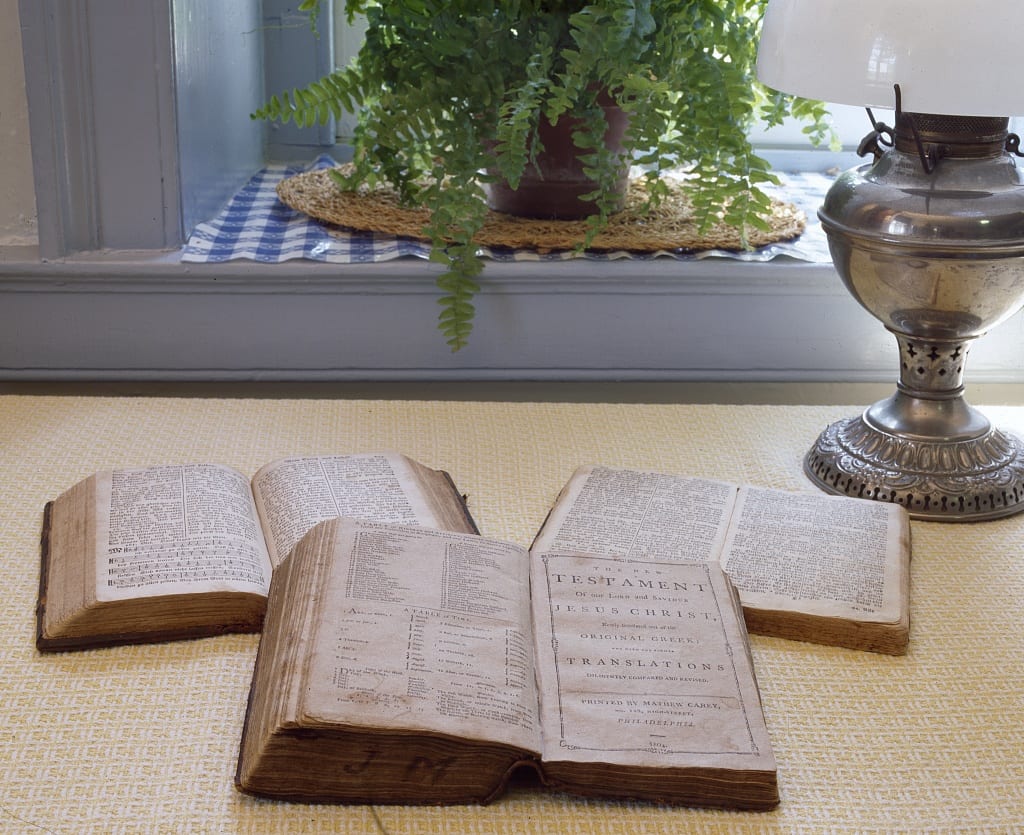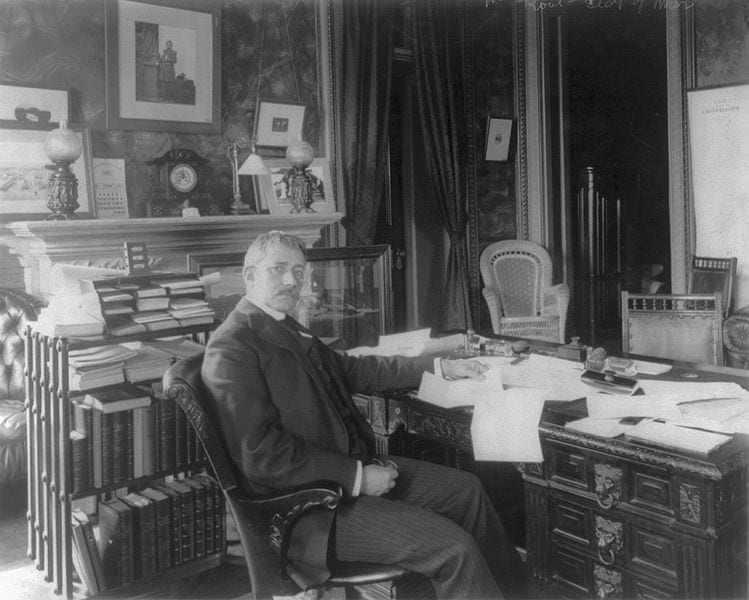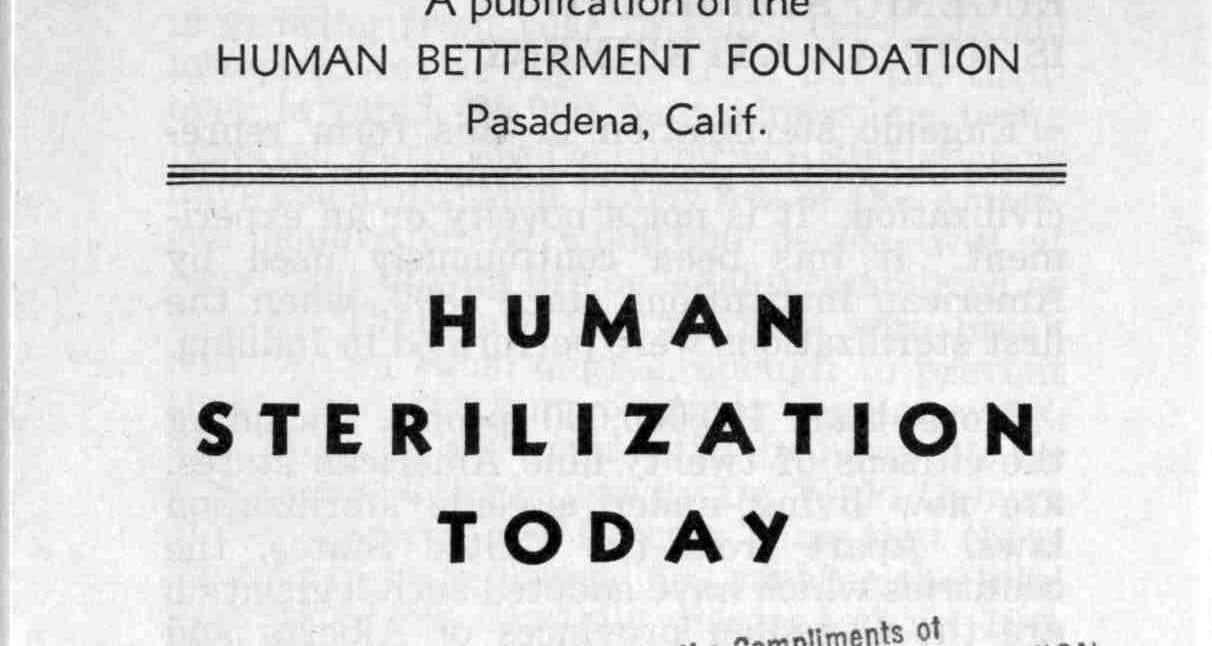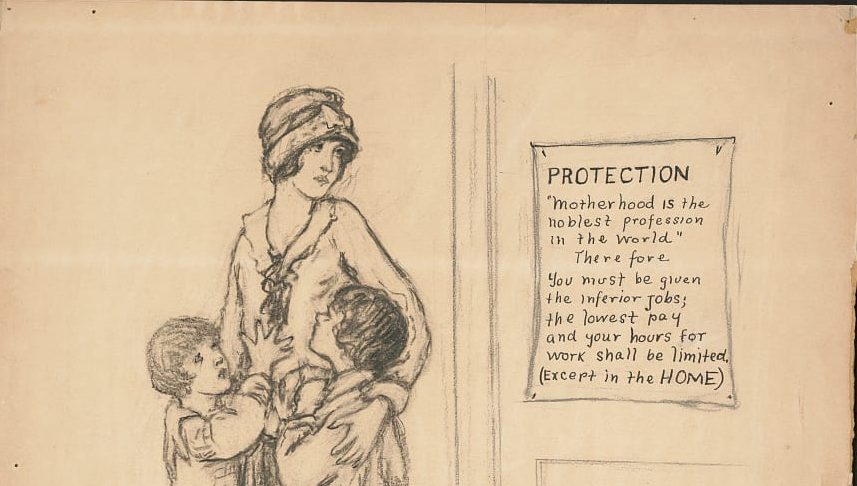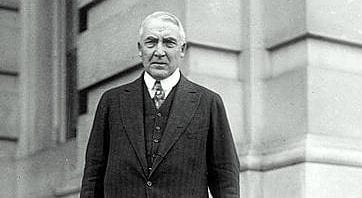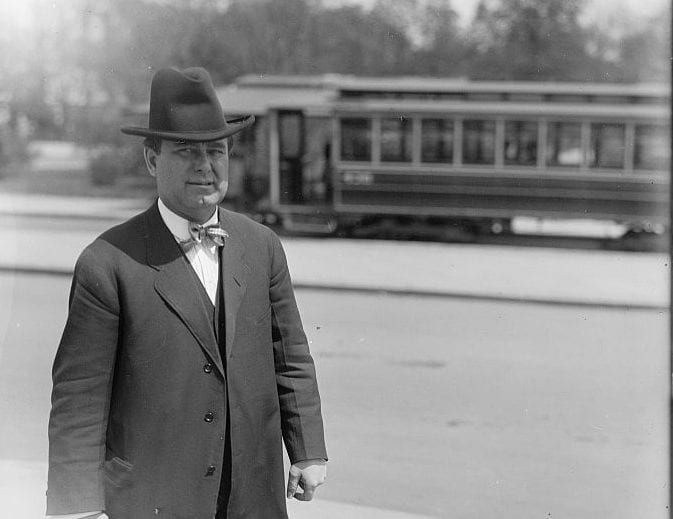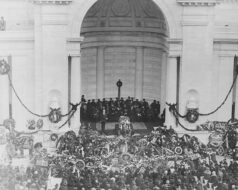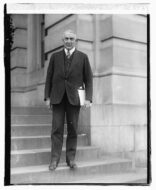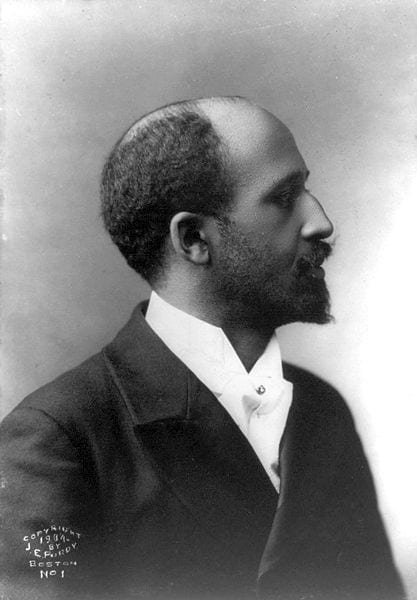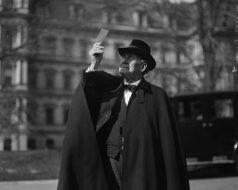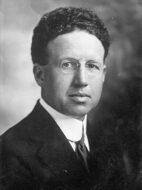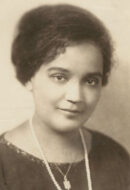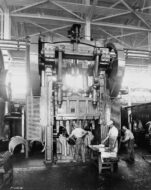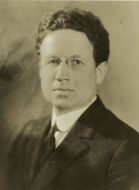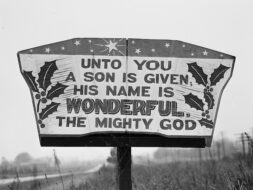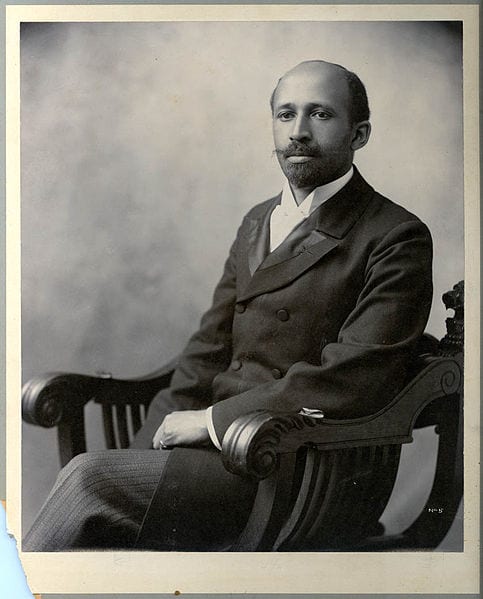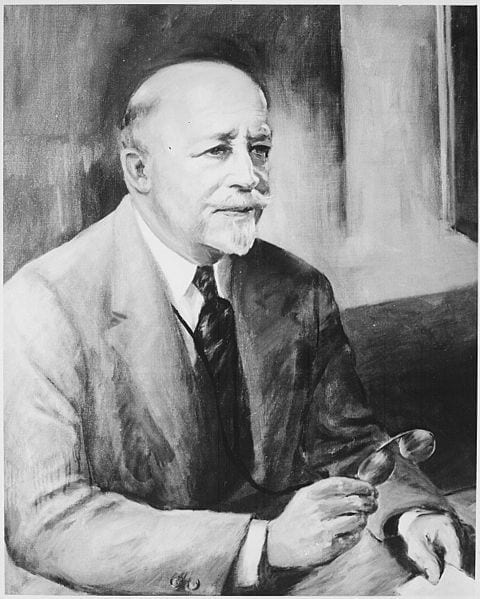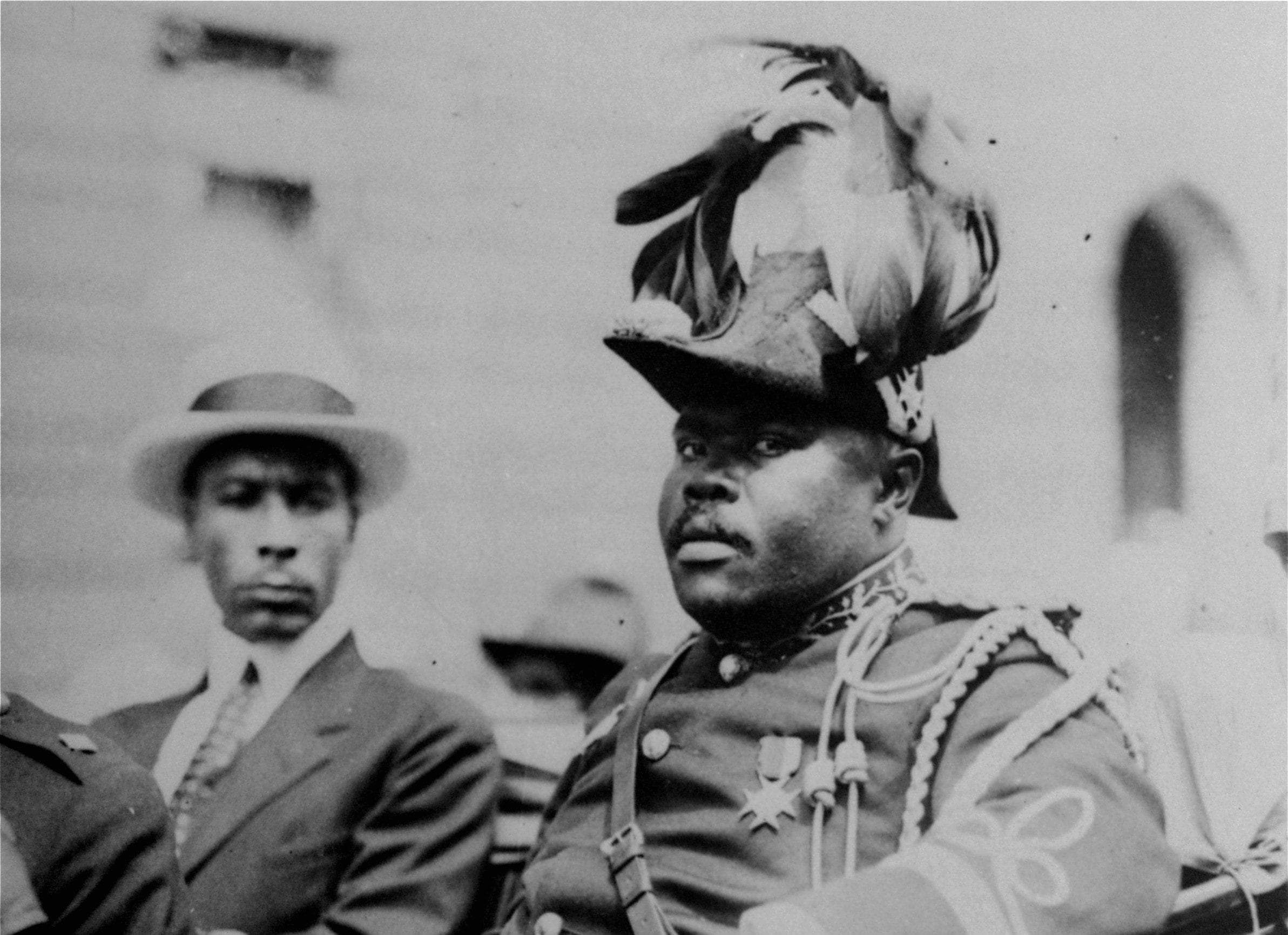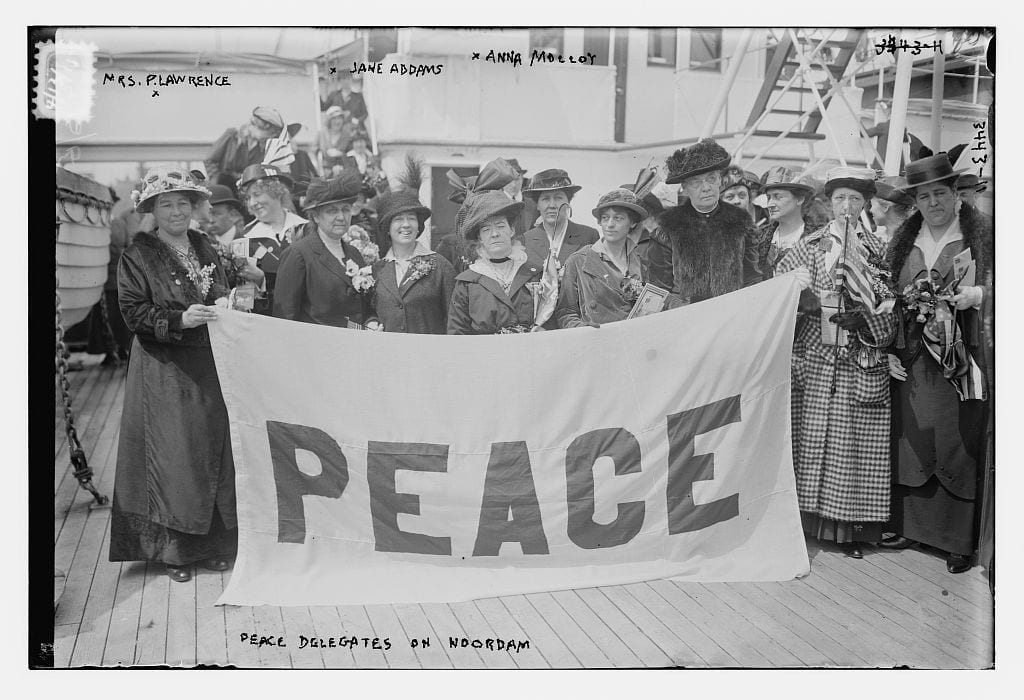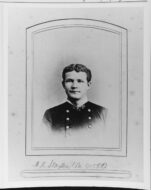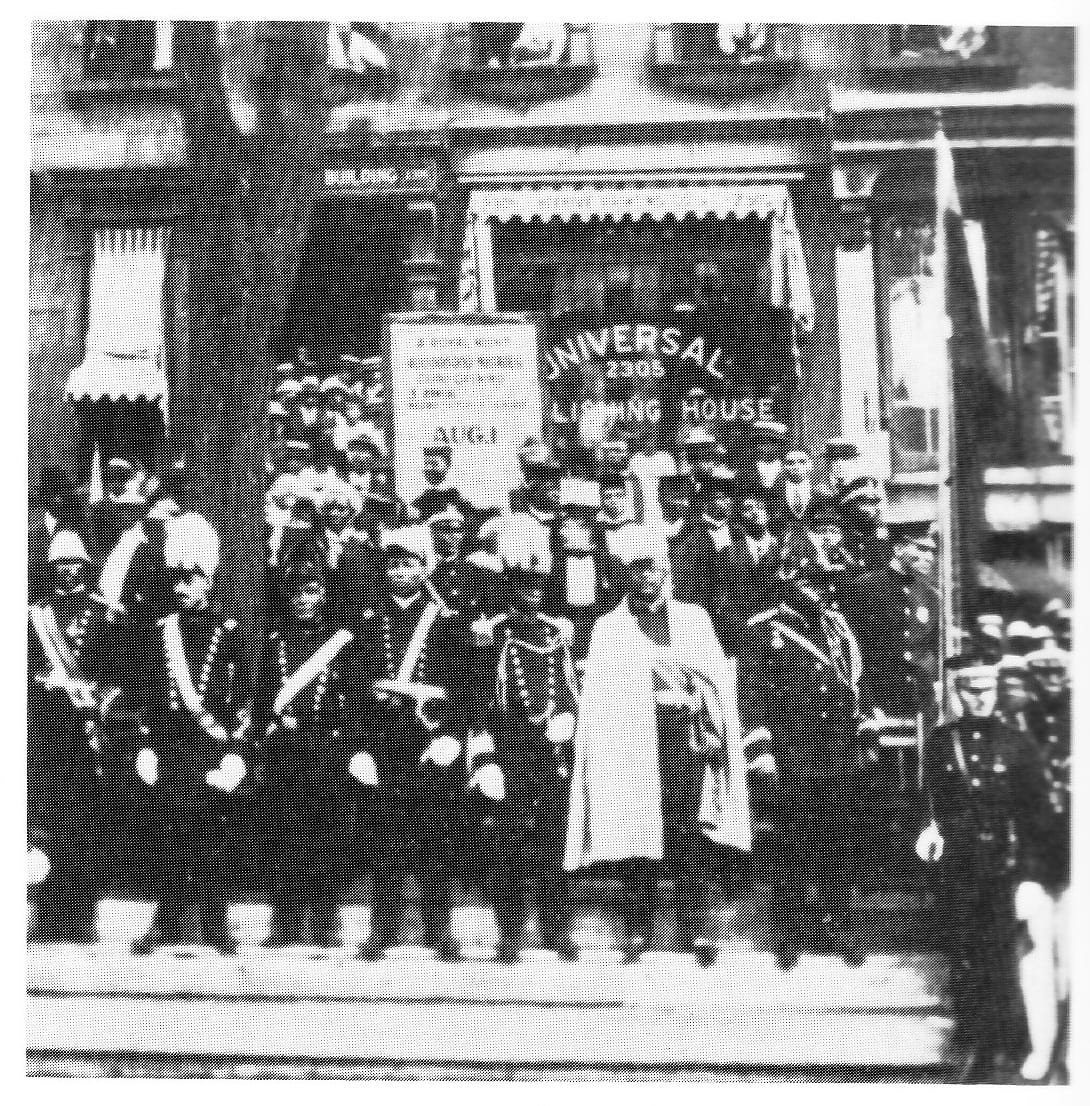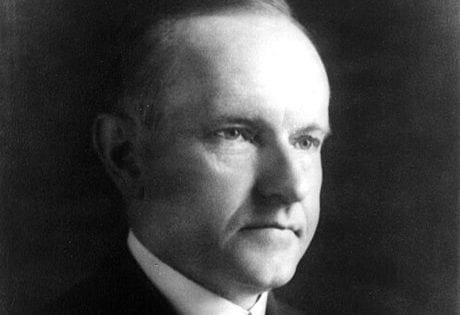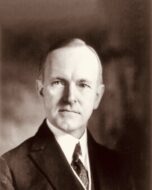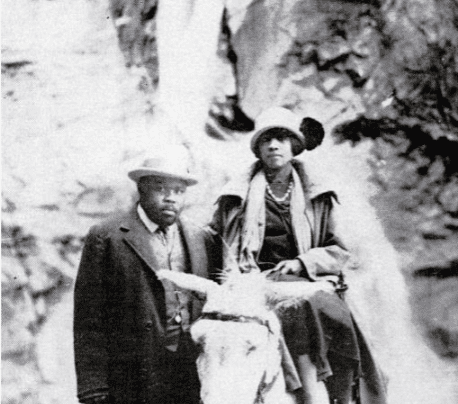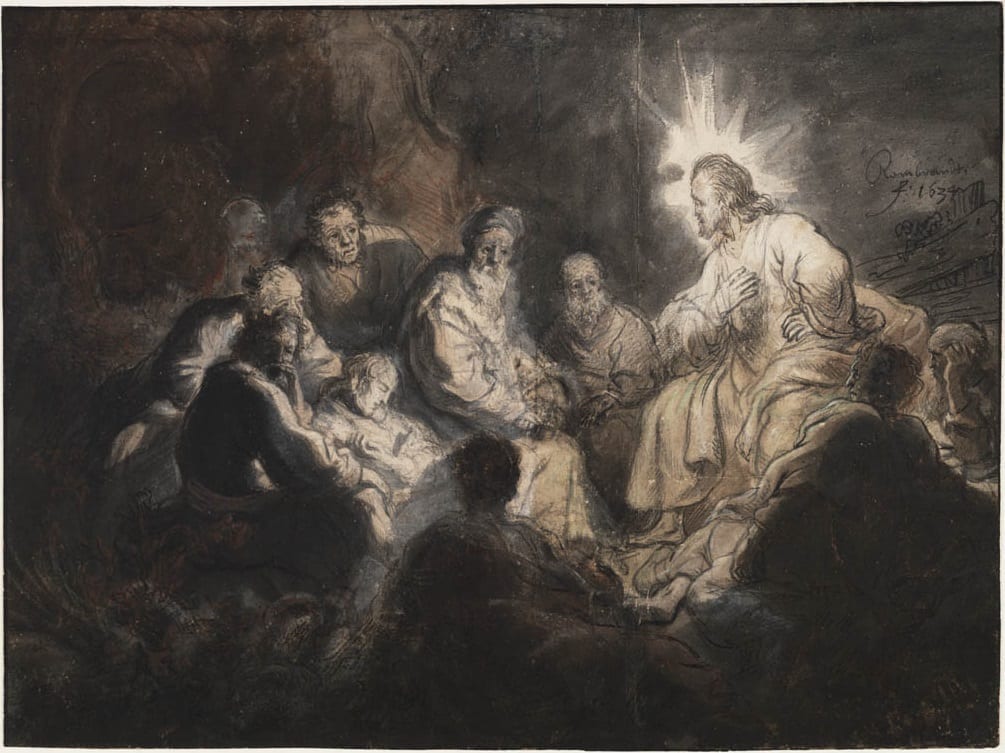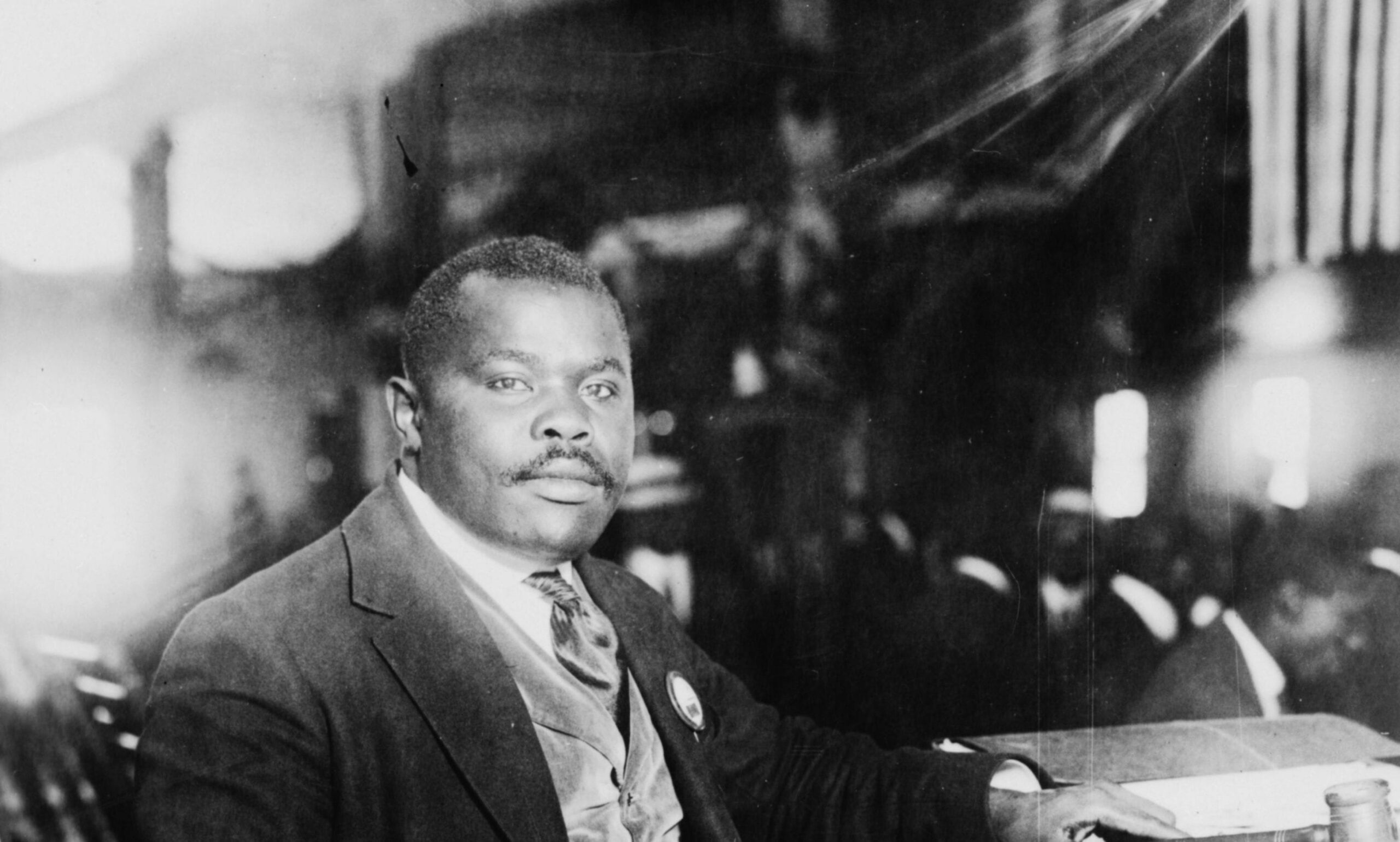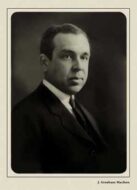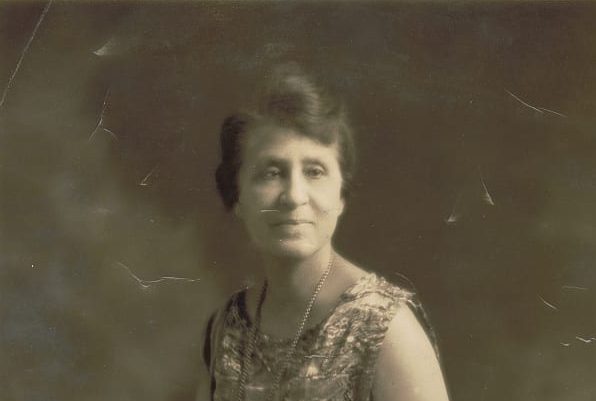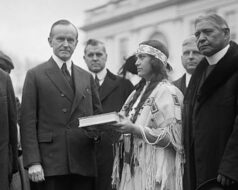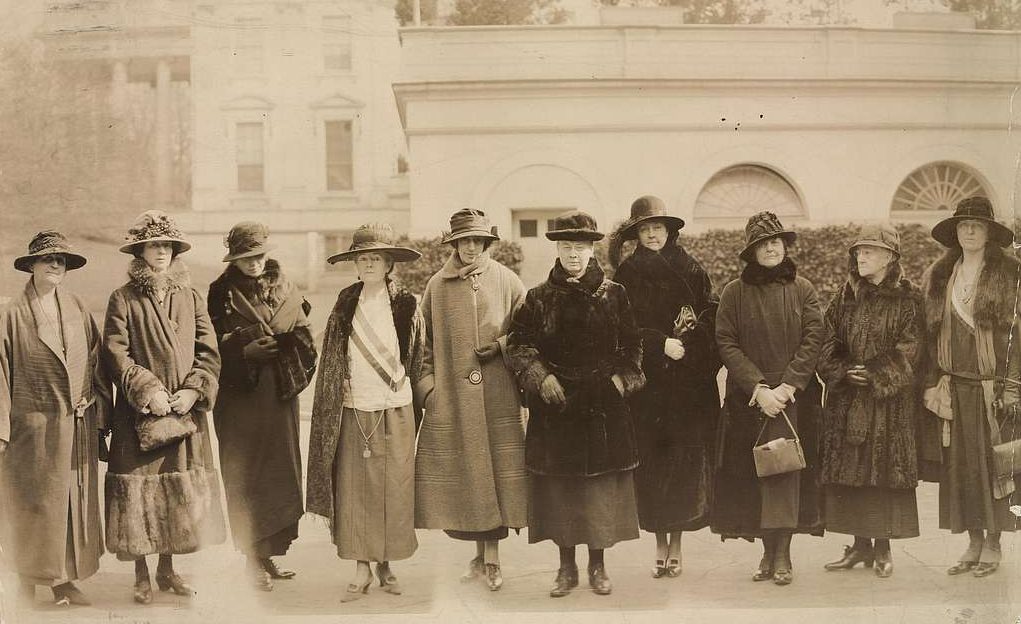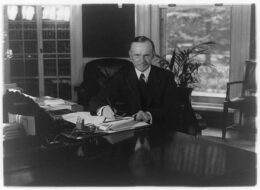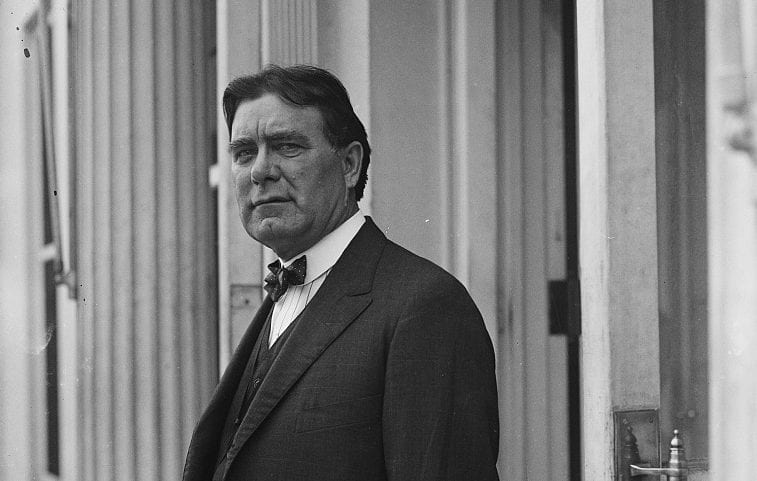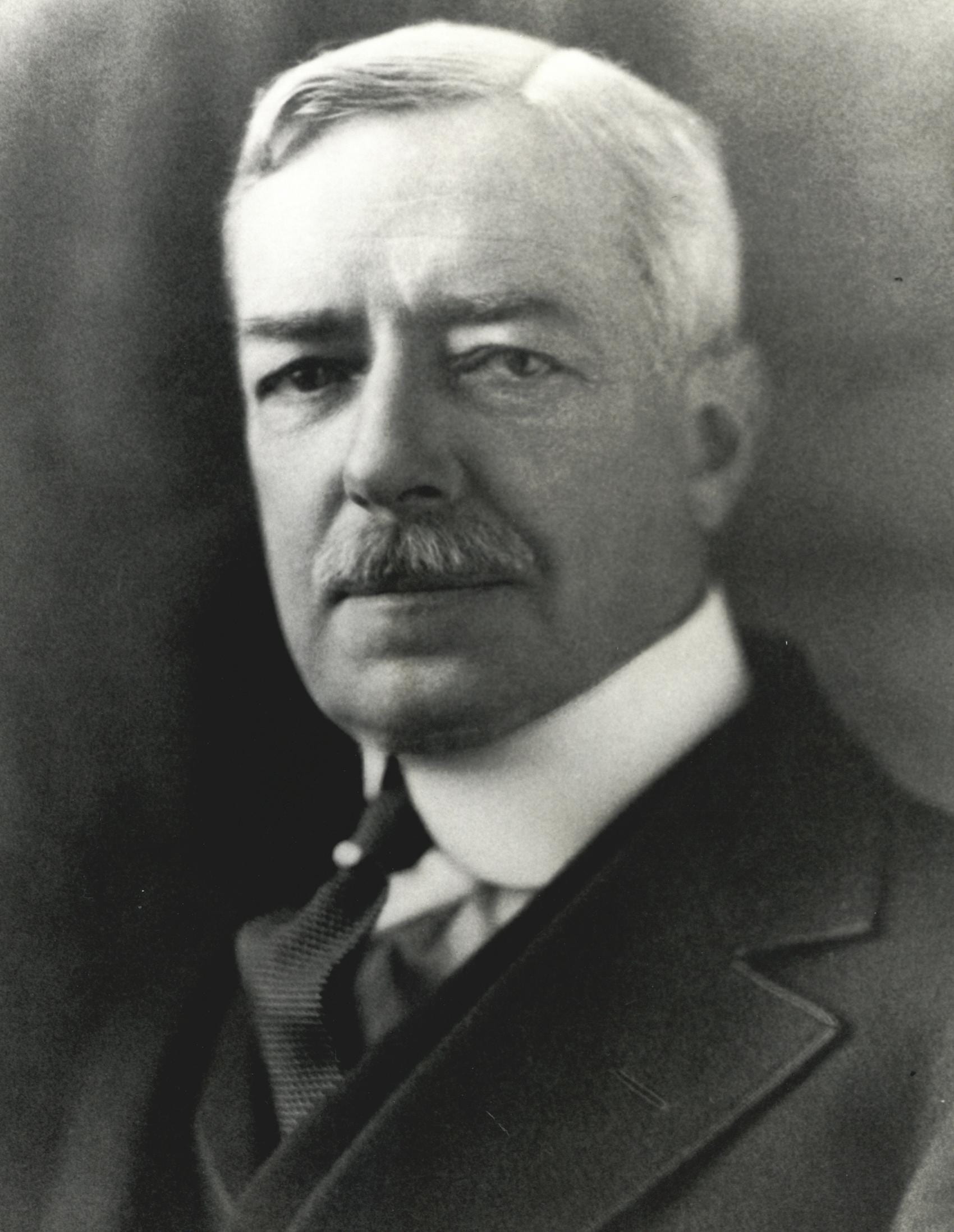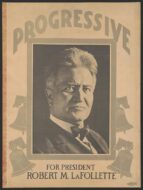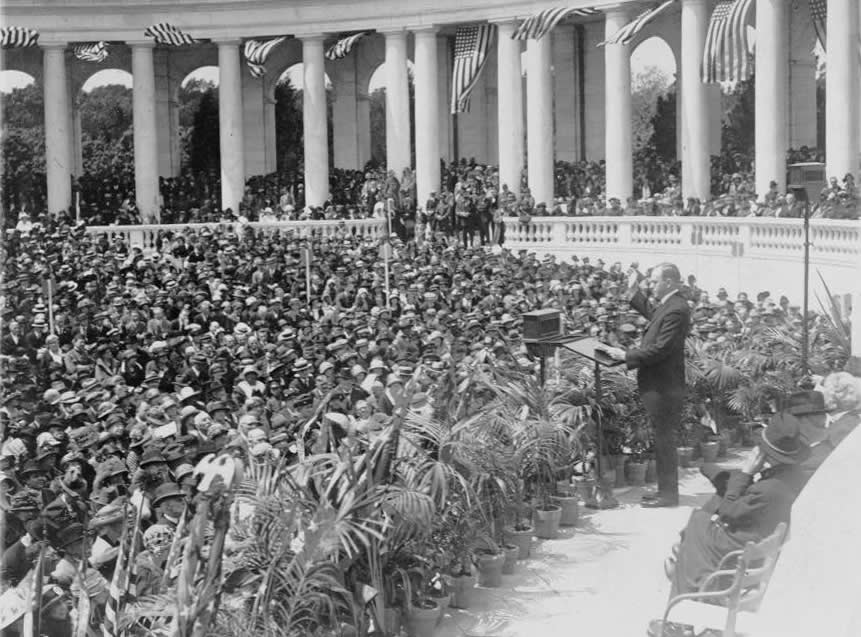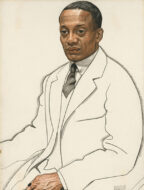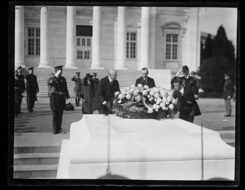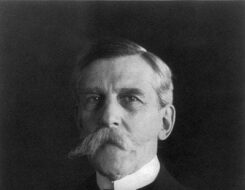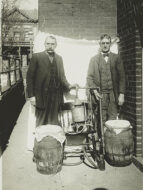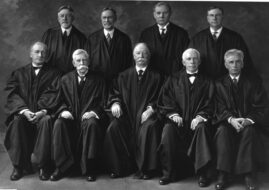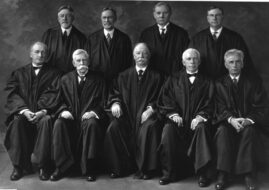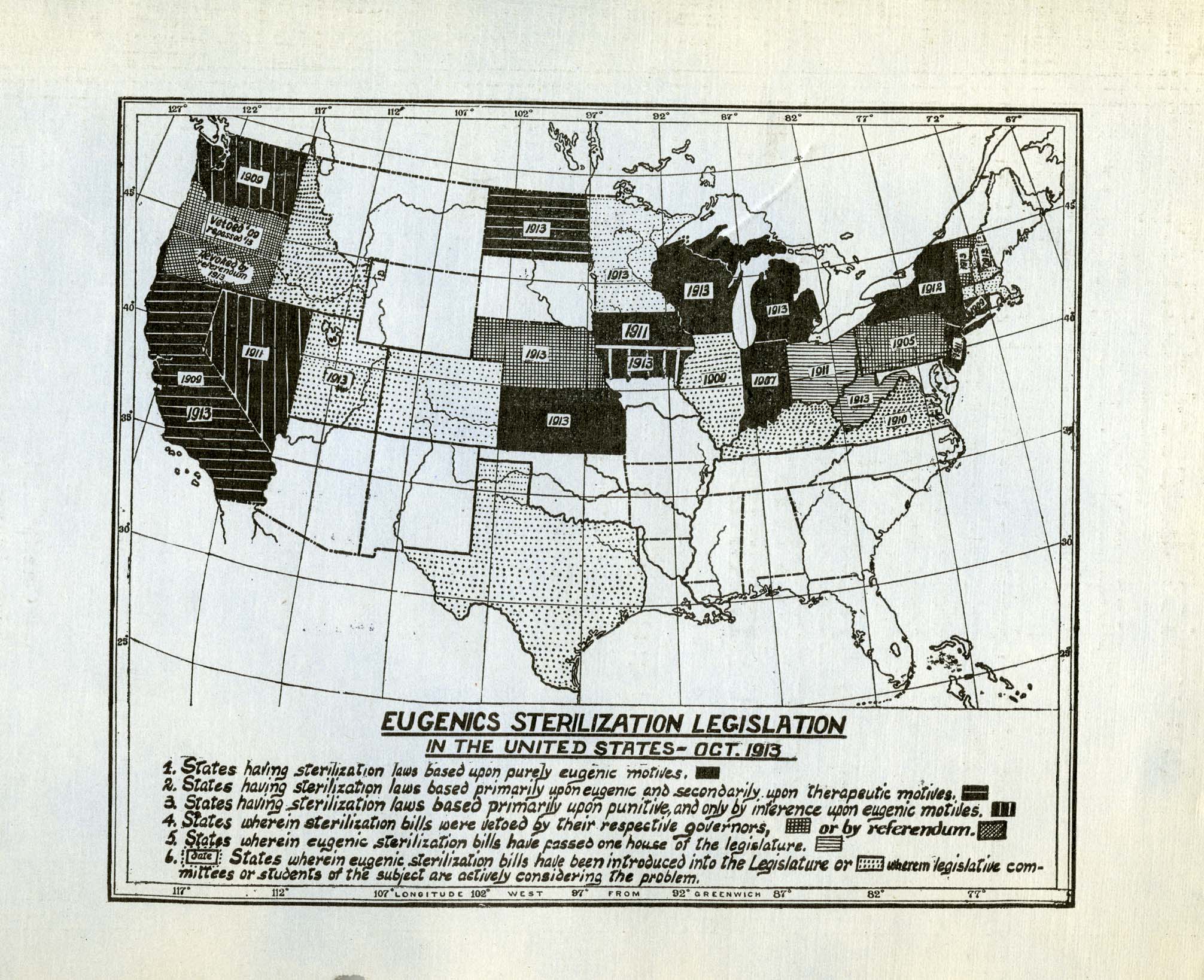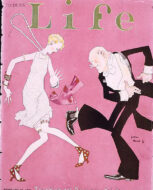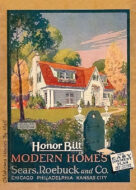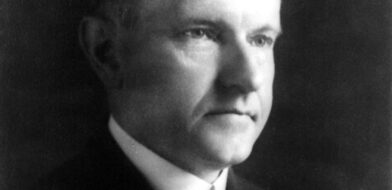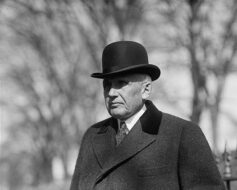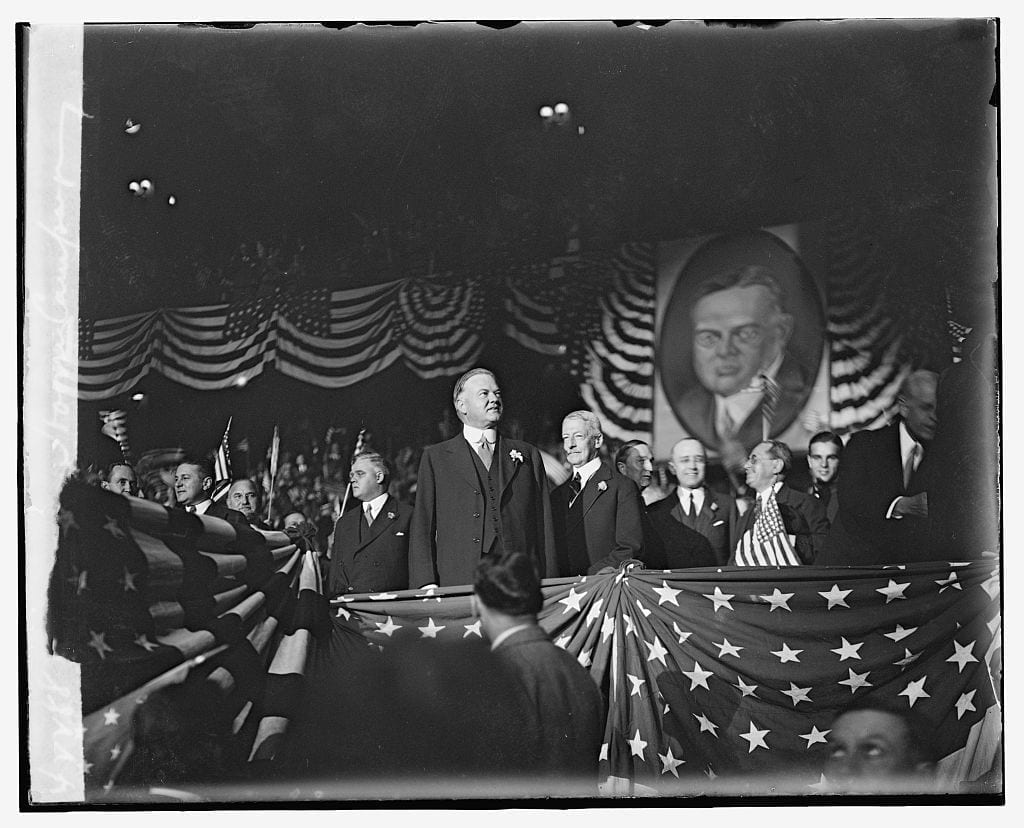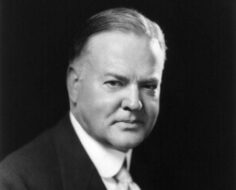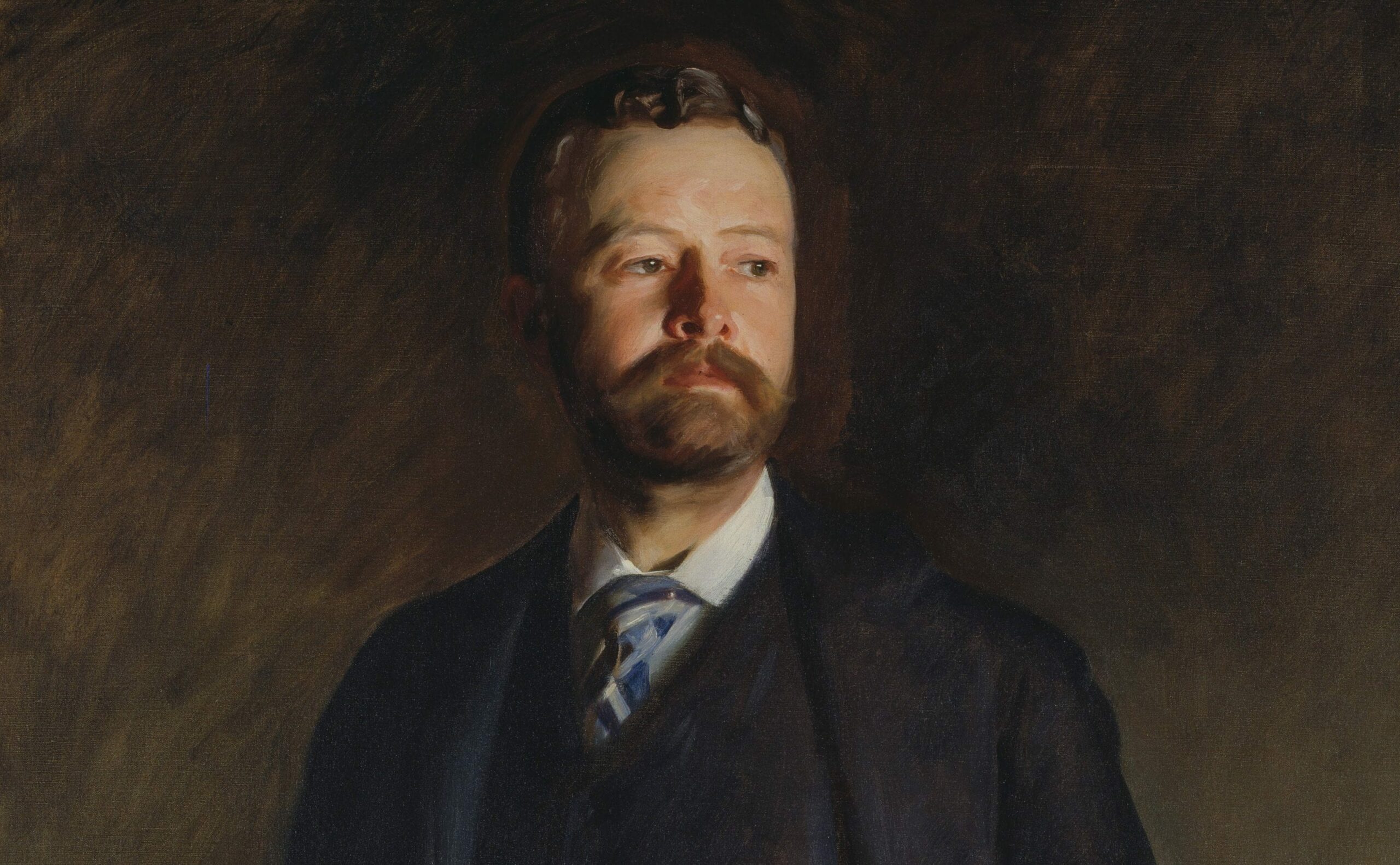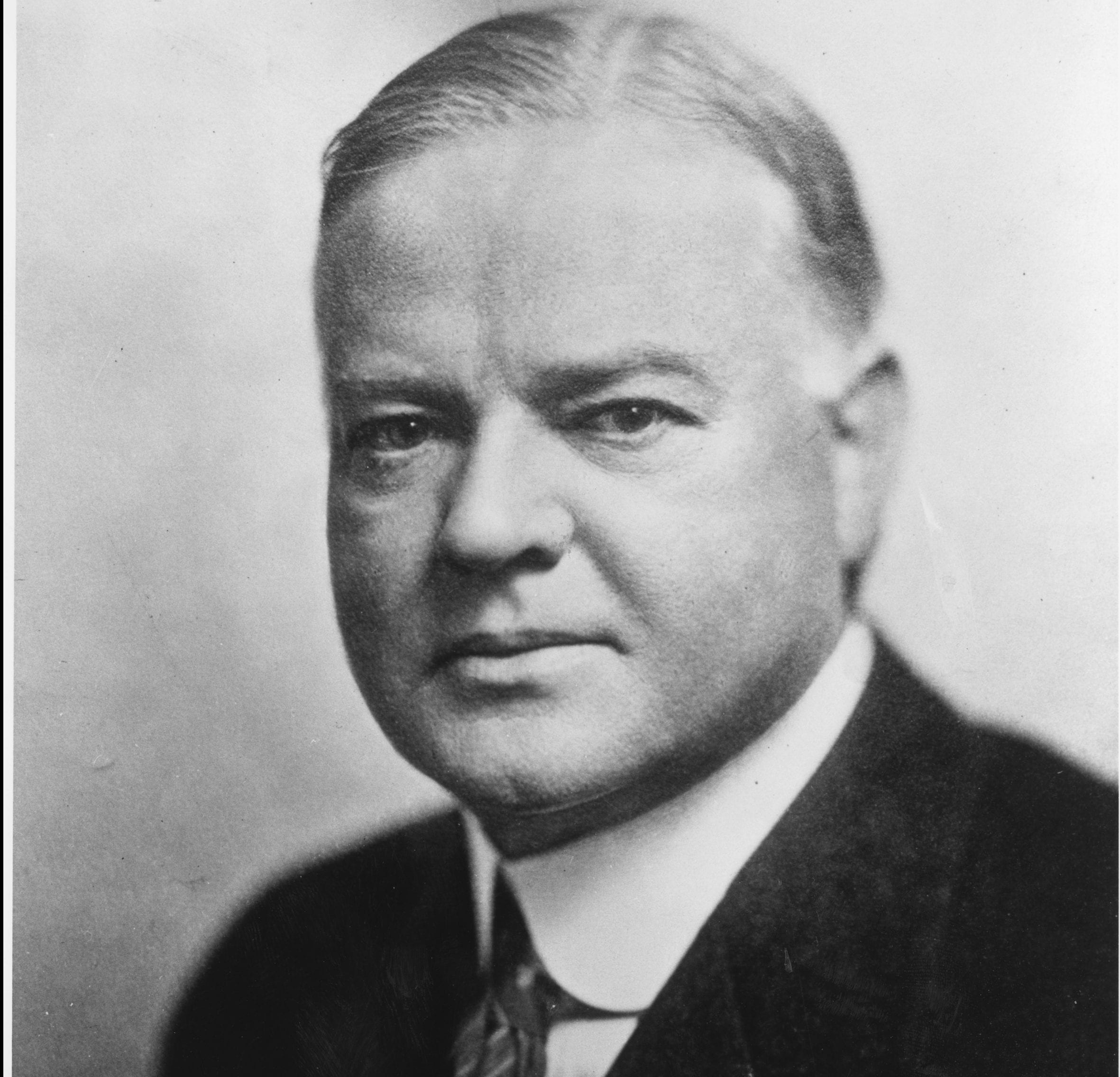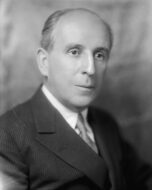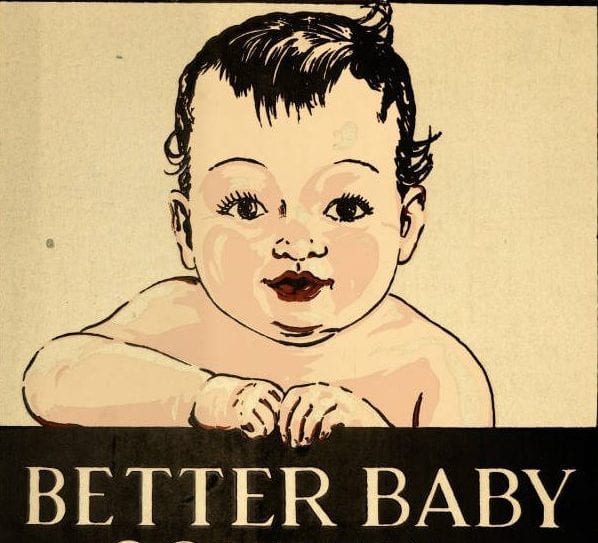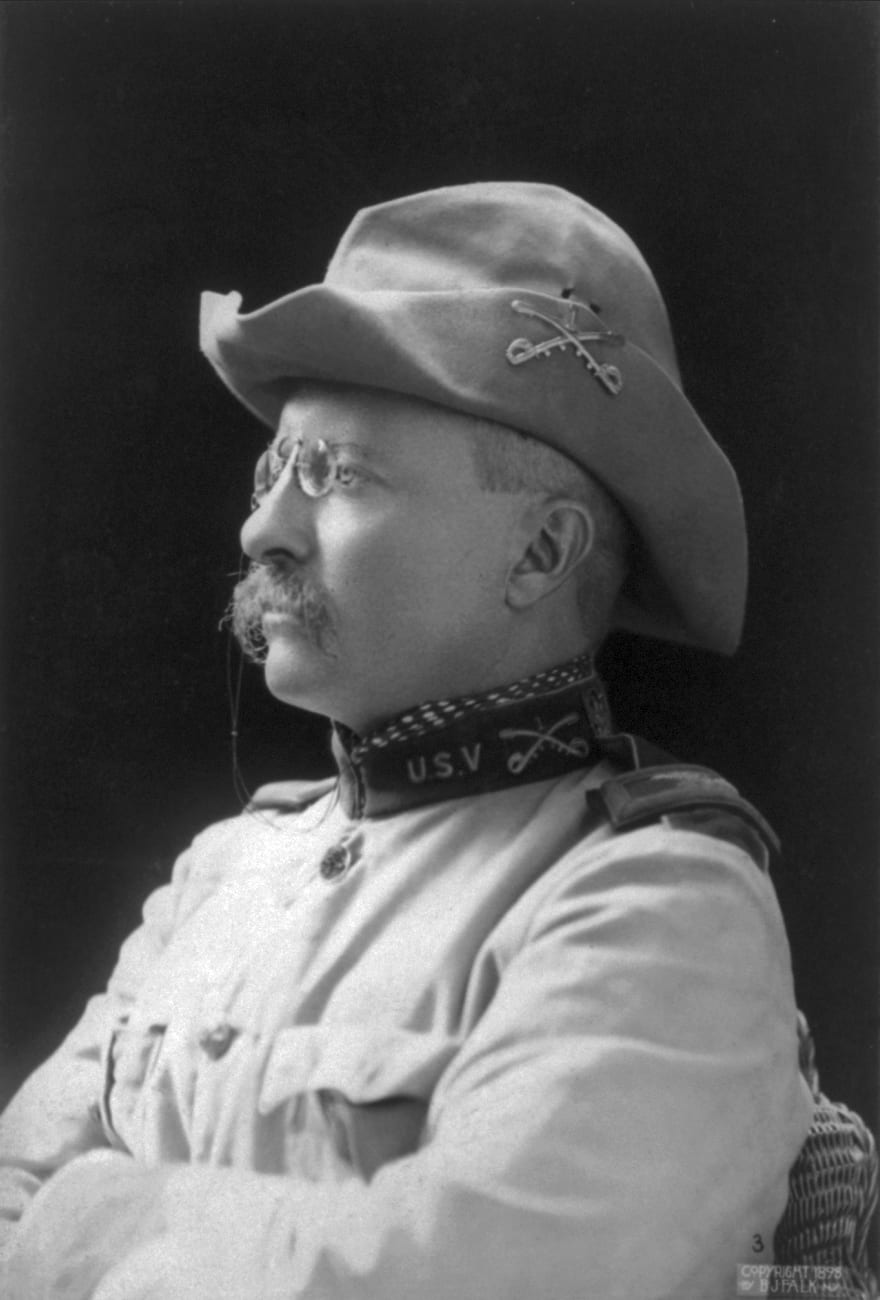
Introduction
Walter Howard Loving (1872–1945) was the son of a former slave. Born in Virginia, he grew up in Minnesota. Educated as a musician, he became a military band leader, most famously of the Philippine Constabulary Band. When William Howard Taft (1857–1930) was Governor-General of the Philippines he got to know the Constabulary Band. Taft’s familiarity with the band led to an invitation for the band to lead his inaugural parade in 1909. During World War I, Loving served in U.S. Army Intelligence in the United States, tracking radical or subversive activities among African Americans. As part of this work, Loving traveled around the United States, dressed as a civilian, visiting African American communities. After the war, he again led the Constabulary band and, in retirement, worked in real estate. He retired a final time from leadership of the band in 1940 and continued to live in Manila with his wife, where he was killed by the Japanese as American and Philippine forces retook the city. Readers should note that in making his report, Loving used a derogatory term for African Americans.
Source: RG165, Records of the War Department, General Staff, Military Intelligence Division, File 10218-361-1, pages 1–3, 12–15.
New York, August 6th 1919
CONFIDENTIAL.
From: Major W. N. Loving, P. C.
To: Director of Military Intelligence, Washington, D. C.
Subject: Final Report on Negro Subversion
On the eve of my relief from duty under your direction, I deem it advisable to render a final report in connection with the work to which I have been assigned. The reports I have rendered from time to time, which are on file in your office, contain detailed information on various radical activities among Negroes and the names of the principal individuals connected with those activities. Therefore, the object of this report is not to review the history of the various agencies through which radical sentiment has been diffused, but to acquaint the Bureau with present conditions among the Negro population with regard to radical sentiment and propaganda. In the accomplishment of this object it is necessary to direct your attention again to certain organizations, publications and individuals heretofore mentioned in my reports, since nearly all of the radical propaganda among Negroes in the United States emanates from these sources. I shall therefore deal with their present activities and endeavor to approximate the sum total of what they have accomplished. In view of recent race riots at Longview, Texas, Washington, D. C., and Chicago, Ills., the contents of this report may also be of value in throwing light upon the causes underlying such outbreaks and point the way to some remedial action to relieve the growing tension between races.
Socialism Among Negroes
Until about four years ago radical sentiment among Negroes was of a moderate character and confined to denunciation of lynching, disfranchisement, Jim Crowism, etc.[1] For the most part it consisted of editorials in the Negro press and speeches by Negro orators aimed directly at the perpetrators of each offense. Although the Government was frequently criticized for permitting various forms of oppression exercised against Negroes, there was no disposition at that time to attack the foundations of our Governmental system. It was early in 1915 that a number of young Negroes of high intellectual attainments abandoned the beaten path of the older conservative Negro leaders and boldly took up the torch of Socialism. Their advent into the Socialist Party marked a new epoch in the political and social history of the American Negro and took place at the very time best calculated to appeal to the popular mind—when a bitter struggle was being waged in this country between the forces that favored our entering the war against Germany and those favoring continued neutrality. Under the agitation and suspense attending the uncertainty of that period, these able young Negroes flashed their new message to the receptive minds of a people conscious of their wrongs. The results were rapid. Many Negroes, especially the younger element, flocked to meeting halls and street corners to hear these young men of their own race expound a new philosophy and attack the very foundations of our Government, upon which they placed the responsibility for existing political, social and economic evils suffered by both races. It is pertinent to say that New York City, with a Negro population of over one hundred thousand, is the fountain head of radical propaganda among Negroes in the United States, and it was quite natural that Negro Socialism should have had its inception in this city. The assembling in New York City of radical young Negroes from all sections of the United States (many of them graduates of colleges and universities such as Harvard, Yale, Columbia and Pennsylvania) is due to well defined sociological reasons which need not be dealt with in this report. I make mention of this fact merely to show that one who would study the development of radical sentiment among Negroes should keep in close touch with the situation in New York. The principal leaders of the Socialist movement among Negroes in New York are Chandler Owen and A. Philip Randolph.[2] Both of these men are high types of intellectual manhood. They are forceful and convincing speakers and excellent writers. Rev. George Frazier Miller, of Brooklyn, N. Y., is another able man connected with the Socialist activities.[3] He is a man of middle age, much older than Owen and Randolph, but no less radical. Another man connected with the Socialist movement is W. A. Domingo, a very able young man of West Indian birth.[4] It was Mr. Domingo who drafted the plan of campaign of the Socialist Party among Negroes, a copy of which was published in the daily press following the raid on the Rand School of Social science in this city. I consider Socialism to be of much more interest and significance to the government than any other radical movement in which Negroes are interested. Led by some of the very ablest young men of the race, this movement is steadily growing. It has been given added impetus by the very bitter feeling among Negroes throughout the country on account of mistreatment of Negro officers and enlisted men in France, as reported by returning soldiers and as published in the “Crisis” and other Negro journals throughout the United States.[5] I do not believe that I exaggerate conditions when I say that unless there is some quick and radical departure in the present policy of the Government on questions affecting the welfare and the rights of its Negro citizens, the time is not far distant when greater numbers of Negroes will be converted to Socialistic doctrines, so ably and adroitly expounded by the men above mentioned. In my opinion the government should not place too much reliance in the soothing words of the older conservative Negro leaders who are persona non grata[6] with the masses and who, in some cases, paint bright pictures in the hope that by pleasing those in power they may reap some personal advantage. I consider it more honest and patriotic, and more advantageous to the Government, to tell the truth and give warning of an impending danger that demands urgent remedial action to alleviate the conditions that are driving Negroes to Socialism and other radical activities. . . .
Race Riots and Their Cause
The recent race riots at Longview, Texas, Washington, D. C., and Chicago, Ills., call for a brief analysis of the general causes underlying such outbreaks. Some of the causes, such as lynching, disfranchisement, Jim Crowism and segregation, have been of long standing; but it required the awakened spirit of the Negro soldier returning from France full of bitter resentment to set the spark that has released the pent-up feelings of the masses. Conditions have been very tense in many places since demobilization started. Primarily, the colored soldiers returned from France very much embittered. Their grievances were compound. In addition to the grievances common to white and colored soldiers alike, were added the sting of the insidious propaganda and prejudice from which Negro soldiers keenly suffered in France at the hands of white Americans. The free social intermingling in France made the discriminating restraints of America more galling. The total absence of color prejudice among Frenchmen made the returning Negro soldier impatient and resentful of proscription at home. Open acts of hostility on the part of white Americans against them, the report of which to the War Department brought no redress or relief, intensified the discontent. Such nefarious communications as the confidential circular sent out from the American army to French officers in August, 1918, in which the French were requested to conform with American customs and traditions in their attitude toward colored American soldiers, have aroused the most bitter resentment among Negroes throughout the country. It was but natural that the bitter feeling of returning soldiers should be communicated to the civilian population. The civilian population had been nursing a discontentment at home throughout the war. While colored soldiers were shedding their blood in France, their brothers at home were being lynched and burned at the stake. Prejudice flourished as never before. Discrimination increased. Finally, the war was won. Returning colored soldiers were lynched because they were wearing the uniform of their country. Prominent southern white men announced the organizations of a second Klu Klux Klan with the avowed object of intimidating the returning colored soldiers. Sick and wounded Negro soldiers returning to their homes in the South were denied the right of the comfortable accommodations which their condition warranted and subjected to the humiliation of Jim Crow cars run under the supervision of the very government for which they had risked their lives.
Economic and social causes have also operated to create a condition favorable to riots. During the war a large number of Negroes were imported from the South as laborers. In many cases they were put on work that Negroes had never done before. This was necessary on account of the withdrawal of so many white men from civilian life into the army. When these white men returned to their homes and were demobilized, they found in many cases that their places had been filled by Negroes. Under the most favorable circumstances this condition would have brought about some friction; and the feeling was intensified when the Negroes were not discharged immediately to make room for the whites. Again, Negroes have moved into so called white neighborhoods. They have been thrifty and have saved money. They have bought homes in desirable districts where life is comfortable and enjoyable. Invisible and pernicious forces, always working for disharmony among the working people, have informed the white laboring class that the Negro is trying to be their social equal by buying fine homes and living right among them. Under the belief that this mark of Negro progress should be stopped, some of the poor misguided white workers have been prompted to throw bombs into Negro homes. The Negro has finally decided that he has endured all that he can endure. He has decided to strike back. Thus, when some little incident happens, such incident is not the cause of the riot but merely the occasion for it. The slightest occurrence may now light the magazine which has been formed by economic, psychic and social forces. For example: Two boys get into a fight; a Negro rubs against a white woman; a conductor speaks brusquely to a colored woman; a white man calls a colored man a “nigger”, and the riot is on. Every means is ready for stimulating the riot. Here military lessons come into play. The Negro has been taught to fight. Added to a natural pugnacious instinct, he has been given the equipment, both intellectual and physical. The government has taught him the lessons of violence during the world war. Defense of himself against German whites is quickly shifted to defense of himself against American whites. As a whole, Negroes have resolved never again to submit to the treatment which they have received in the past and any attempt to deny them such privileges and rights as they are entitled to, in common with other men, will be promptly resented. The above is a true statement of existing conditions, verified by personal observation and contact with Negroes of all classes.
Segregation
In my opinion the segregation of Negroes in large cities, whether voluntary or involuntary, is a menace to public safety. This segregation is usually accomplished by real estate men who pursue the policy of renting or selling to Negroes only in a given area of the city. The best relations obtain where the Negro population is scattered throughout the community for, under these conditions, the white and colored families living in the same neighborhood know each other, at least by sight, and in some cases become quite friendly. In a great many cases real estate agents are responsible for friction between whites and Negroes. For instance, a real estate agent will sell a house in a white neighborhood to a Negro and then take measures himself to arouse the indignation of the whites, even to the extent of hiring hoodlums to use violence. Unless the Negro purchaser has the courage to remain he is very apt to go back to the same real estate agent and employ him as broker to sell the house back to some white man. By this method the real estate broker gets a double commission from the Negro in addition to the commissions which he collects from the two white men who sell and buy the house, respectively. Segregation breeds antagonism between the races for two reasons. First, it makes each suspicious of the other through lack of knowledge and acquaintance. Second, it arouses antagonism by establishing in the mind of the white man a contempt for all Negroes and in the mind of the Negro a grim determination to break down the bars. In Washington, Philadelphia, Chicago and New York, the sections known as “black belts” might well be termed “cities within cities”. I consider this a dangerous condition because in the event of riots or other disturbances necessitating the employment of police powers these “black belts” become in reality hostile alien territory even to innocent white men just as other sections of the city become hostile territory for innocent Negroes. Thus it has happened on more than one occasion that innocent white men and innocent Negroes have been beaten or even killed during race disturbances on account of the policy of segregation which has always fostered race antagonism. As an example of the danger of segregation, I cite one incident of the Chicago riot. Fifteen white men in an automobile truck turned up State Street at 30th and began shooting right and left into the crowd of Negroes on the sidewalks. Before this truck reached 36th Street every man in it had been killed or wounded, the Negroes capturing the truck and taking the arms of the invaders. With this in mind I wish to reiterate that in my opinion segregation is a public menace and should be discouraged.
Conditions in New York
As I have previously stated, New York City is the fountain head of all radical propaganda among Negroes. Centered in this city are the most radical Negro publications and the most radical Negro speakers. Frequent mass meetings are held to spread radical propaganda and soap box orators speak on the streets of Harlem every night arousing the masses to hostile action against present conditions. These speakers continually assert that Negro soldiers went to France to fight for democracy for themselves and their families at home. The conditions in New York are such that it is impossible for any conservative Negro speaker to get a hearing. Harlem, “the black belt” of New York, with one hundred thousand Negroes of various nationalities, is a hot bed of radicalism which requires continual vigilance on the part of the government. I therefore recommend that one operative be retained in New York for the purpose of keeping the Intelligence Officer at New York advised of conditions in Harlem.
In severing my connection with the Intelligence Division, I wish to express my appreciation for the courtesy and cooperation extended to me by the Director and his staff, as well as for the careful manner in which my confidential reports have been handled.
W. H. LOVING
Major, P.C., Retired.
- 1. “Jim Crowism” refers to the system of segregation in the south that developed after the end of Reconstruction.
- 2. Chandler Owen (1889–1967) was a writer and member of the Socialist Party of America. A. Philip Randolph (1889–1979) was a prominent African American labor leader and civil rights activist (see Document 35).
- 3. George Frazier Miller (1864–1943) was a clergyman and one of the attendees of the Niagara Movement meeting in 1905.
- 4. Wilfrid Adolphus Domingo (1889–1968), born in Jamaica, was a writer and newspaper editor.
- 5. The Crisis was the official magazine of the National Association of Colored People. The mistreatment spoken of was of African Americans by white Americans serving with them in France. See below.
- 6. “Persona non grata” means a person who is unacceptable or unwelcome. The term is borrowed from diplomacy, where it designates a foreign representative ordered to leave a country by that country’s government.
Opposing the League of Nations
August 12, 1919
Conversation-based seminars for collegial PD, one-day and multi-day seminars, graduate credit seminars (MA degree), online and in-person.
